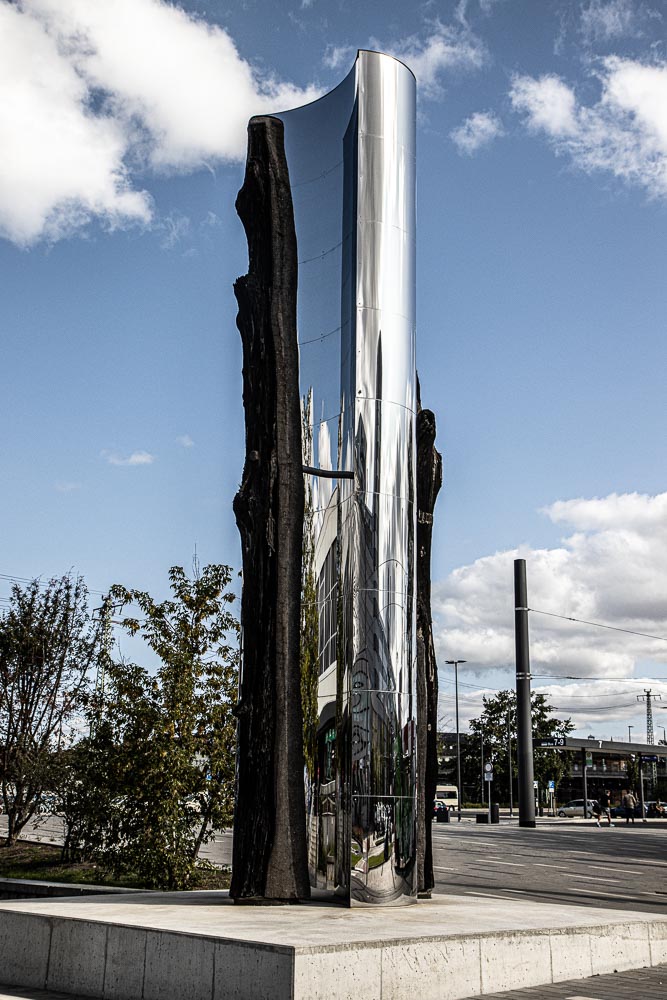
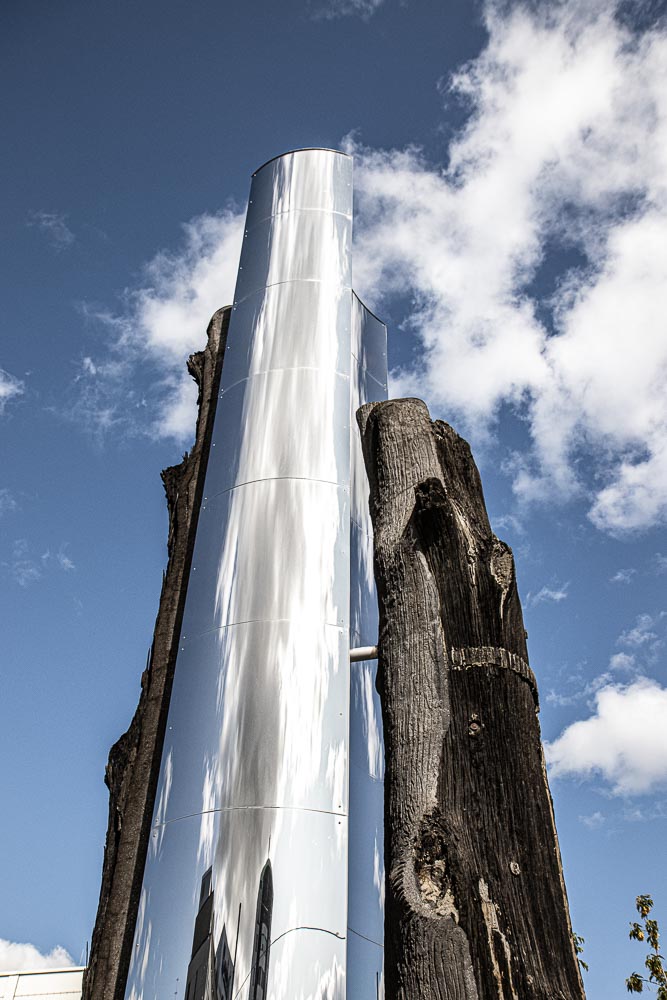
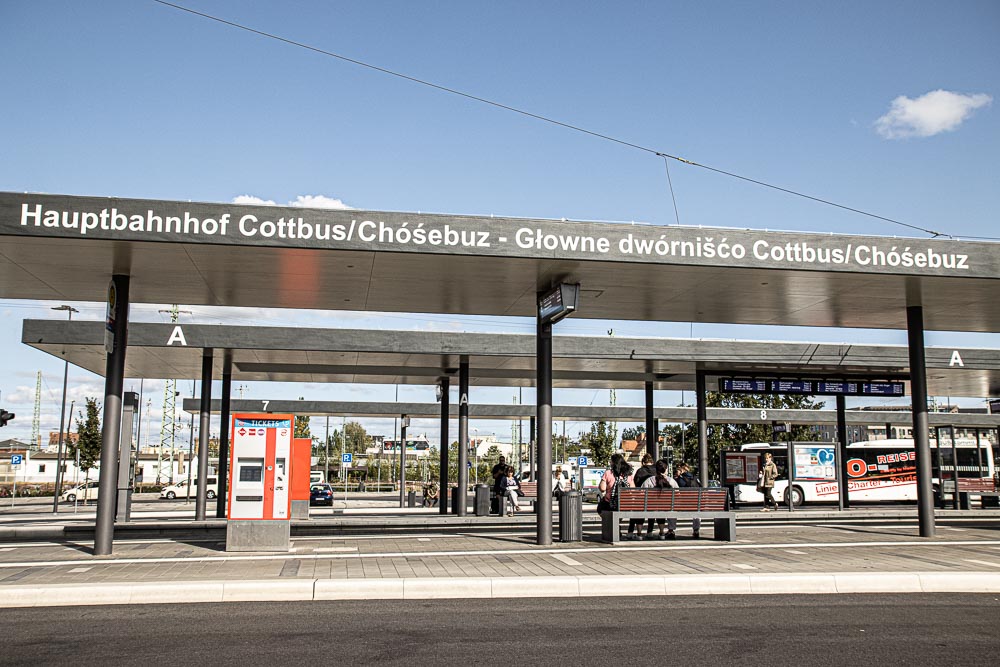

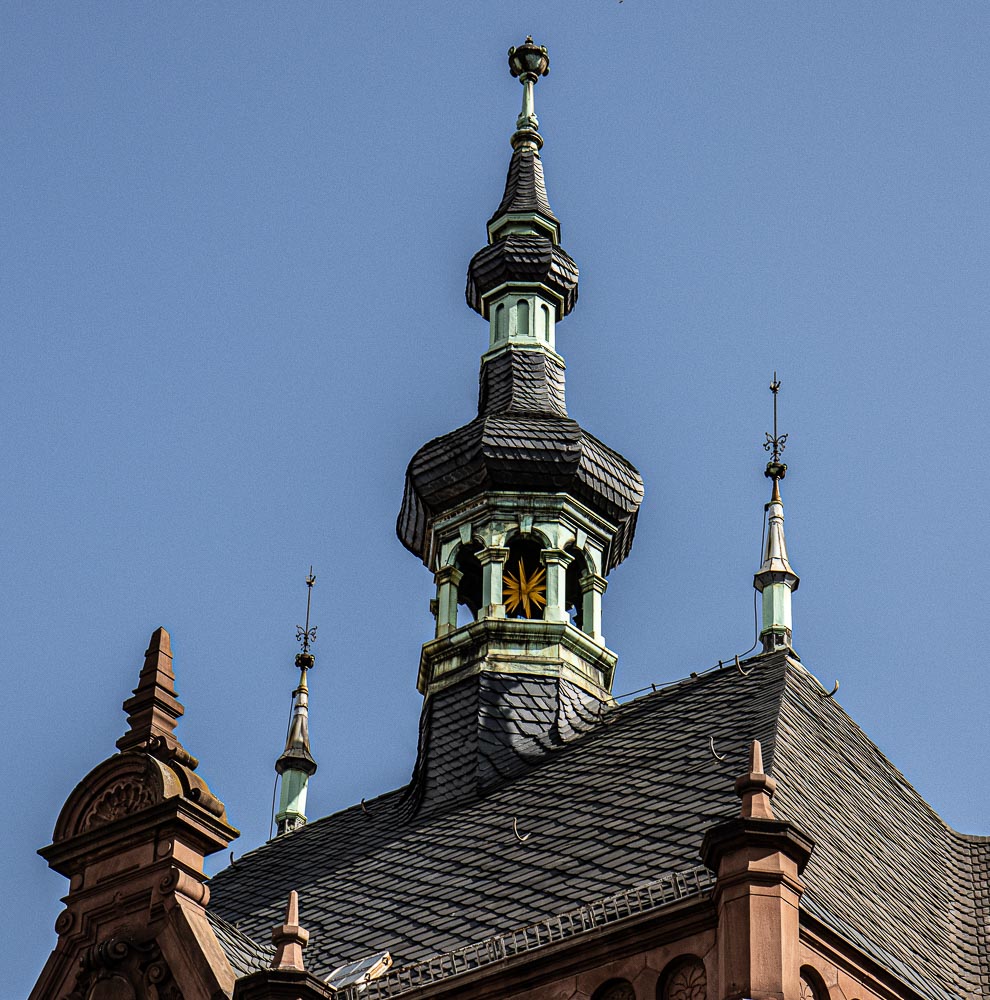
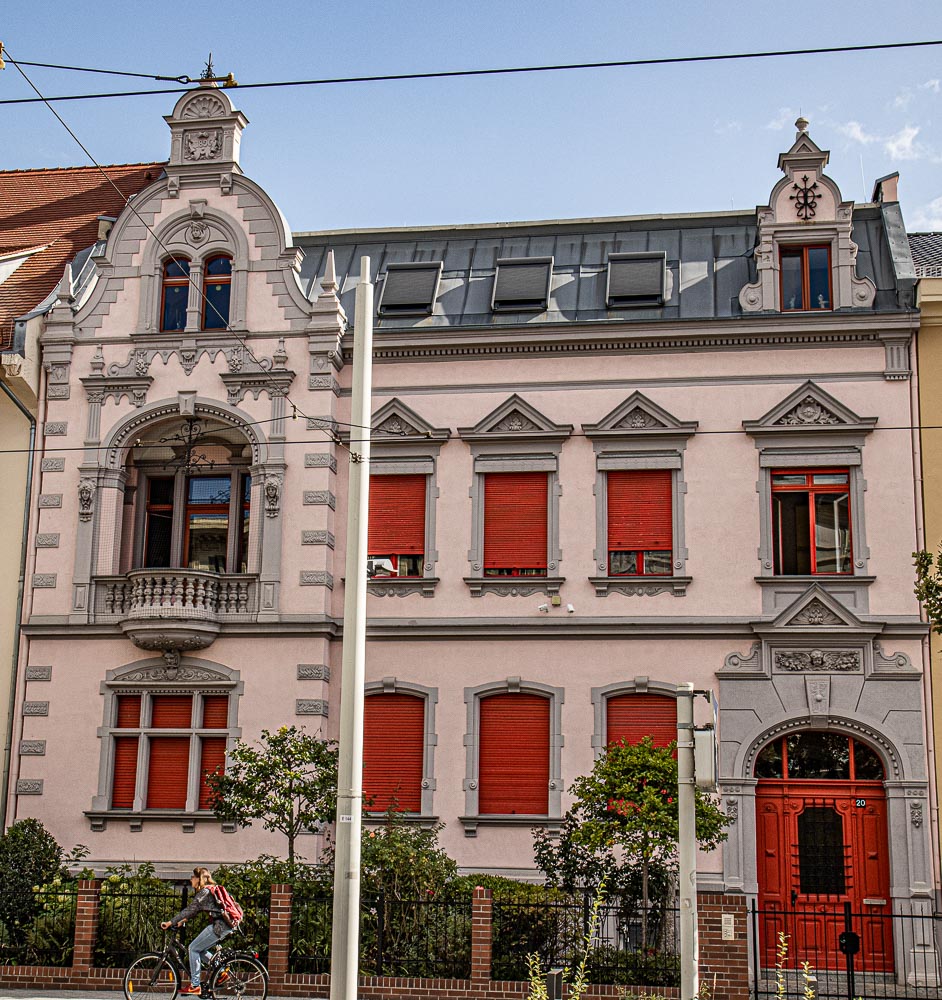
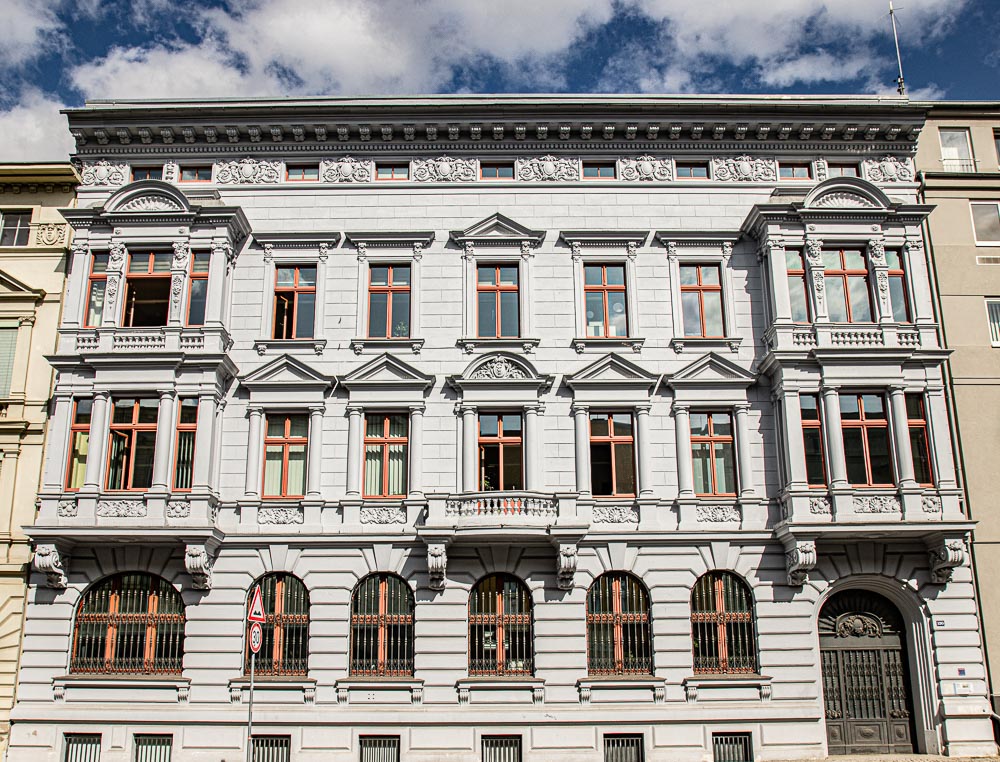
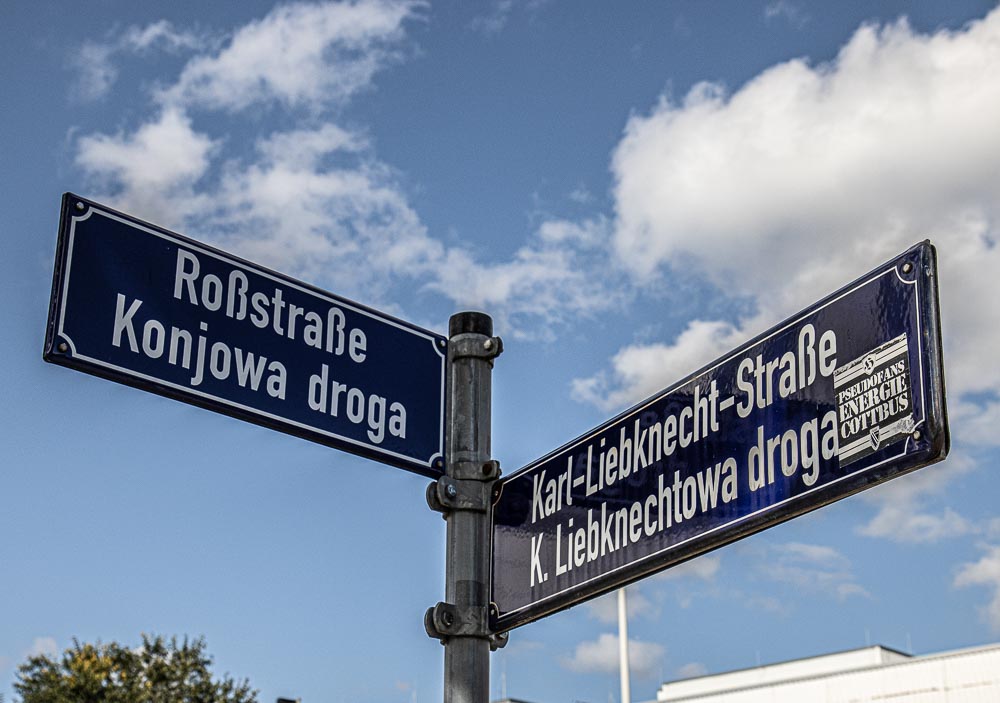
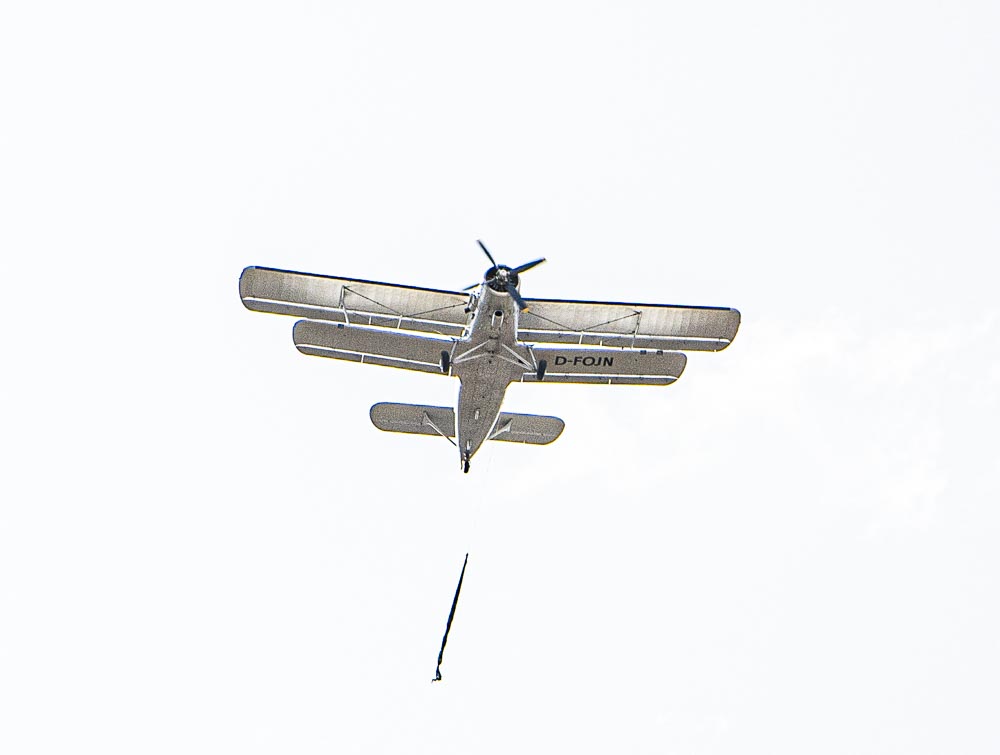
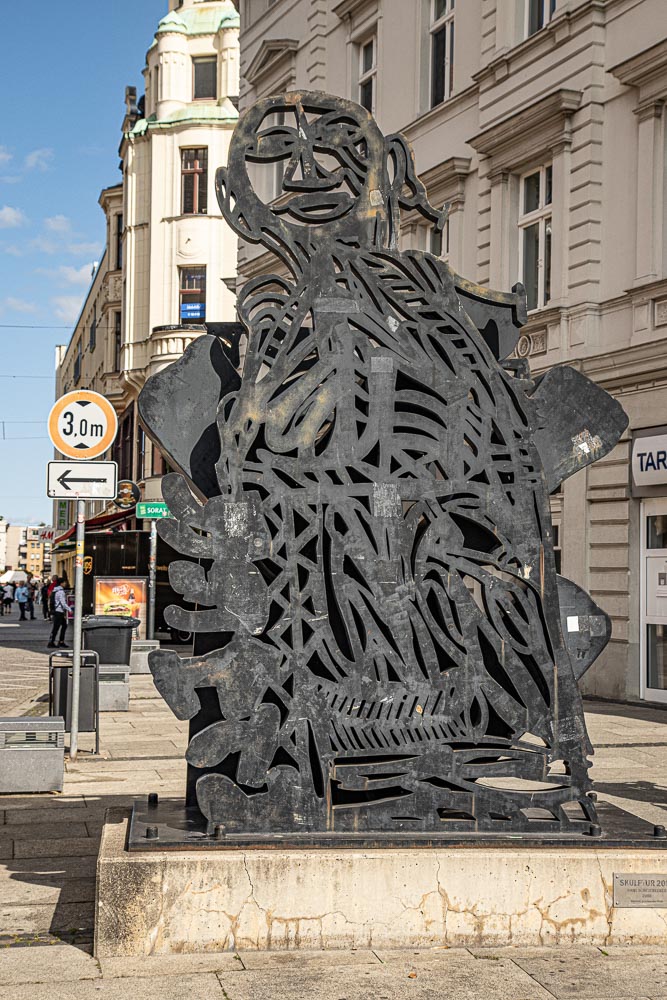
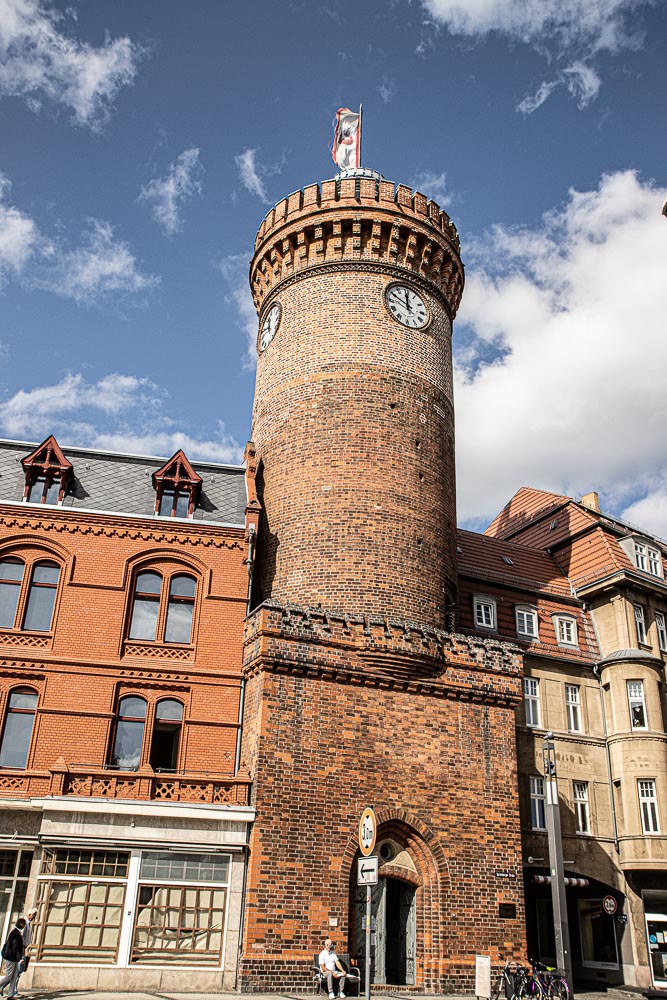
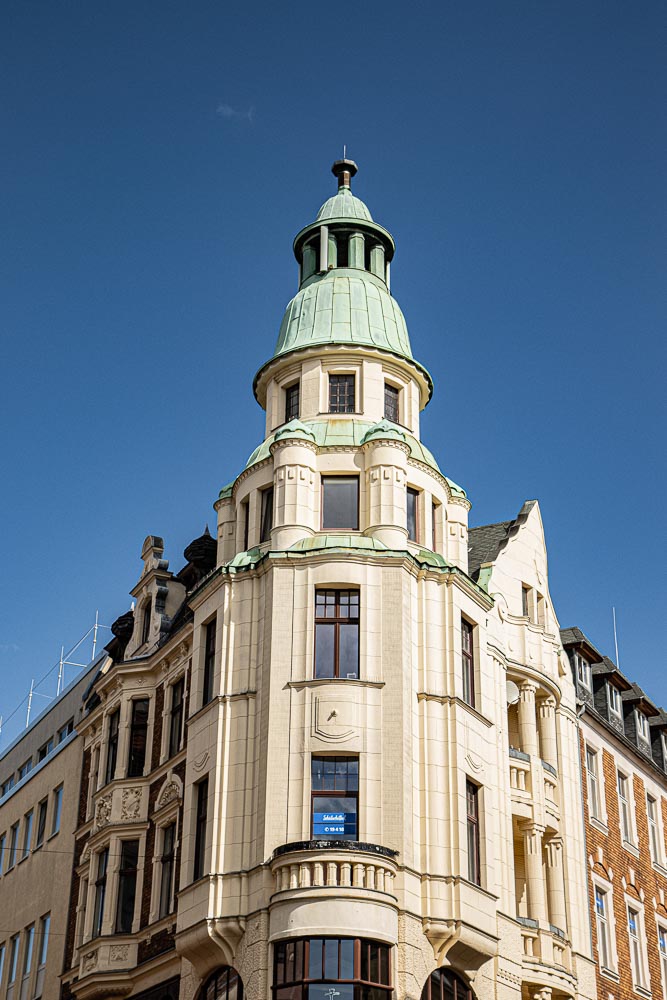
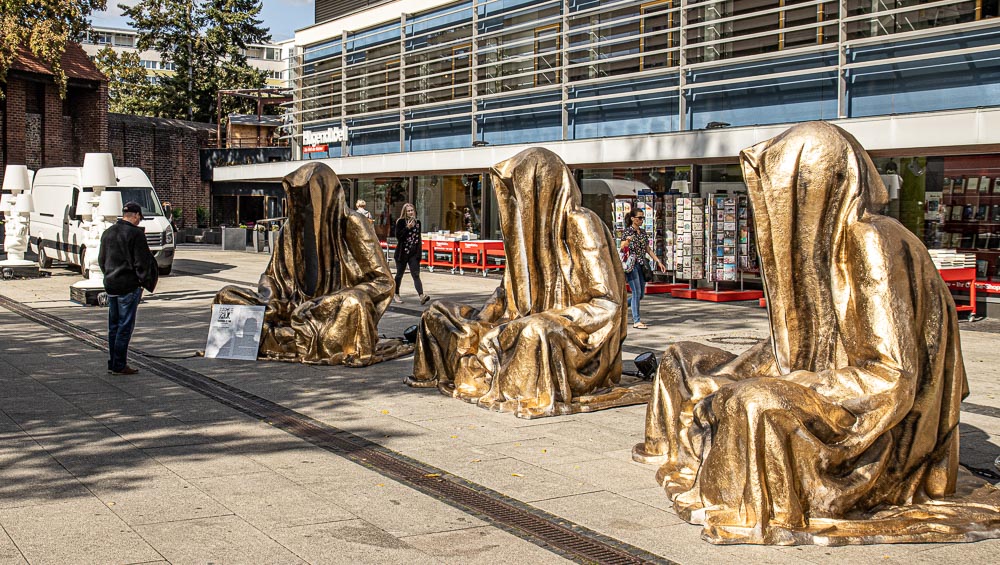
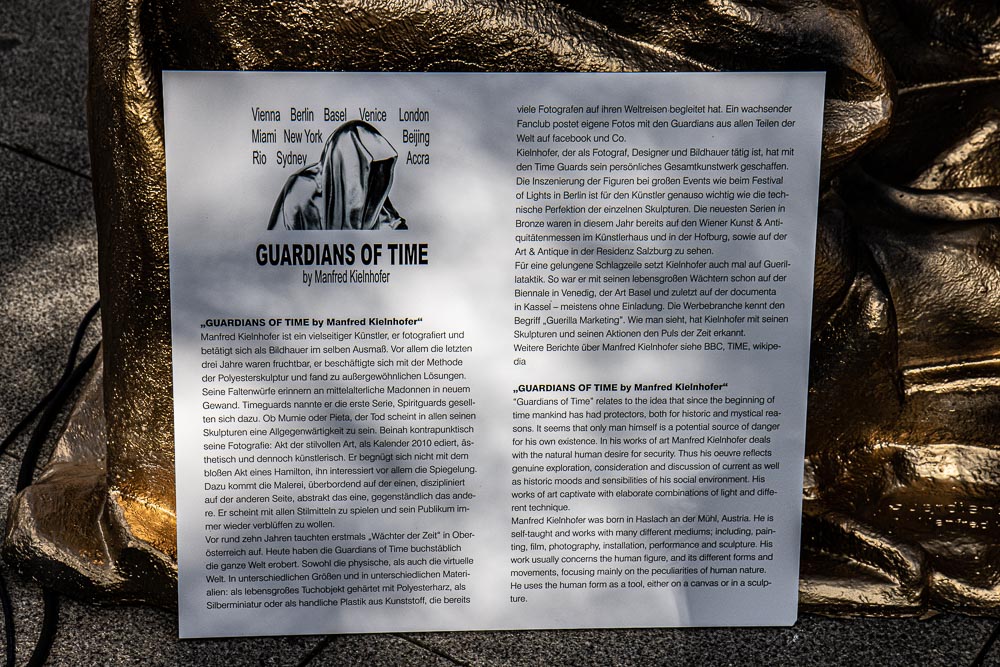
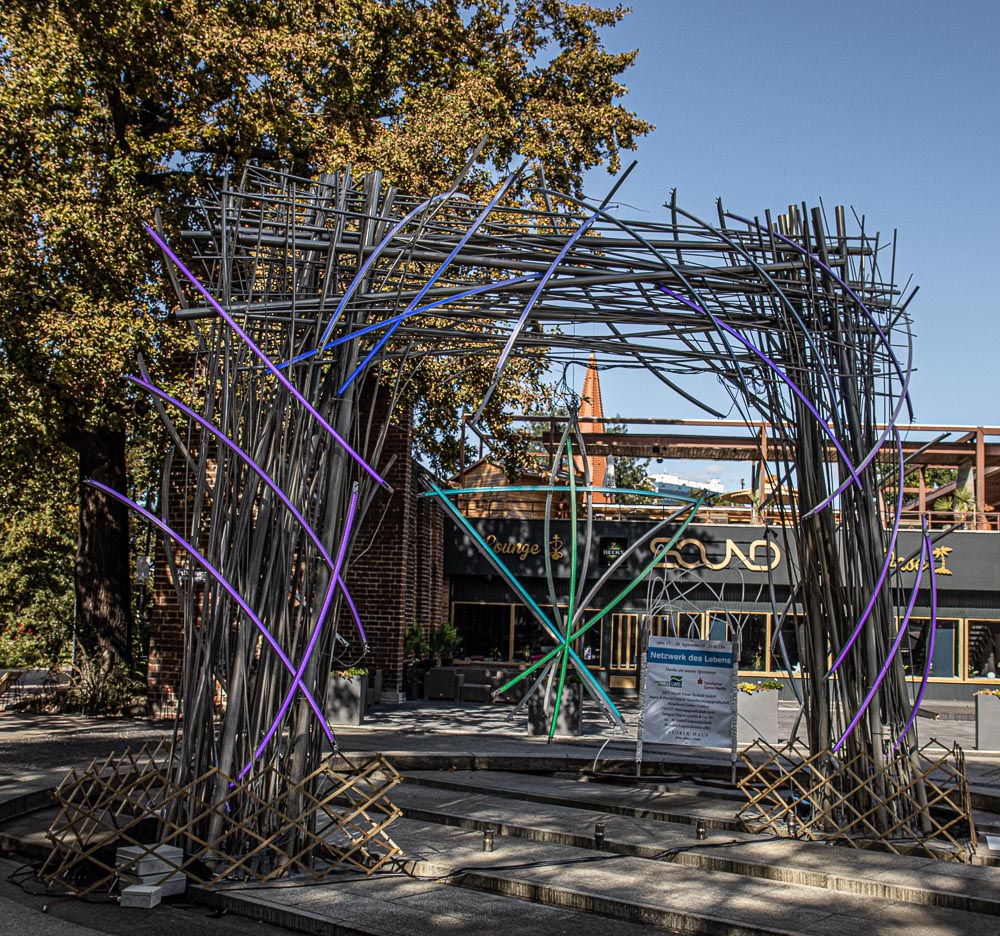
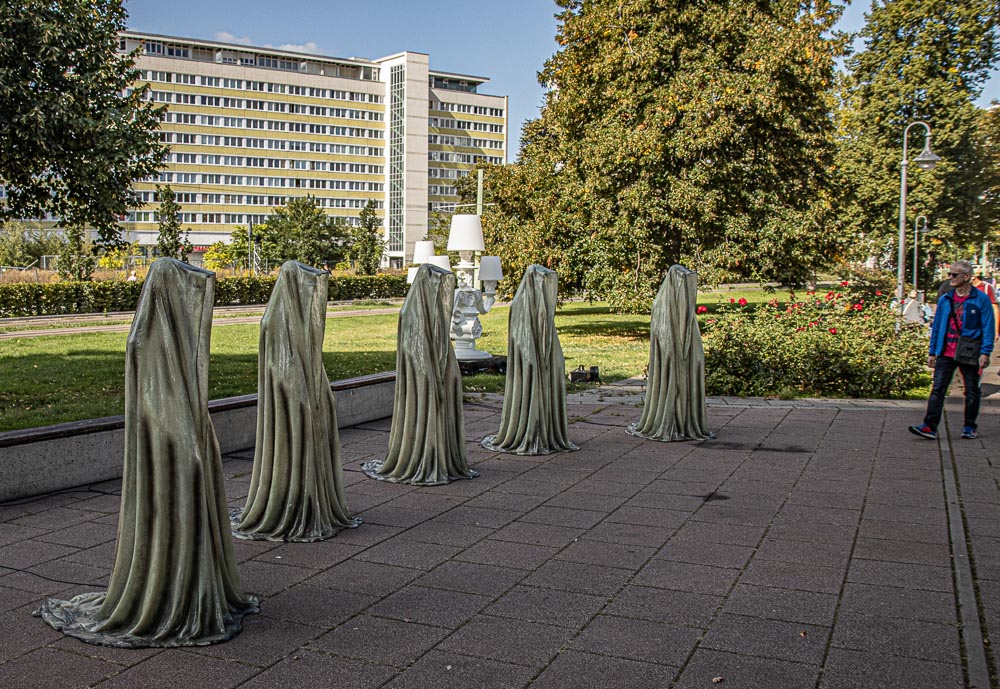
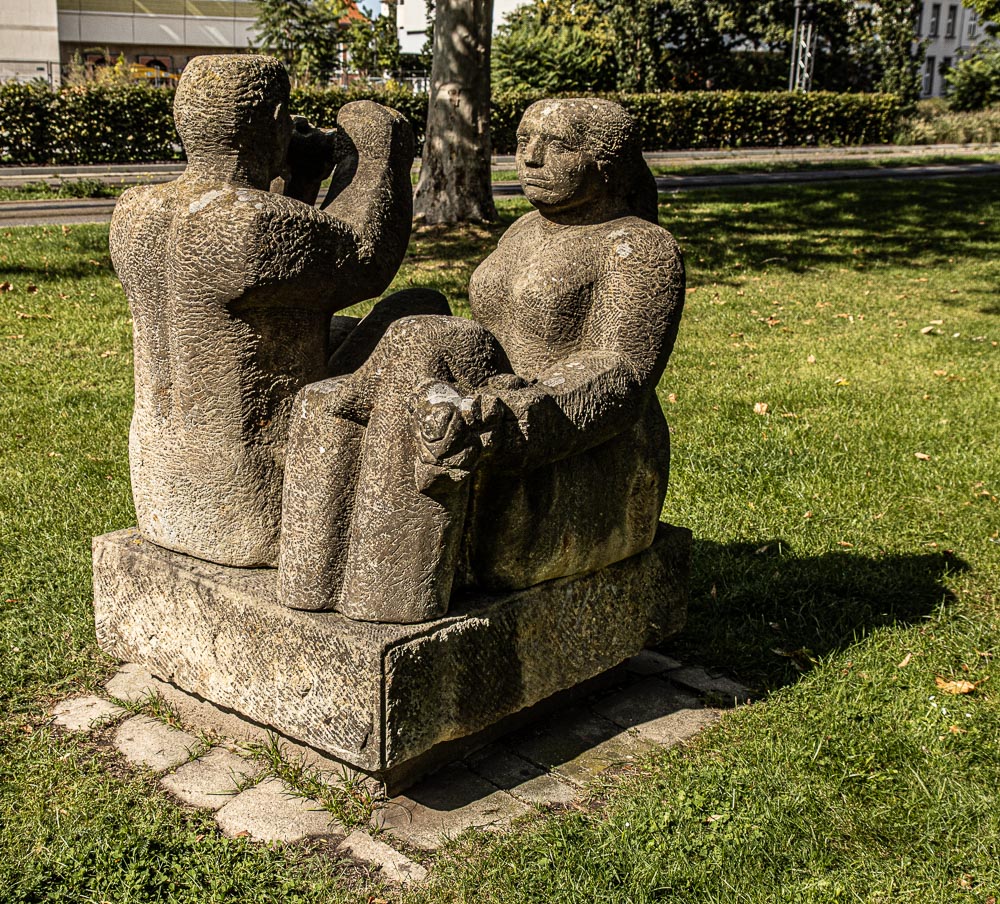
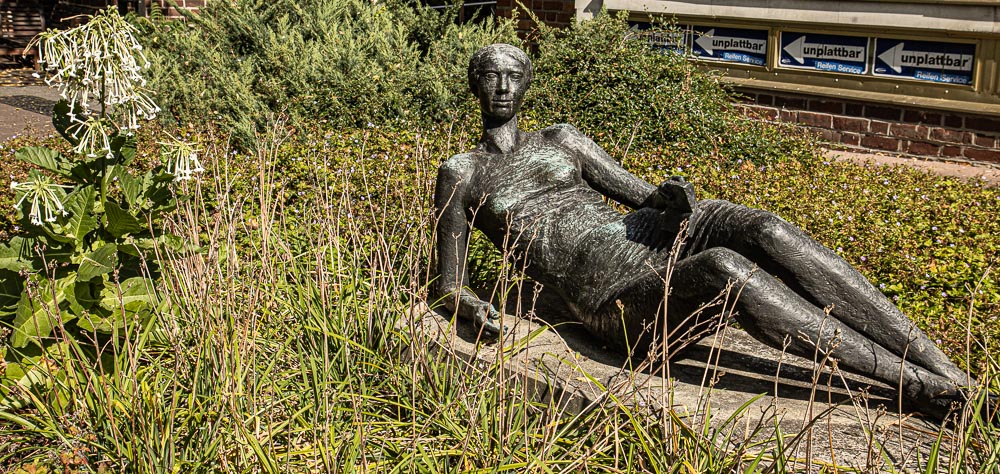
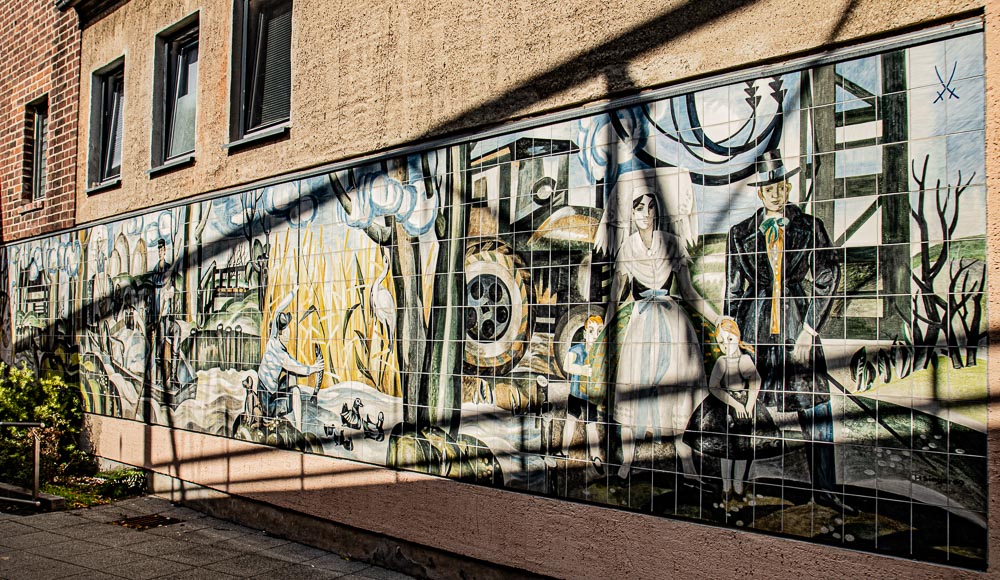
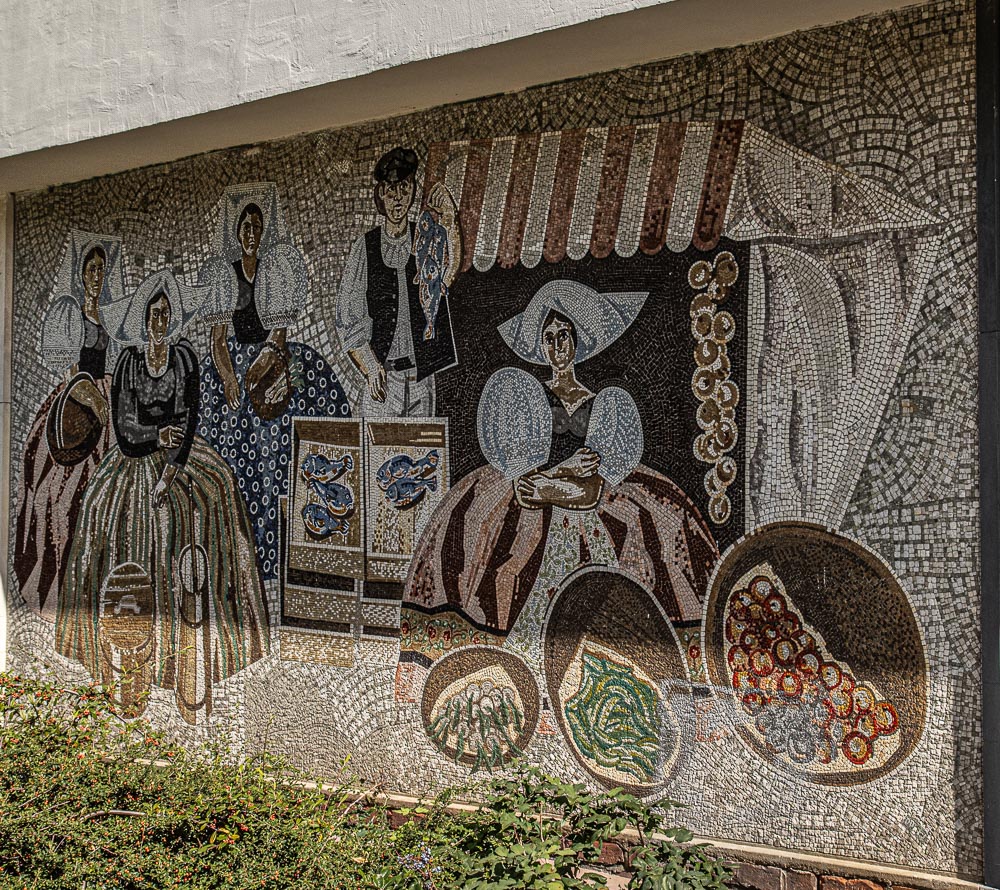
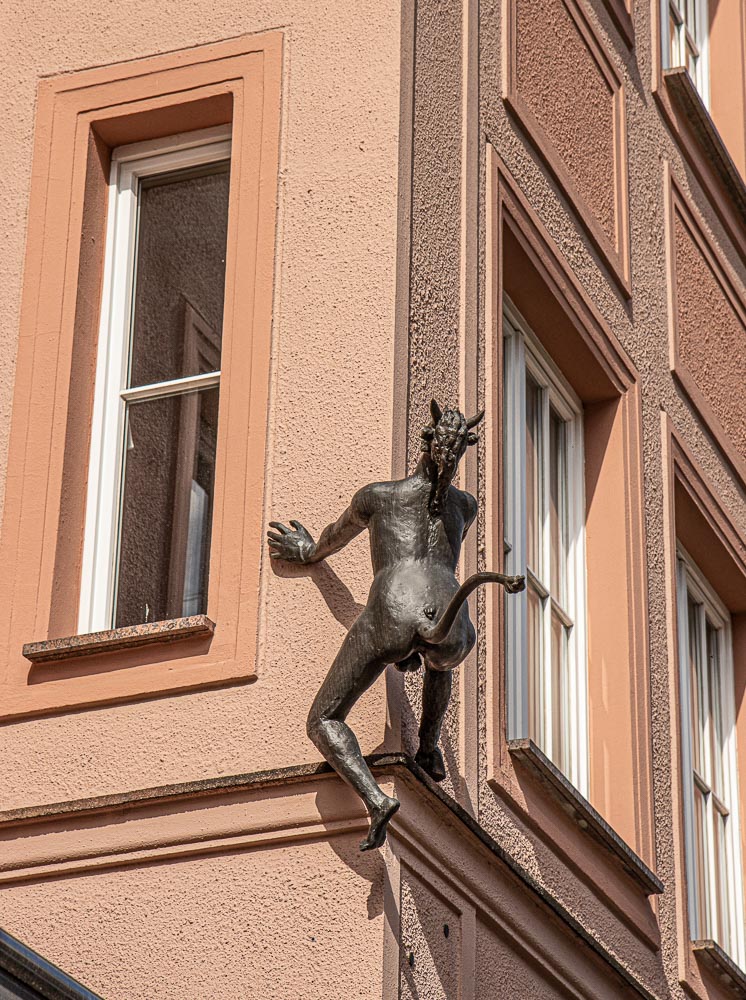
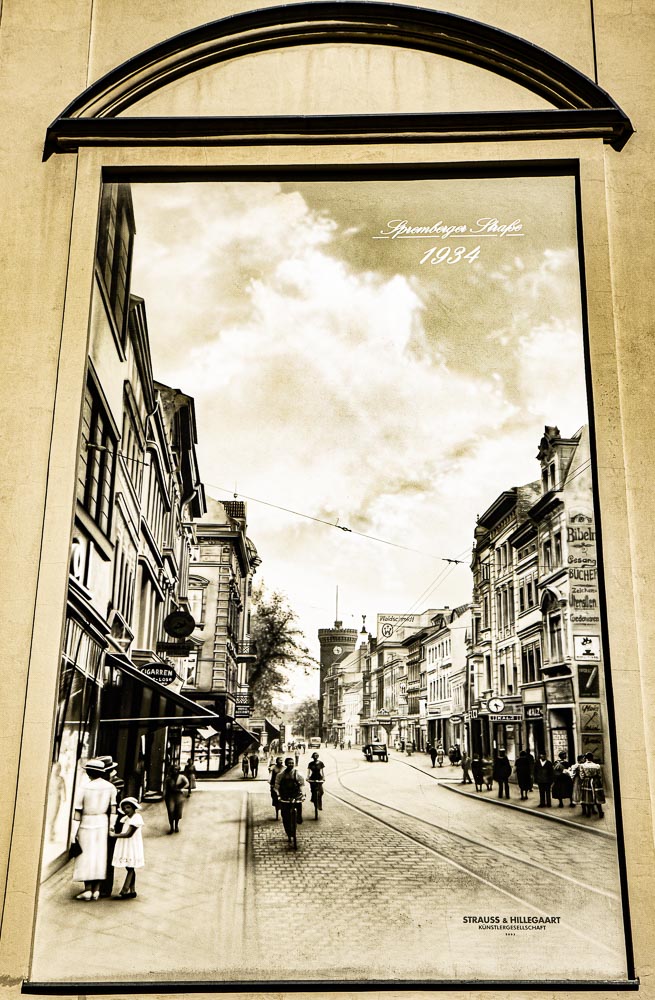
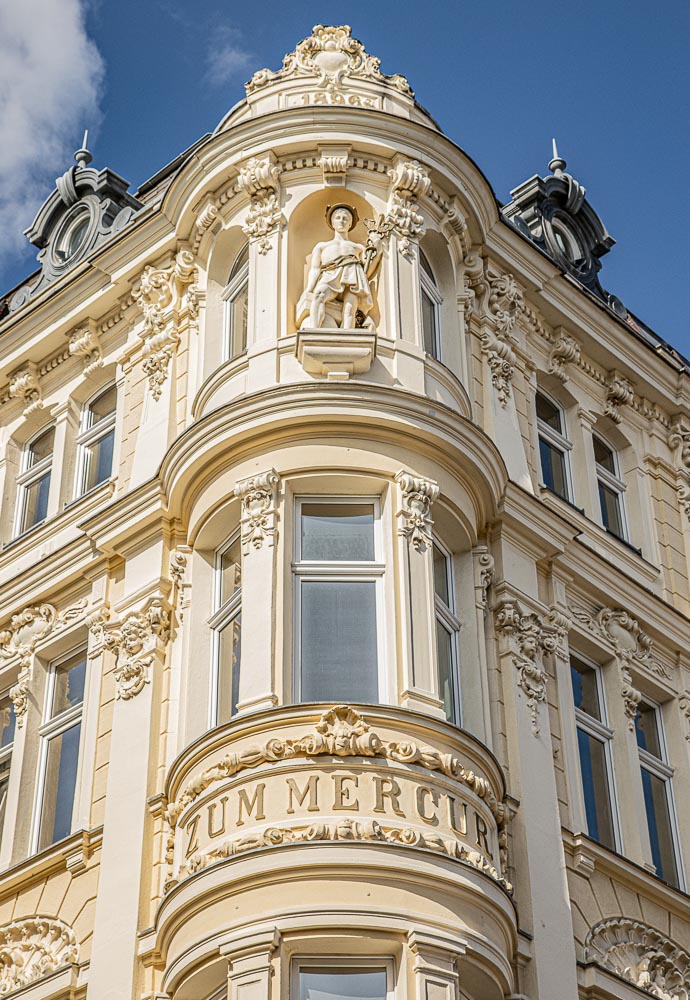
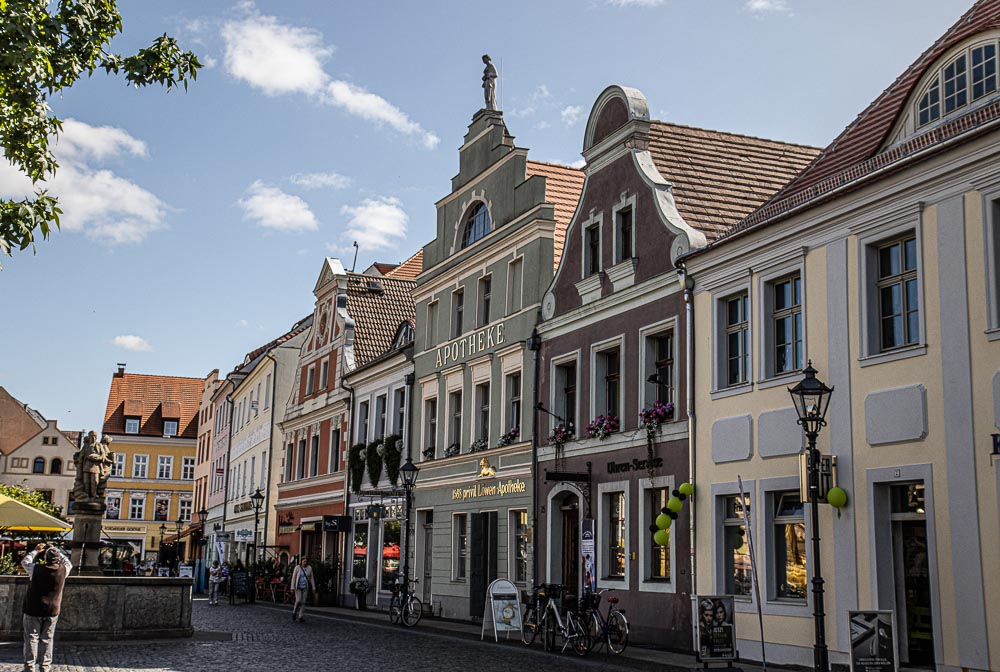
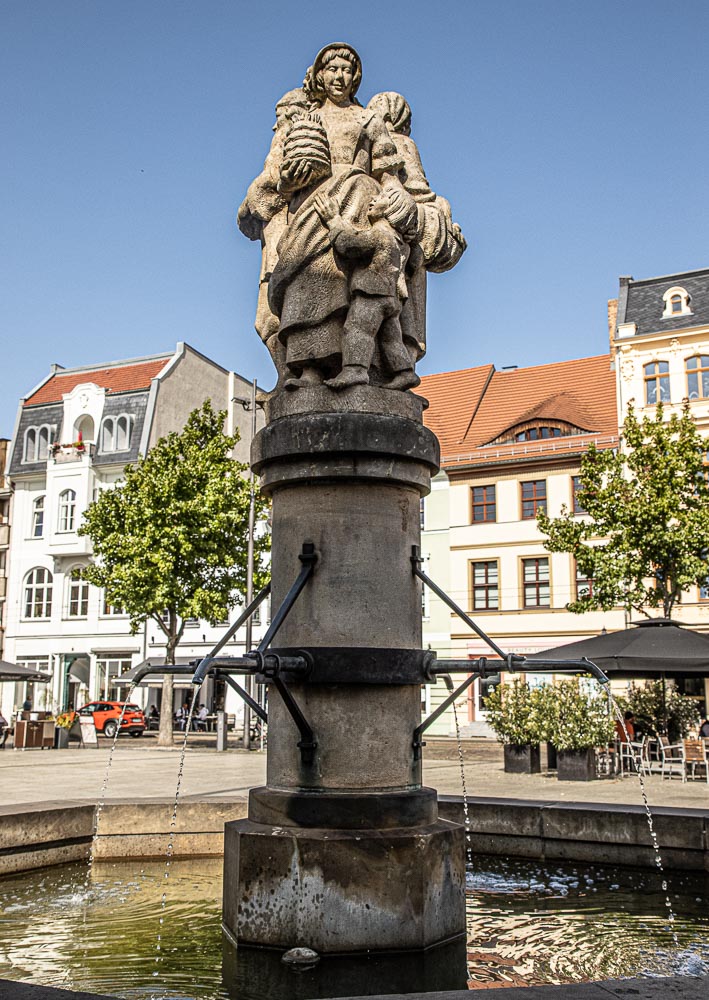
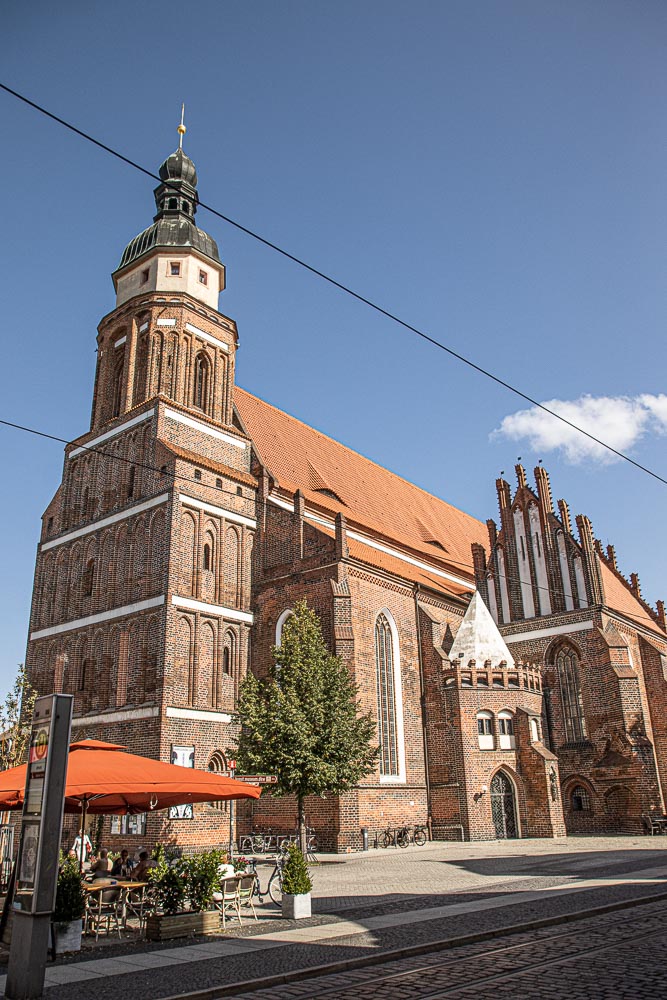
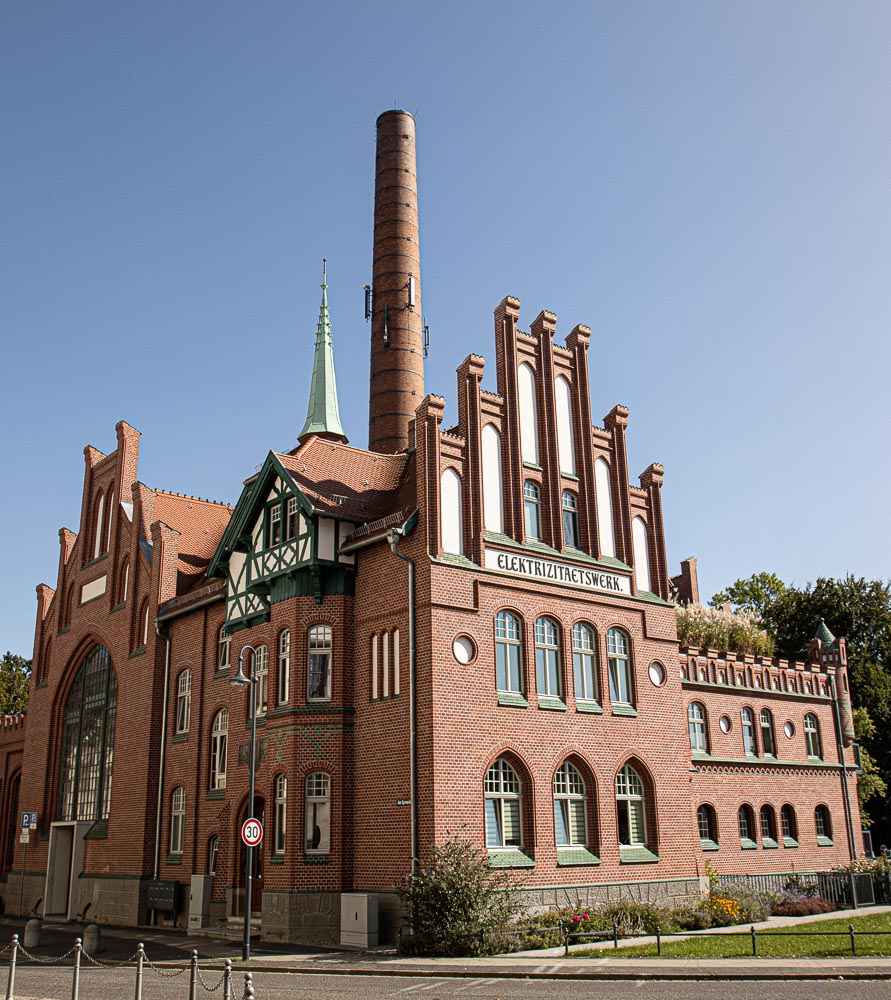
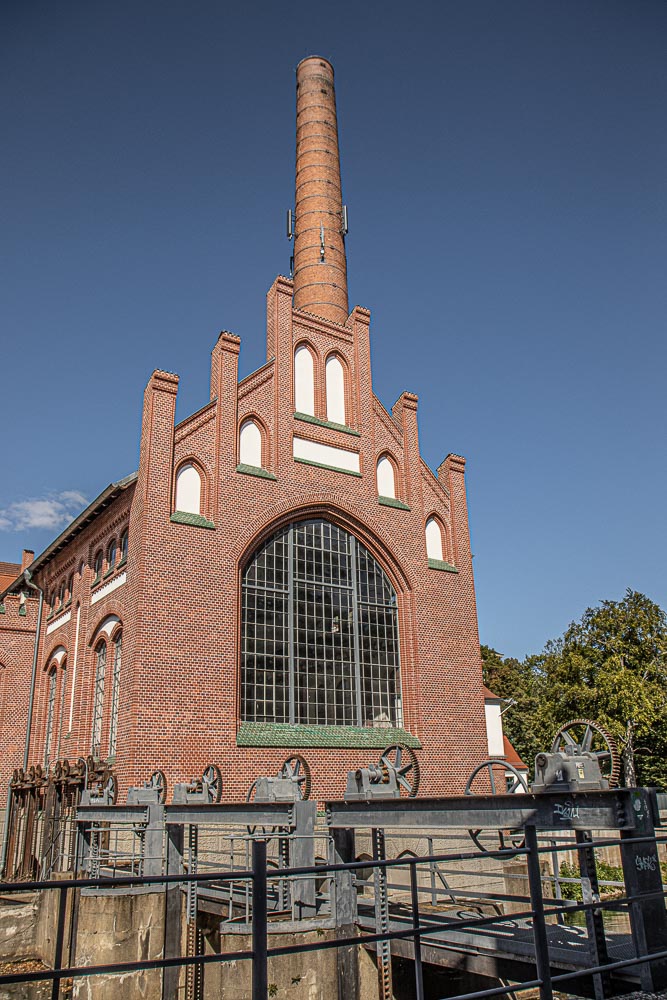
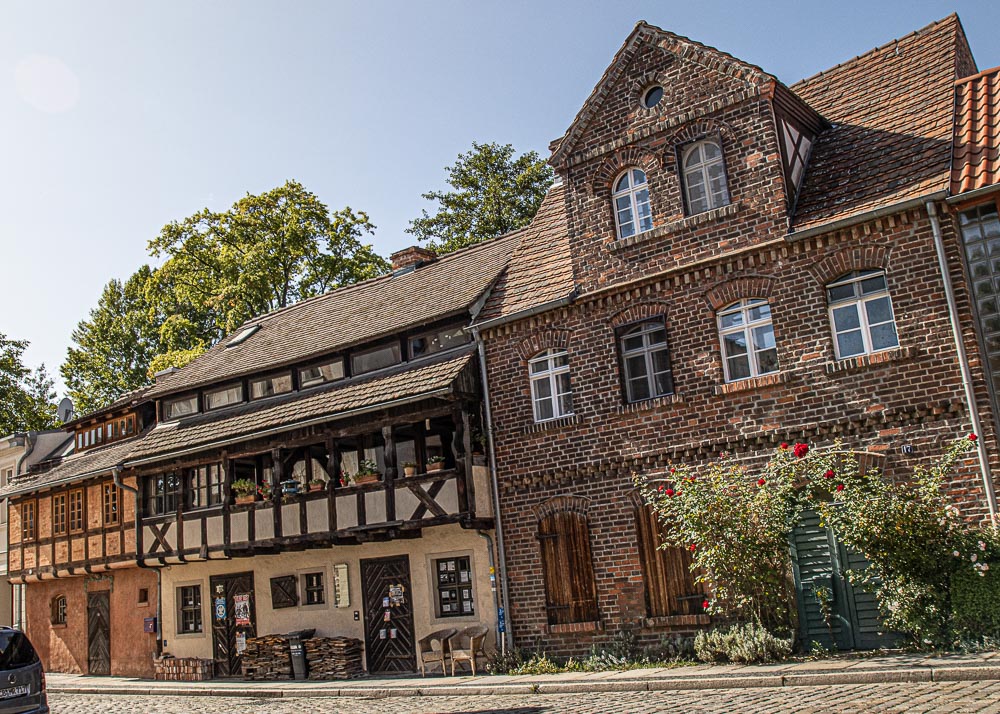
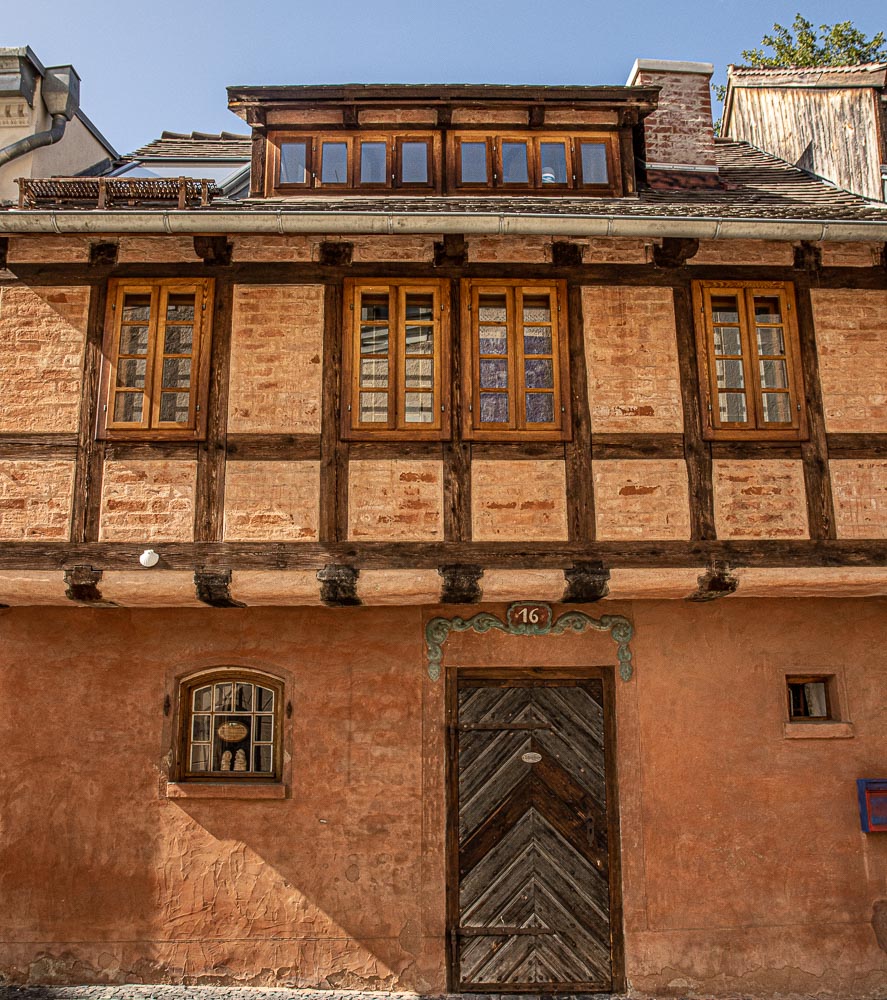
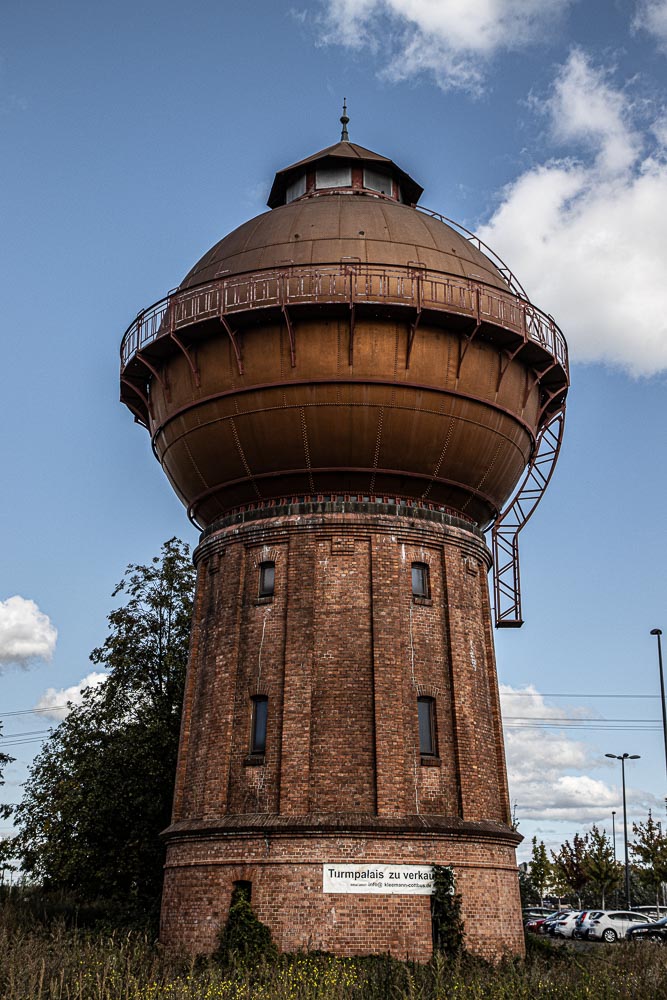
This water tower near Cottbus Central Station seems to be for sale.
Kunstmuseum Dieselkraftwerk
Staatstheater
Tierpark Cottbus
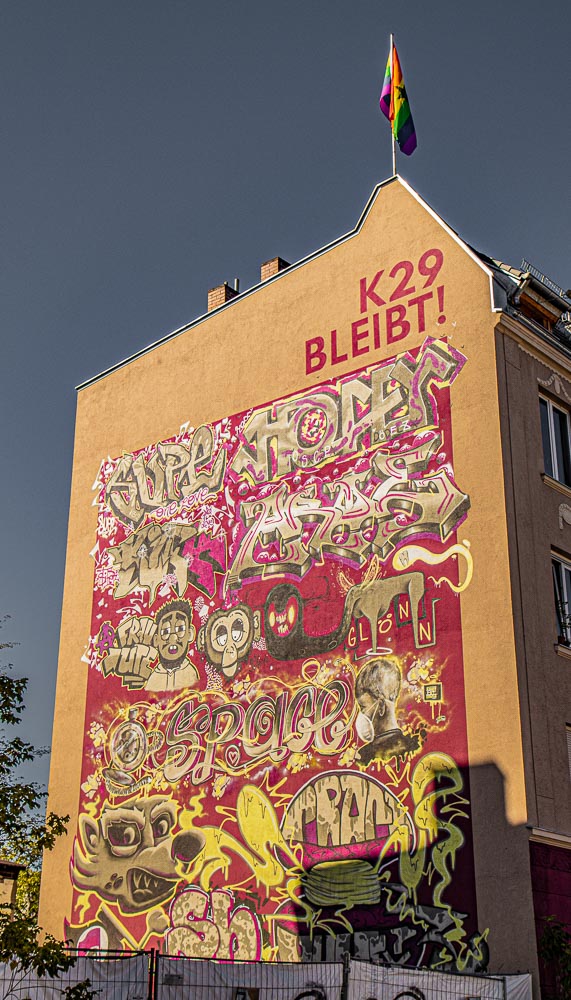
In lovely September weather, I thought I would go for a quick walk in the area before the Sunday hordes of morons, acting like Corona never was, hit the streets.
One of the many new buildings around what used to be the original location of the retail flower market in Berlin, and also once of the Berlin Observatory where Neptune was discovered, between the Jewish Museum and the southern end of Friedrichstraße, is Frizz23, a “cultural co-ownership project”, with, among other places of interest Café Nullpunkt, serving delicious vegetarian and vegan food and aiming for zero waste, and Bolsos, a shop selling hand-made bags made of recyclable material.
Also in the area is the location of one of the early concentration camps – the ”Gutschow-Keller”.
The warehouse with a basement in the second courtyard of the building Friedrichstraße 234 was owned by the greengrocers Hermann and Paul Gutschow who also owned the imposing building in Wilheminian style across the street in Friedrichstraße 17.
Already in 1932, the Gutschows placed their warehouse and basement at the disposal of the ”SA-Sturmbann III/8″.
From March to May 1933, the place was one of the first concentration camps in Berlin. Prisoners called it ”Blutburg” (castle of blood). Hundreds of trade unionists, communists, social democrates and Jews were seized in their homes, at their places of work and in the street and abducted to this place and interrogated, humiliated and tortured.
As these torture chambers of the SA were placed in a large tenement block, the screams could be heard from the street and the neighbourhood knew about the imprisonment, maltreatment and torture.
I have, as yet, been unable to find out what happened to the prisoners subsequently. One might suspect that they were transferred to larger concentration camps and killed.
The relatively new urban garden, next to the equally relatively new TAZ Building, is coming along nicely. There is also a Sprachcafé and a DIY bike repair shop:
Hand-made shoes:
Back towards Lindenstraße, in the building to the right of the Blumenthal Academy is another new café, a branch of the bio bakery and café Beumer & Lutum. And finally, a photo of “Neighbours from Hell” as seen from the street.
I went on what turned out to be a fabulous five-day trip to the North Sea. I guess I should thank the “Neighbours from Hell” (now in stereo), since because of them, I had been scrambling to find a place to go which would seem like another planet, without actually leaving the country.
The Wadden Sea (das Wattenmeer, Vadehavet) is fascinating (which I already knew, having spent a week in Sankt-Peter-Ording two years ago), the weather was its September best, and I gorged on fresh fish and seafood, and walked a lot.
I was based in Norddeich which was convenient for taking ferries to and from Norderney and Juist, and – like most coasts facing the North Sea, has a long, tall, dike with a promenade on top providing a marvellous view of the Wadden Sea and the tides. On top of that, the main road is lined with restaurants serving, among other things, fresh, wild-caught fish.
Memorial for people lost at sea – Gedenkstätte Meeresblick:
Feeding frenzy at “Seehundstation Norddeich“:
On the way to and on the ferry to and from Norderney:
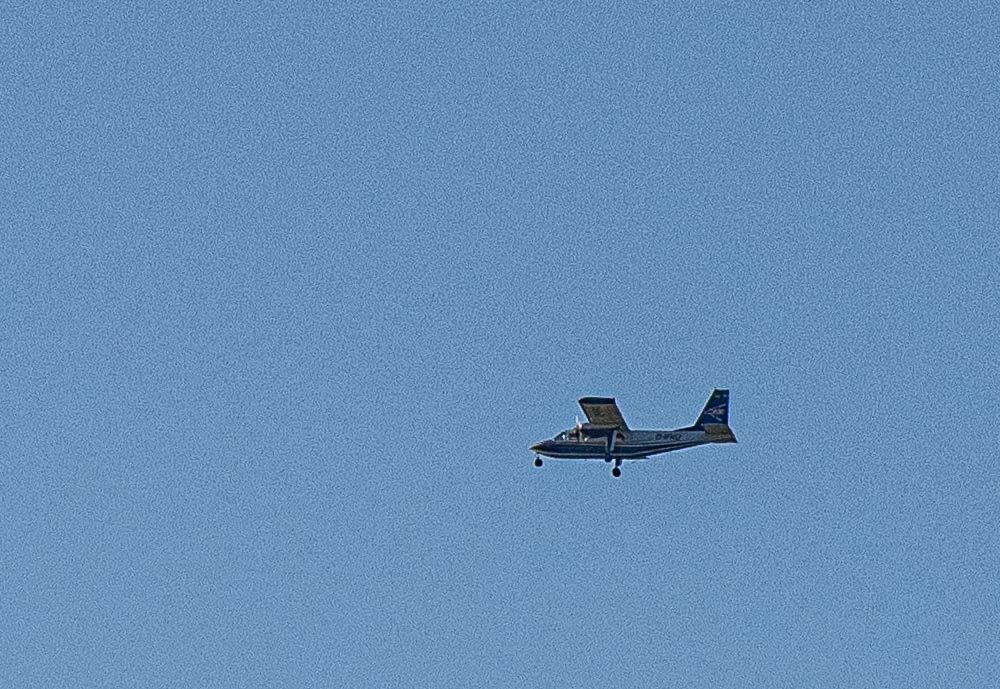
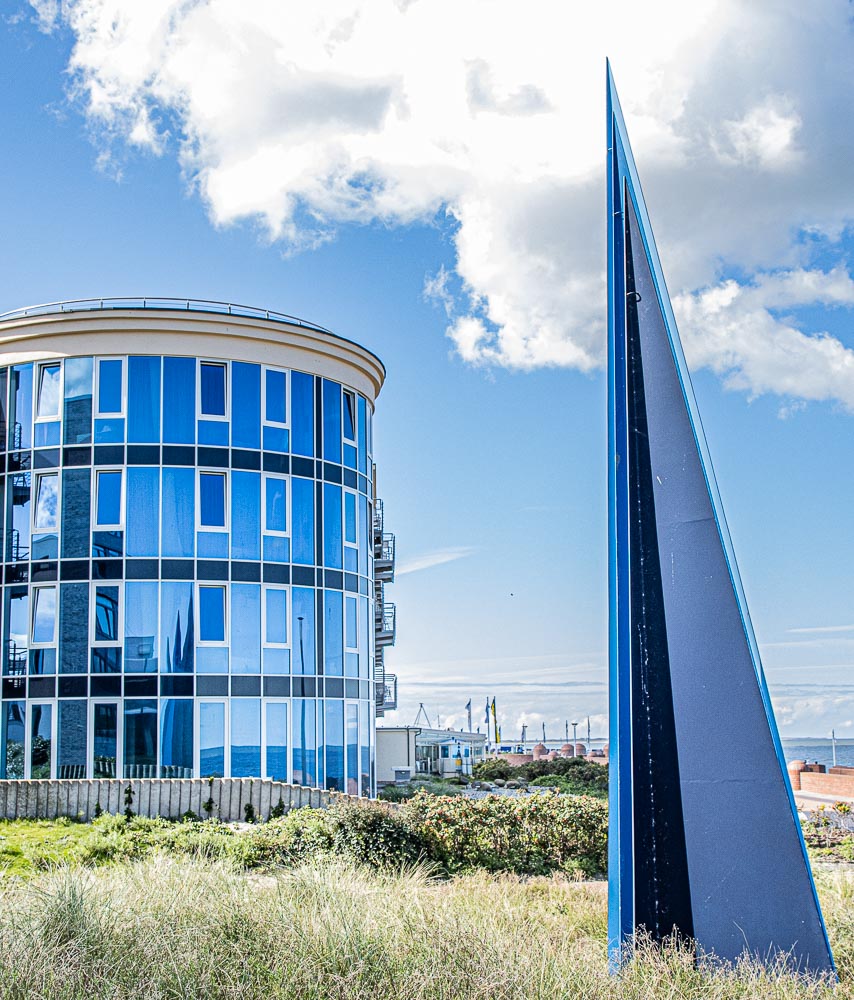
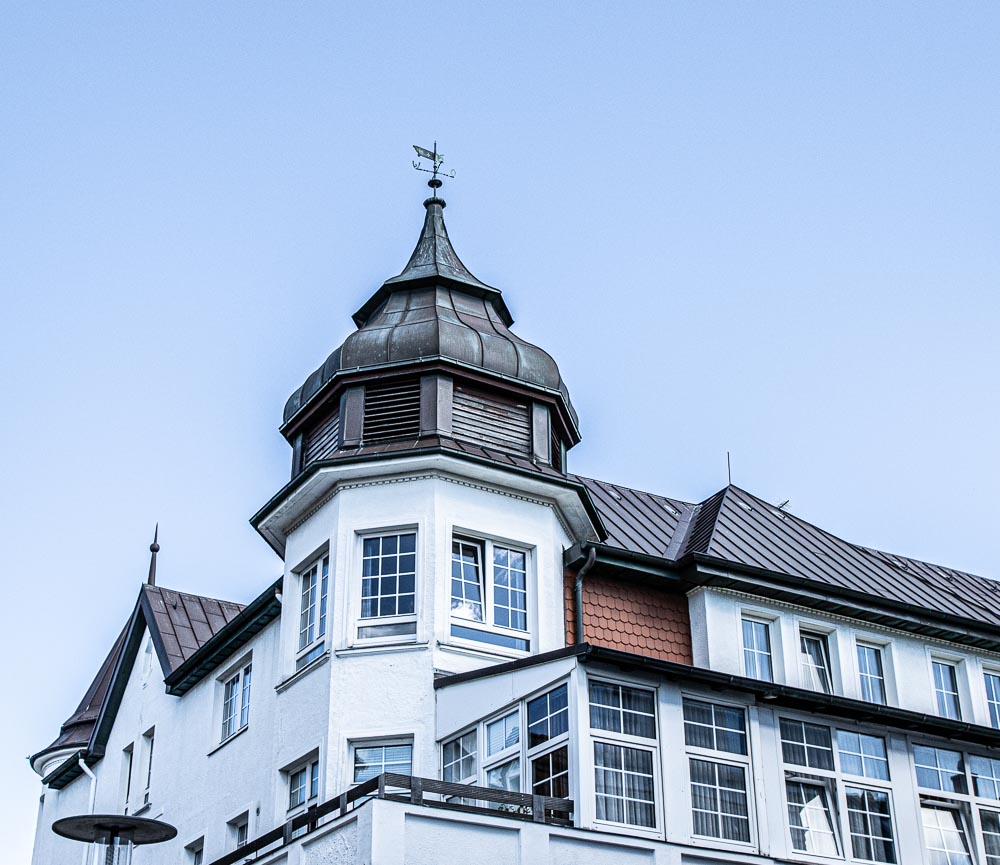
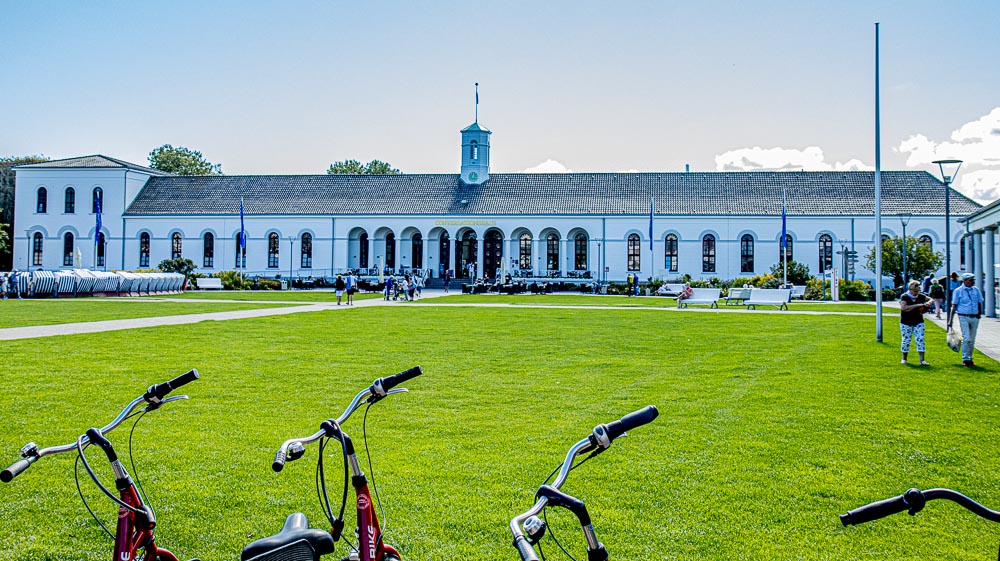
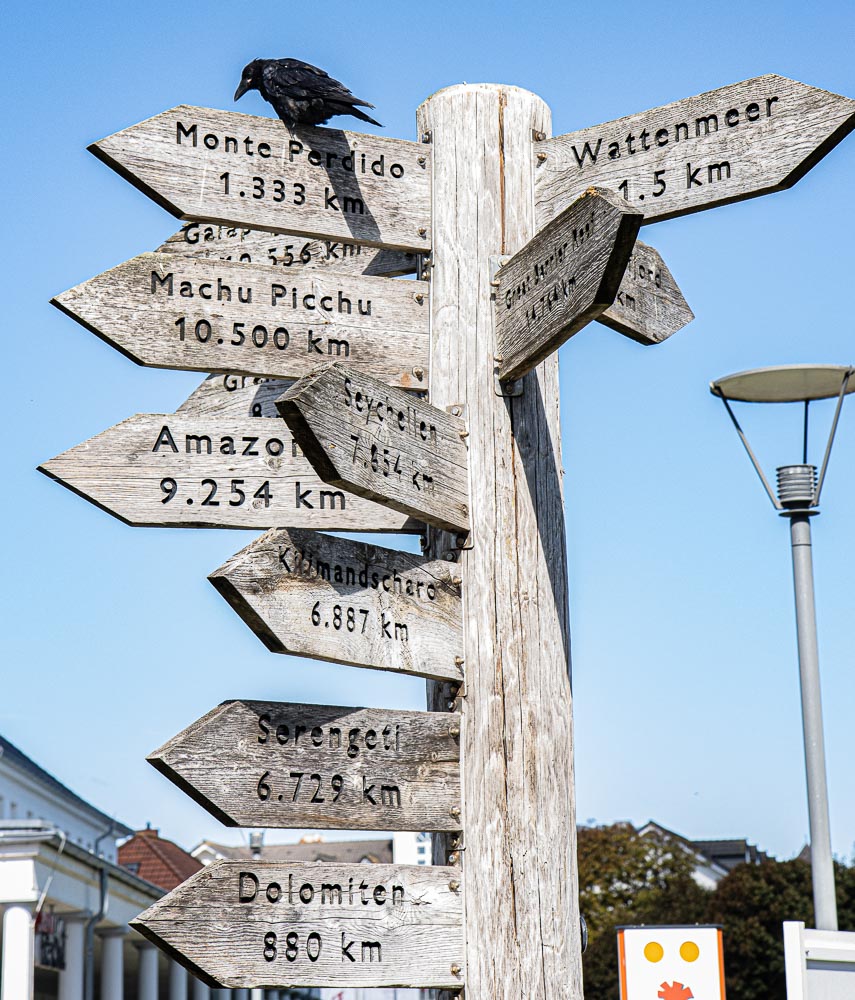
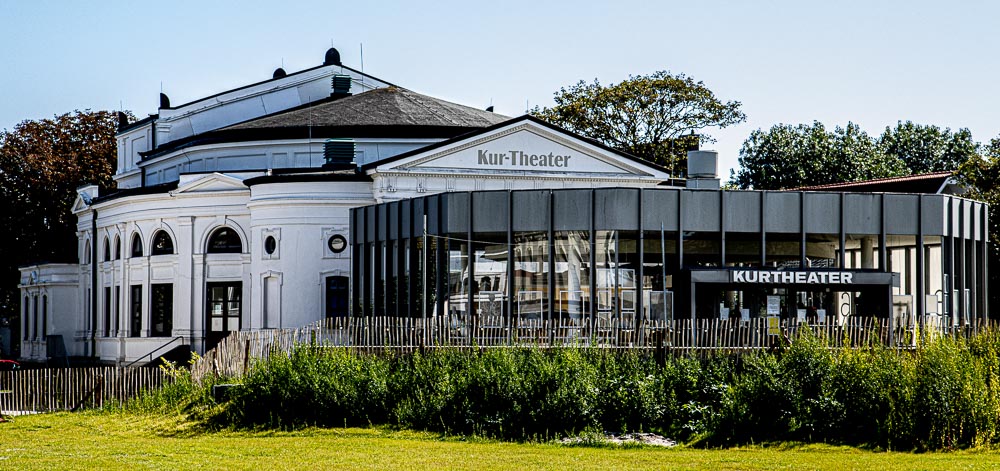
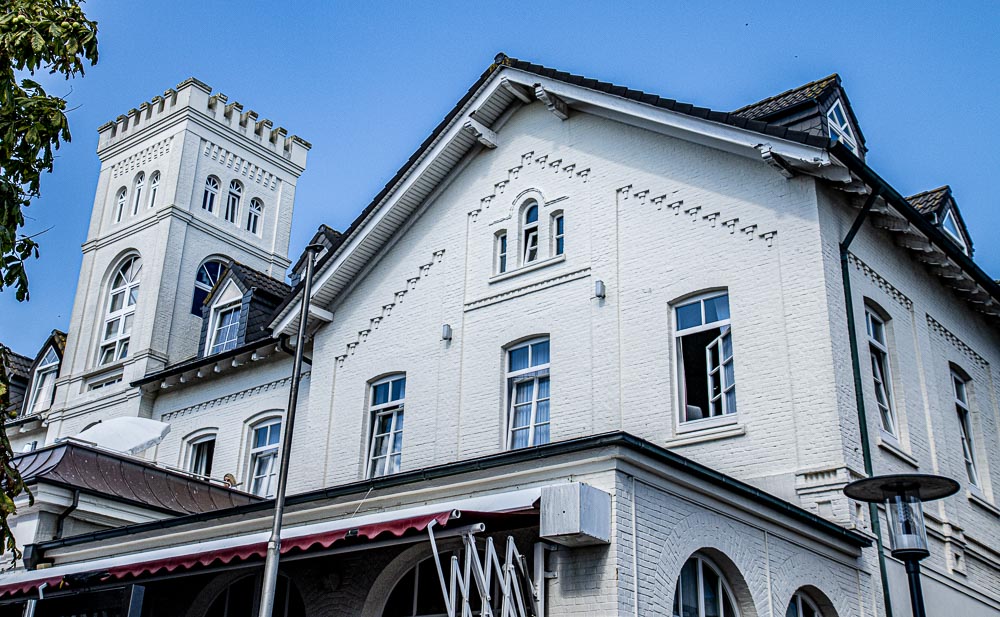
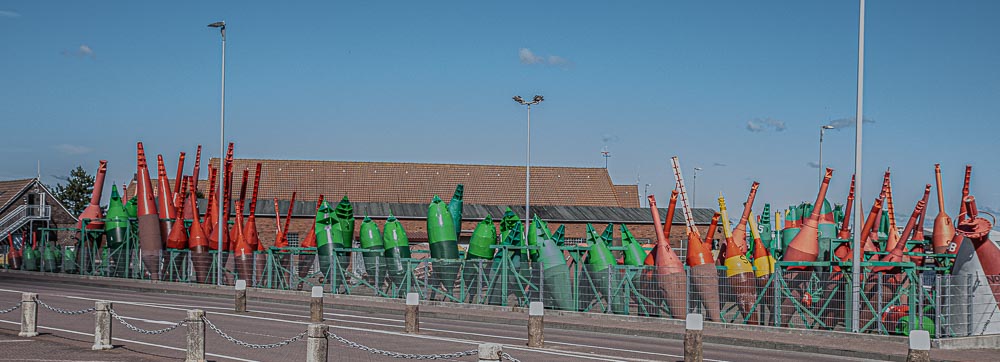
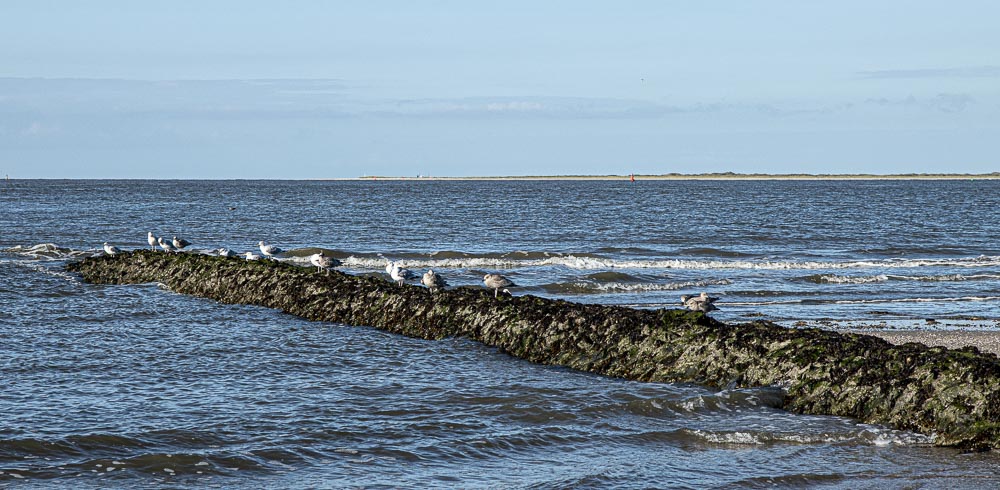
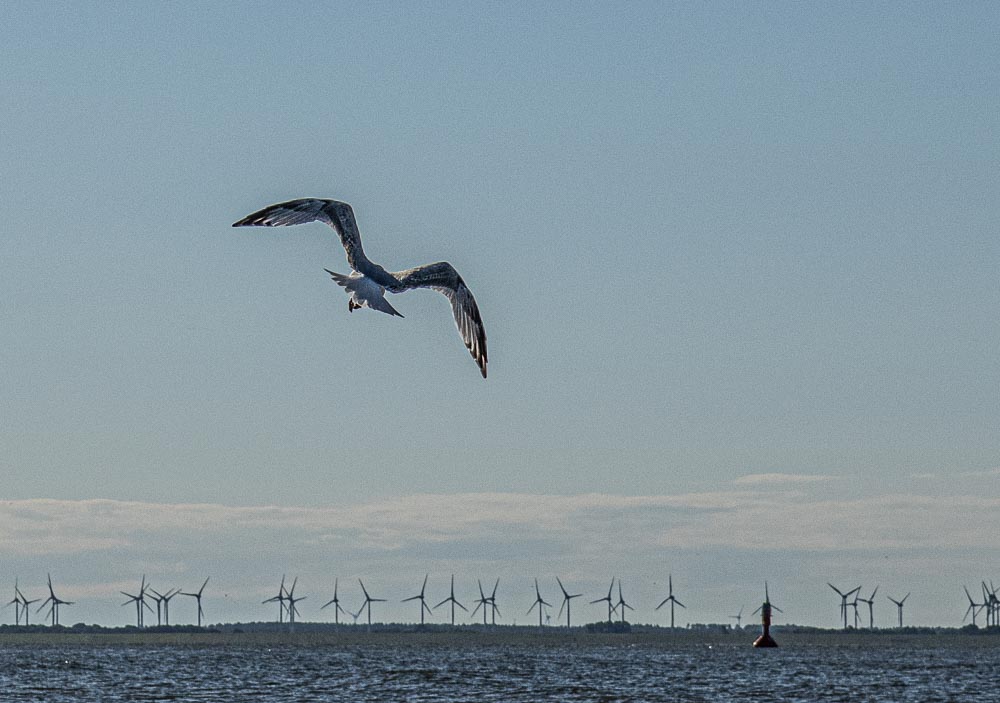
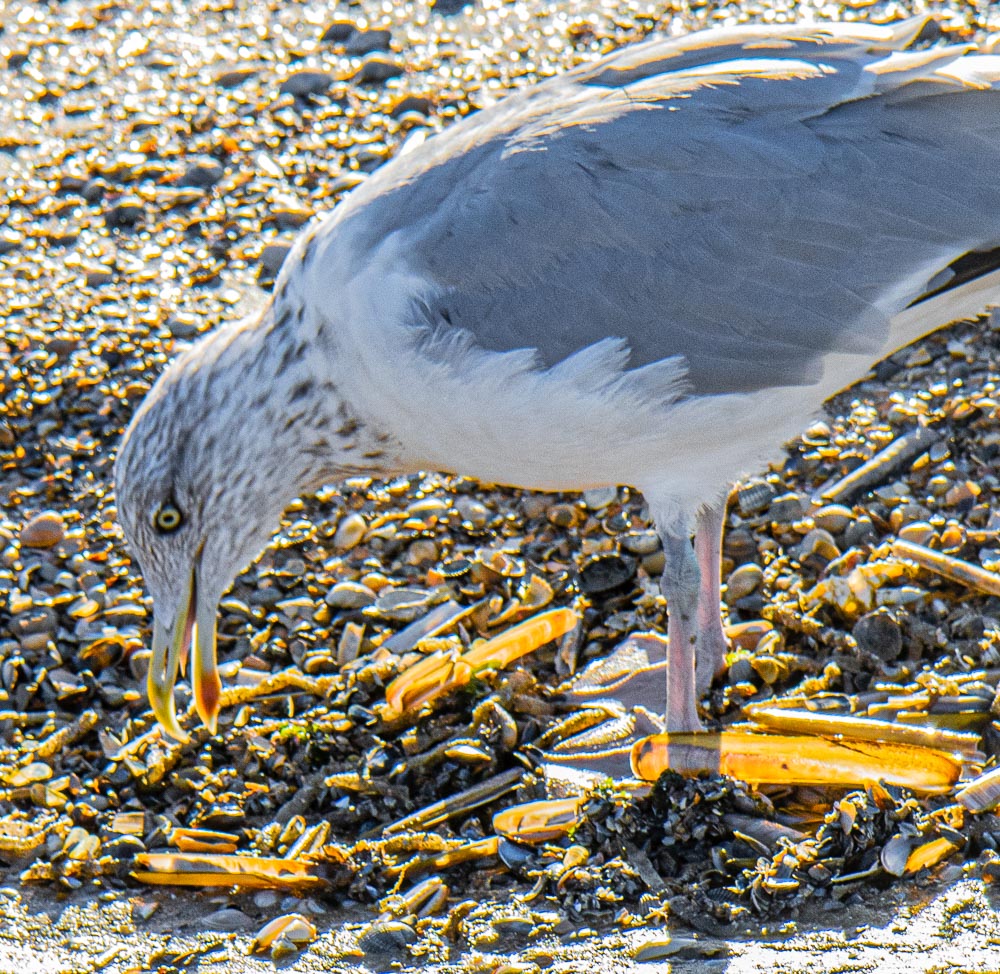
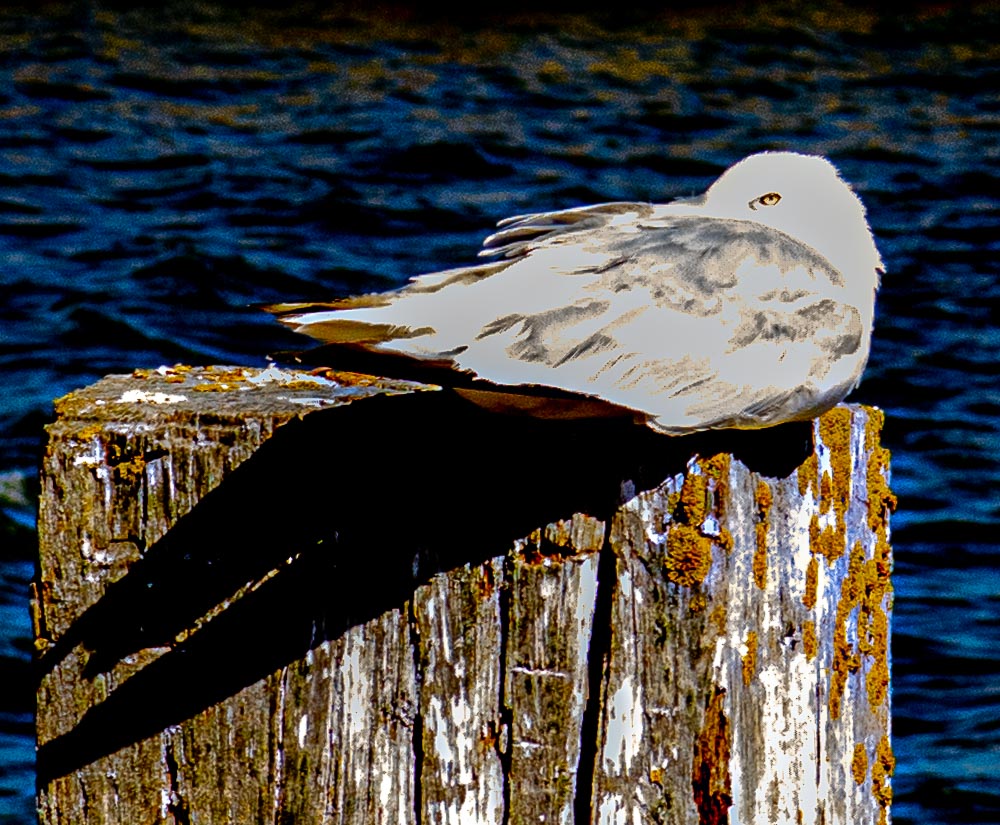
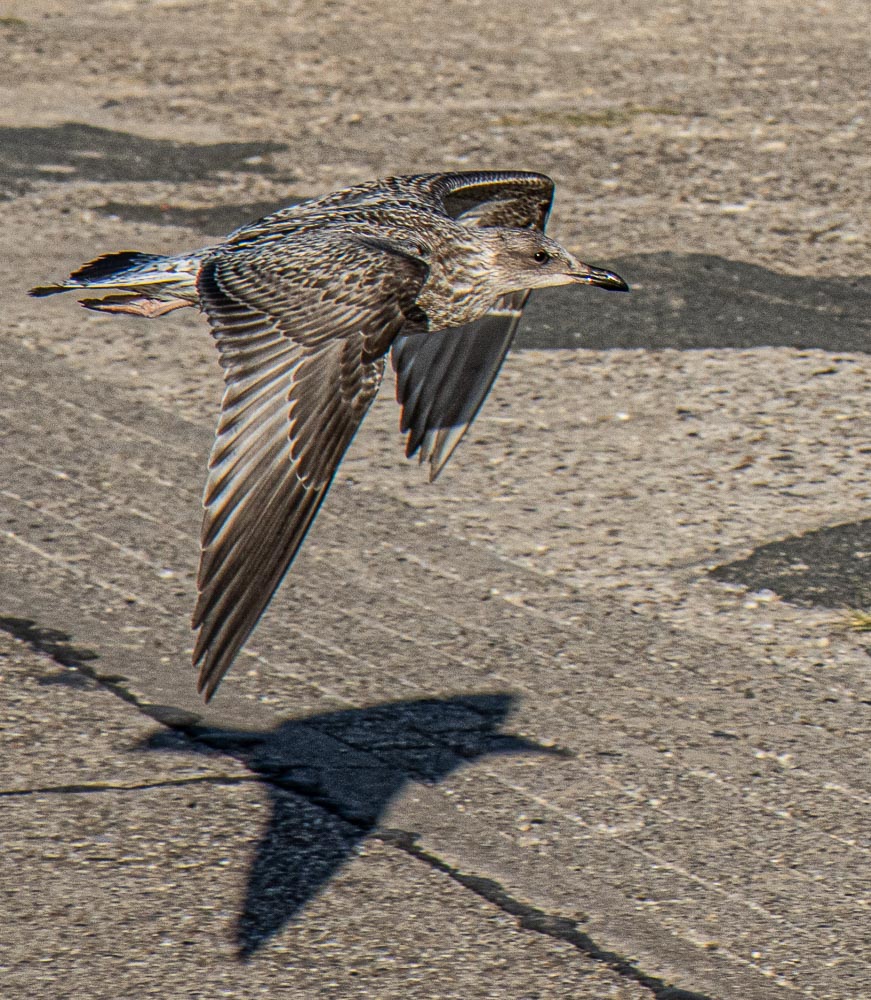
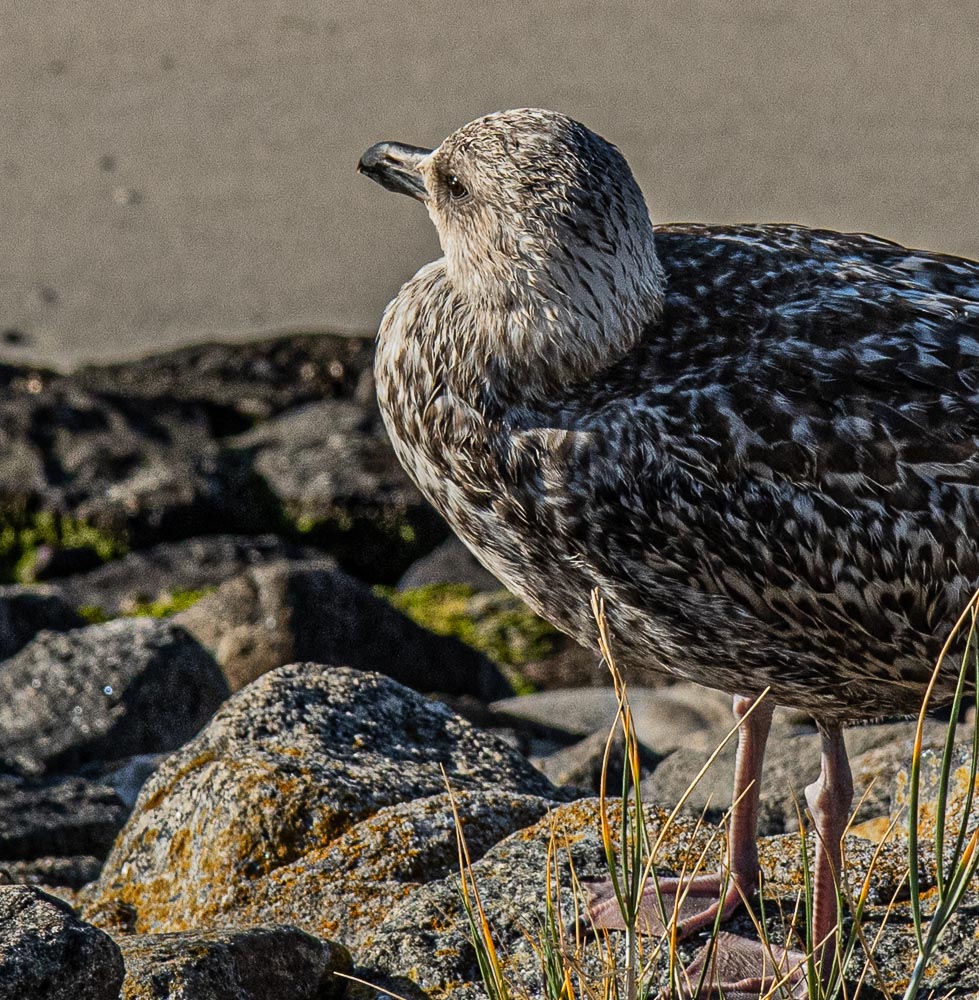
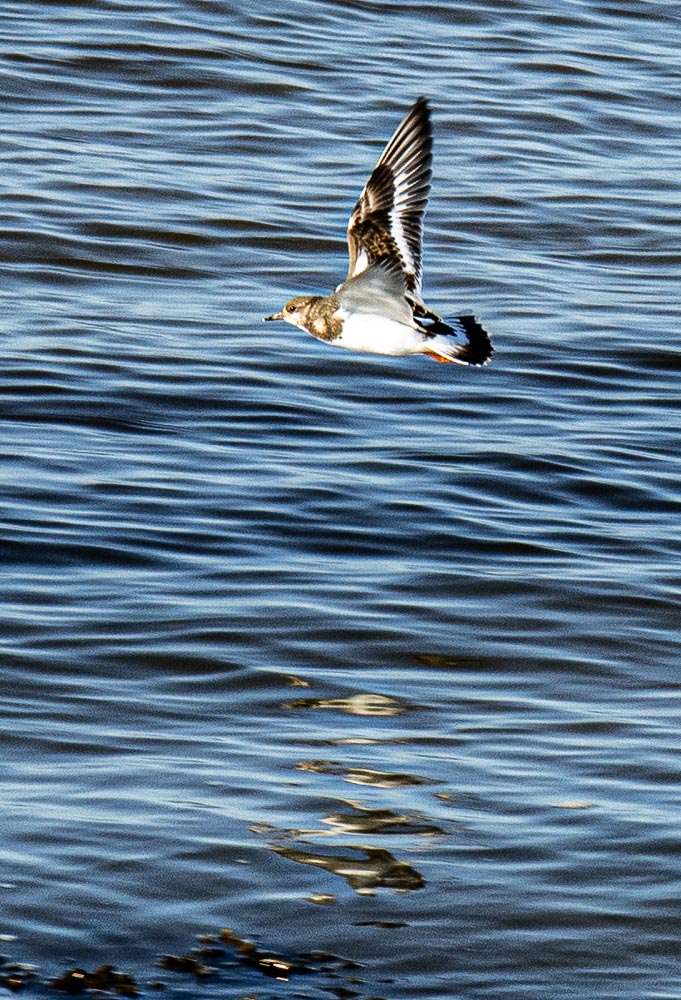
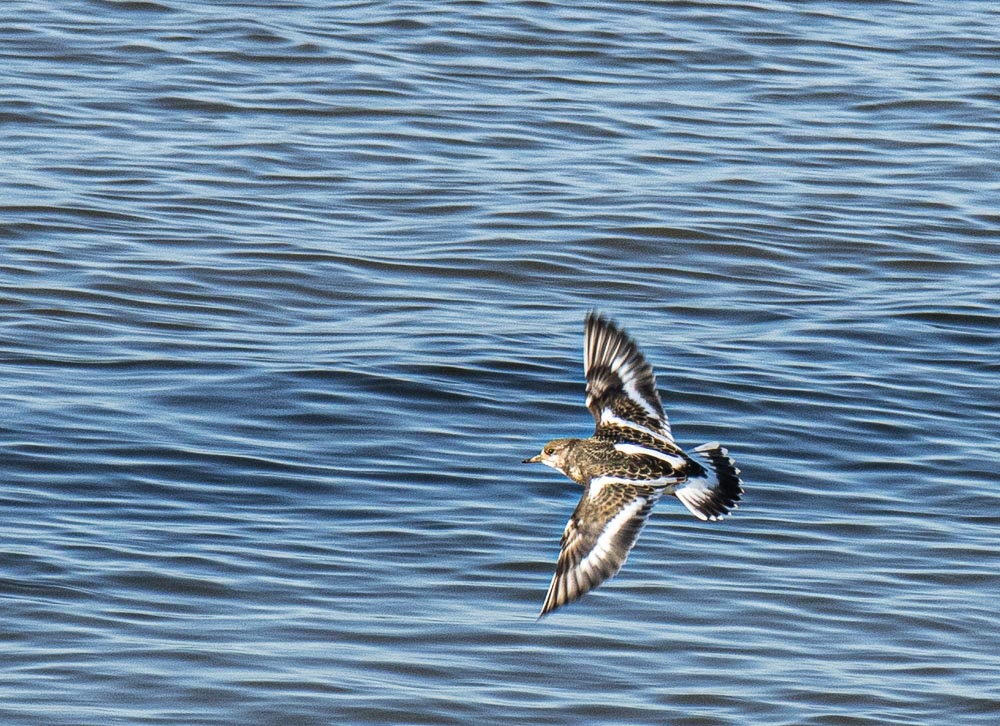
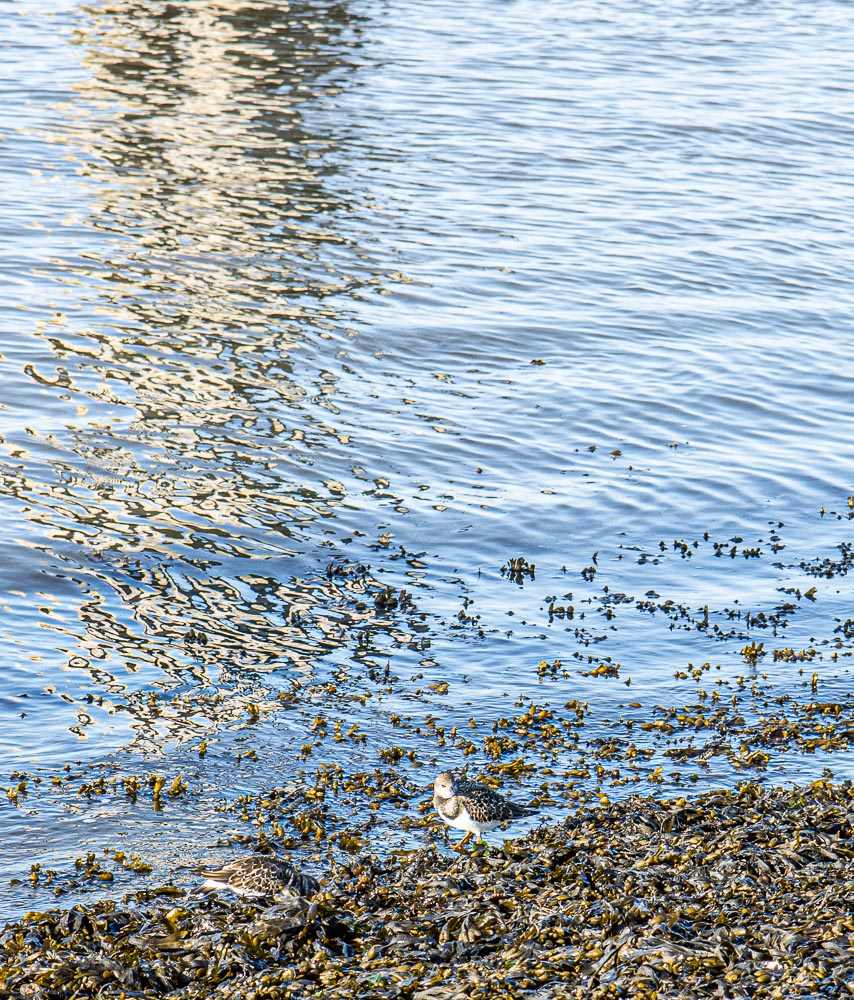
Norderney memorial to people lost at sea:
The island without any kind of motorised vehicles except certain public services.
On the ferry:
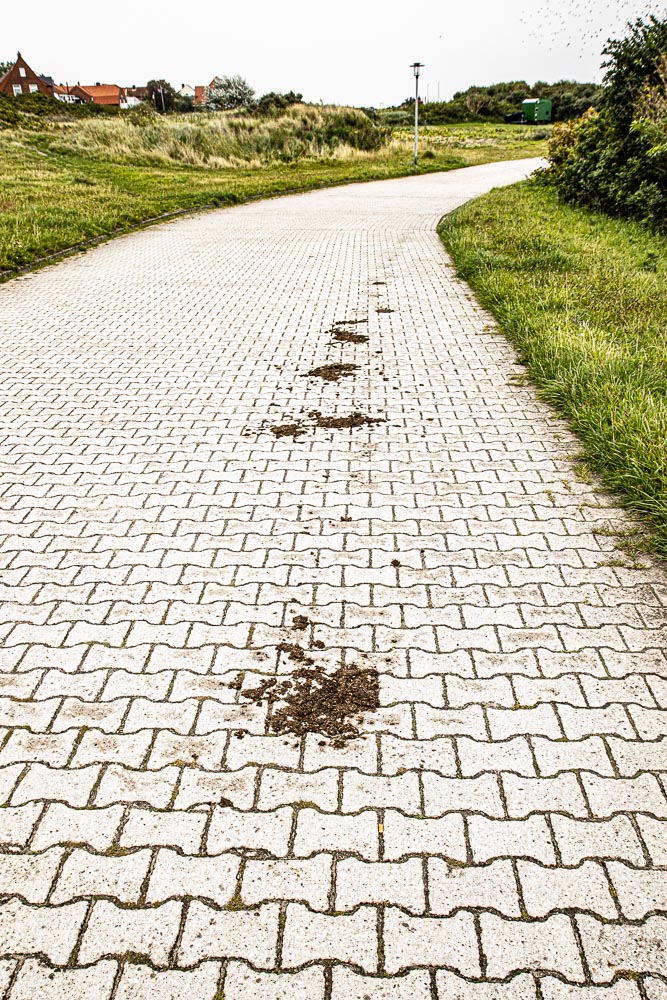
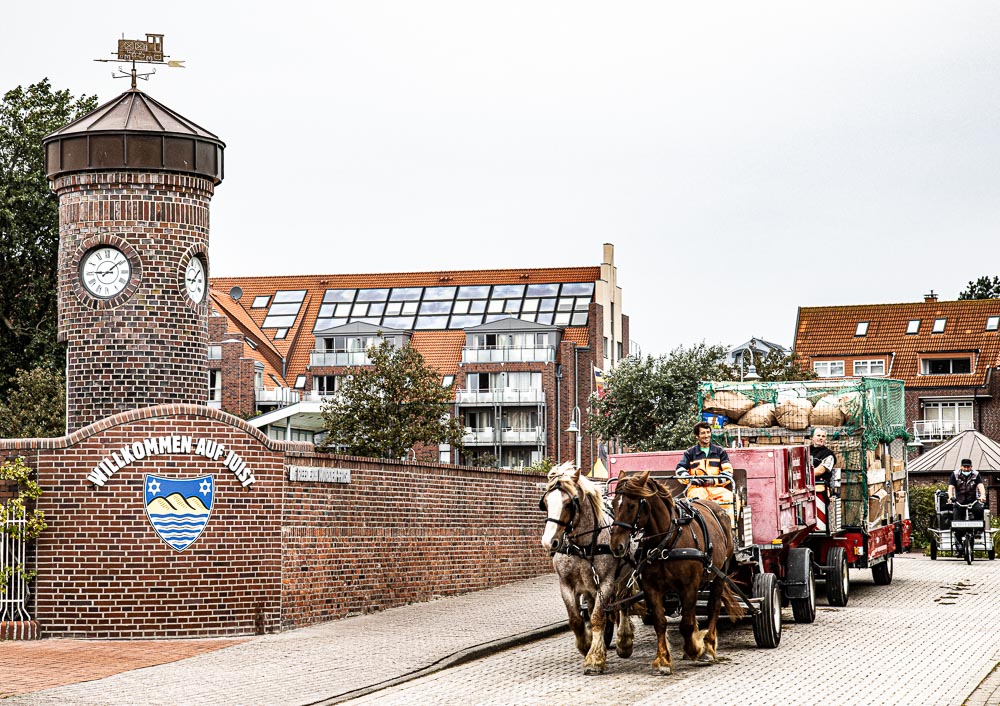
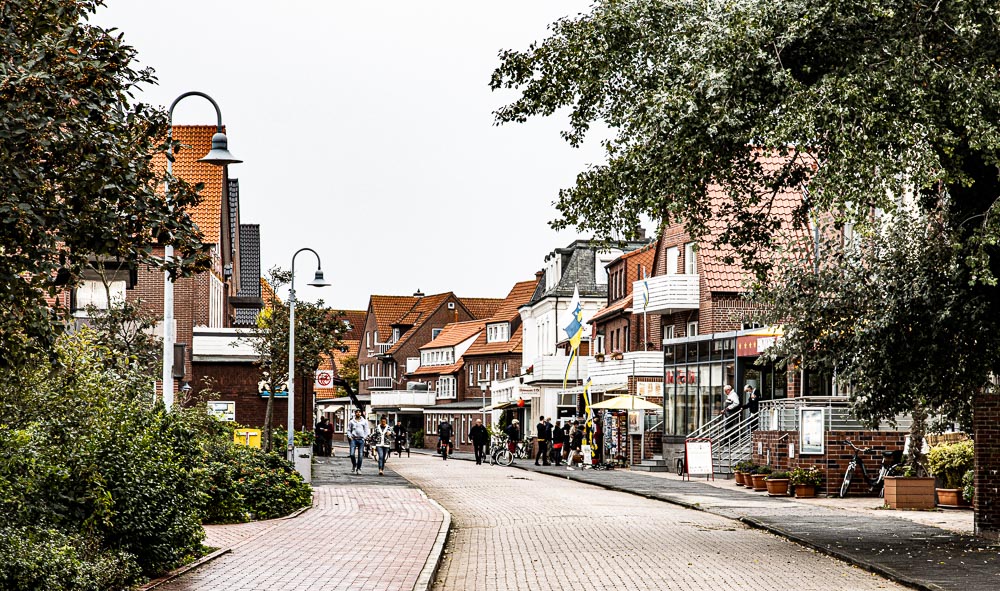
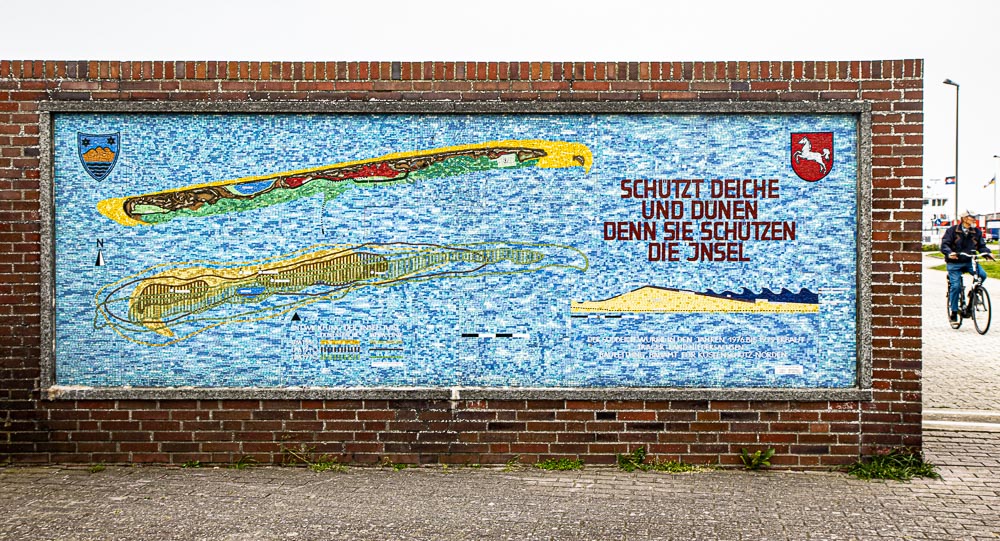
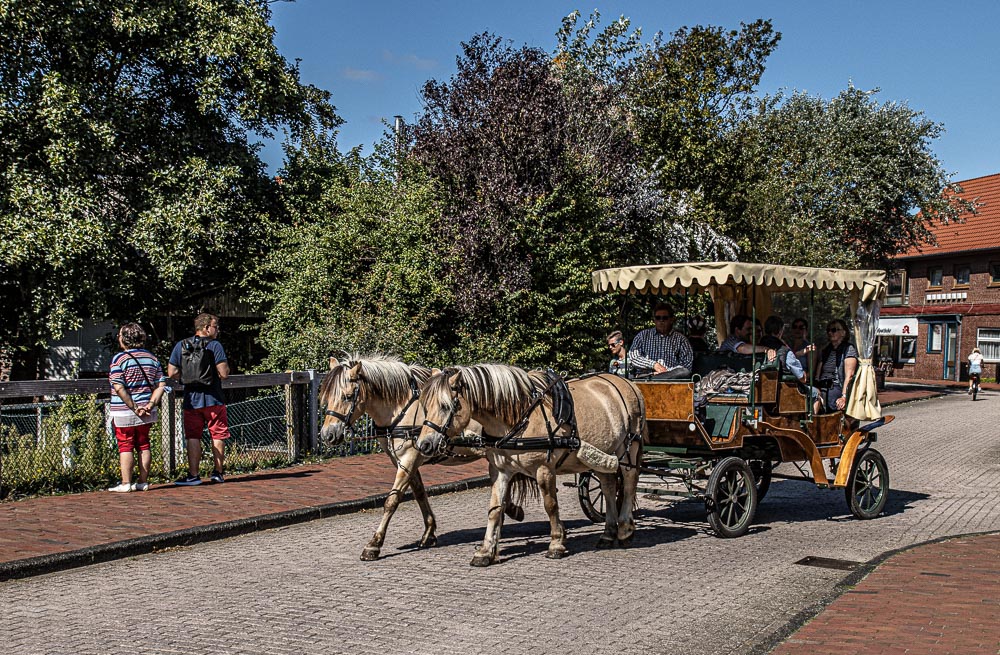
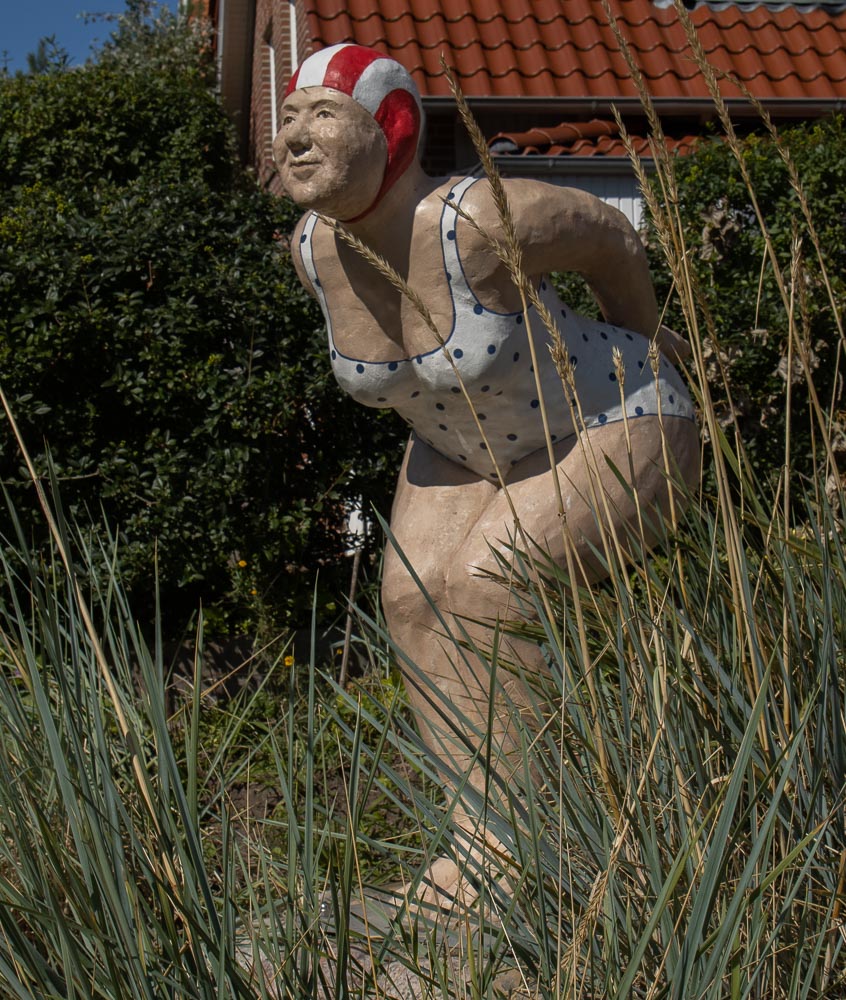
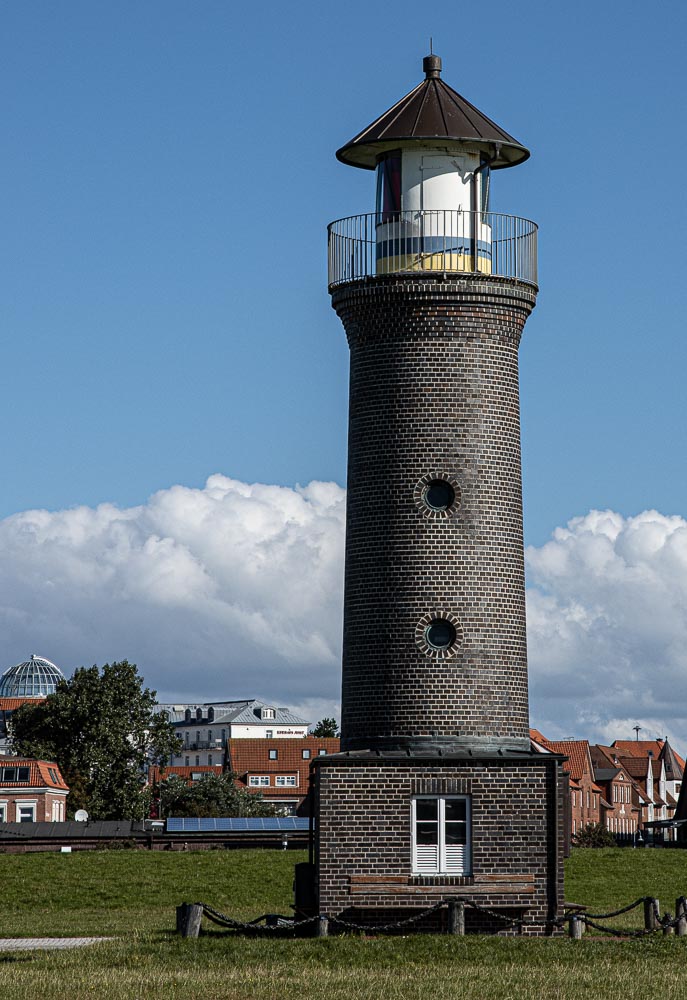
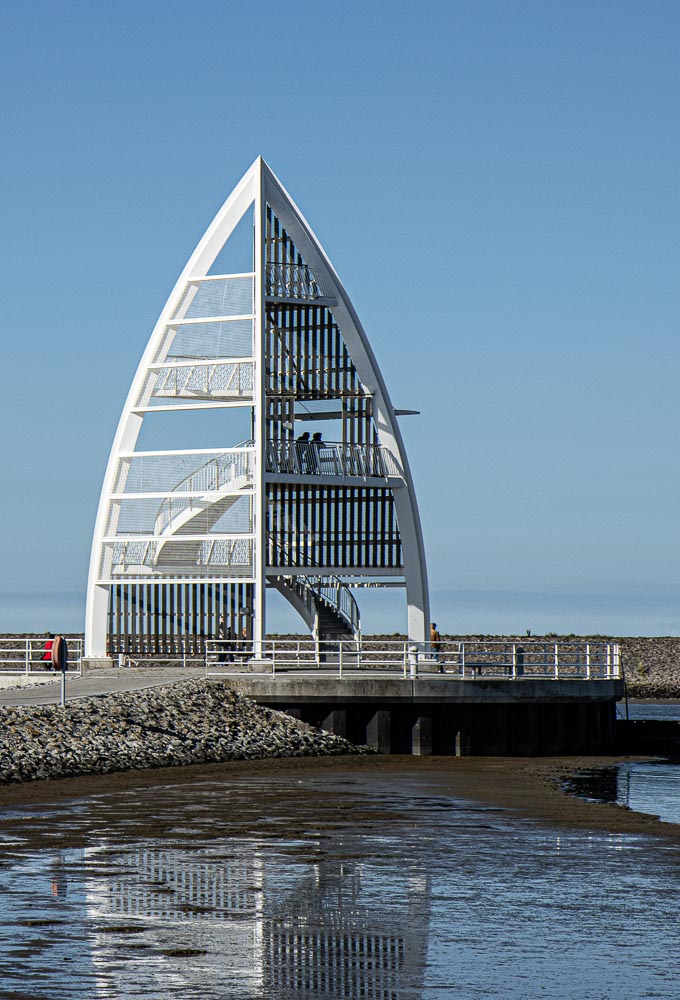
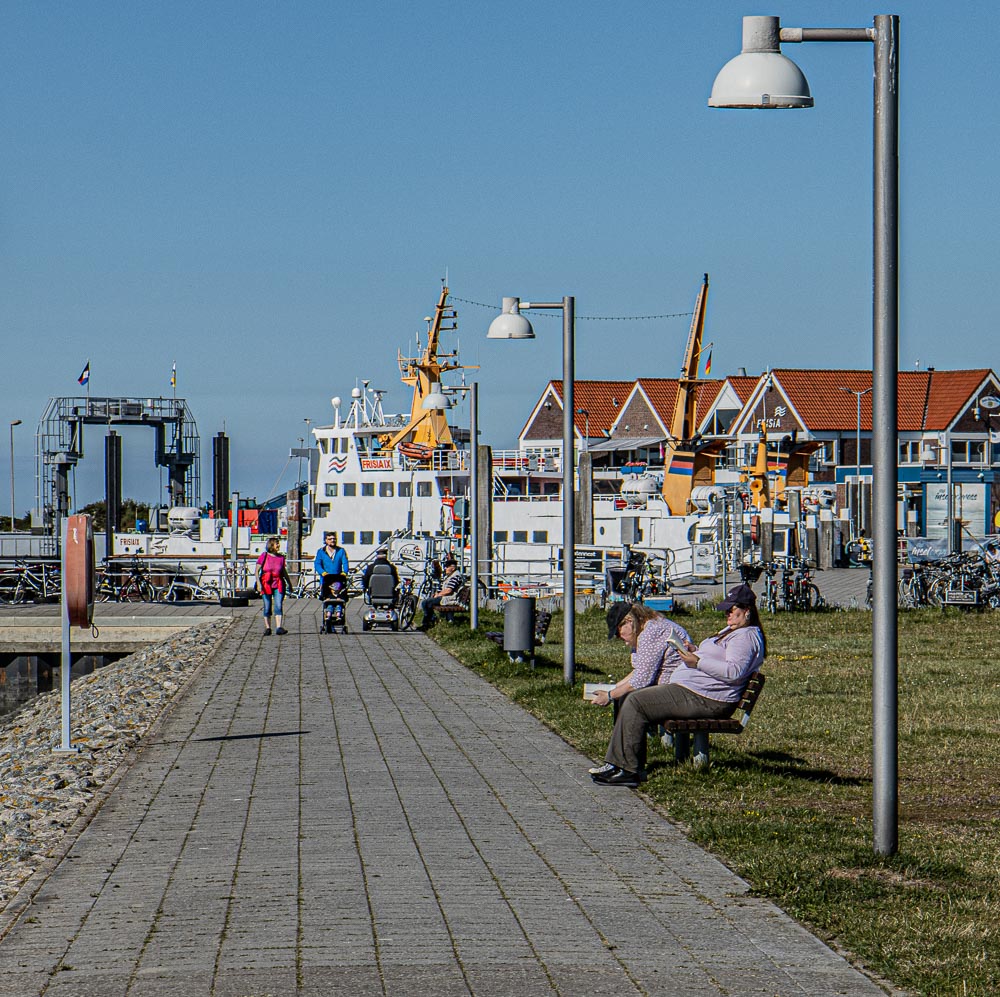
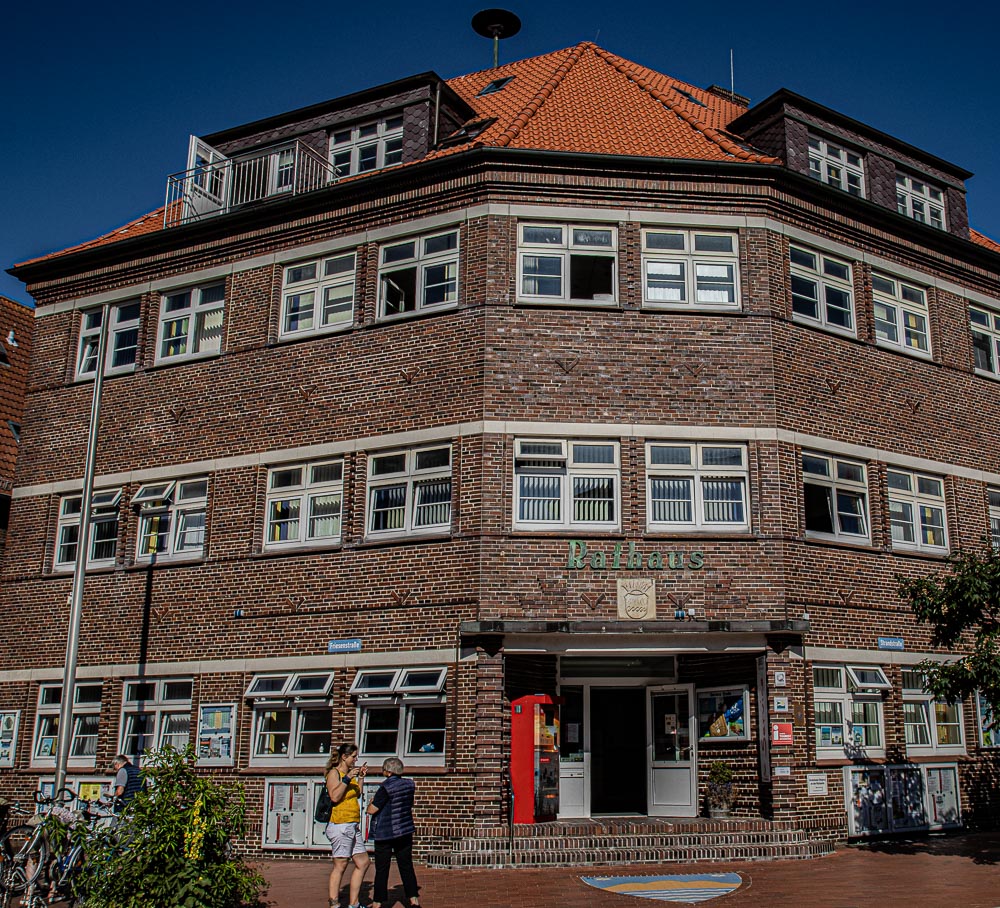
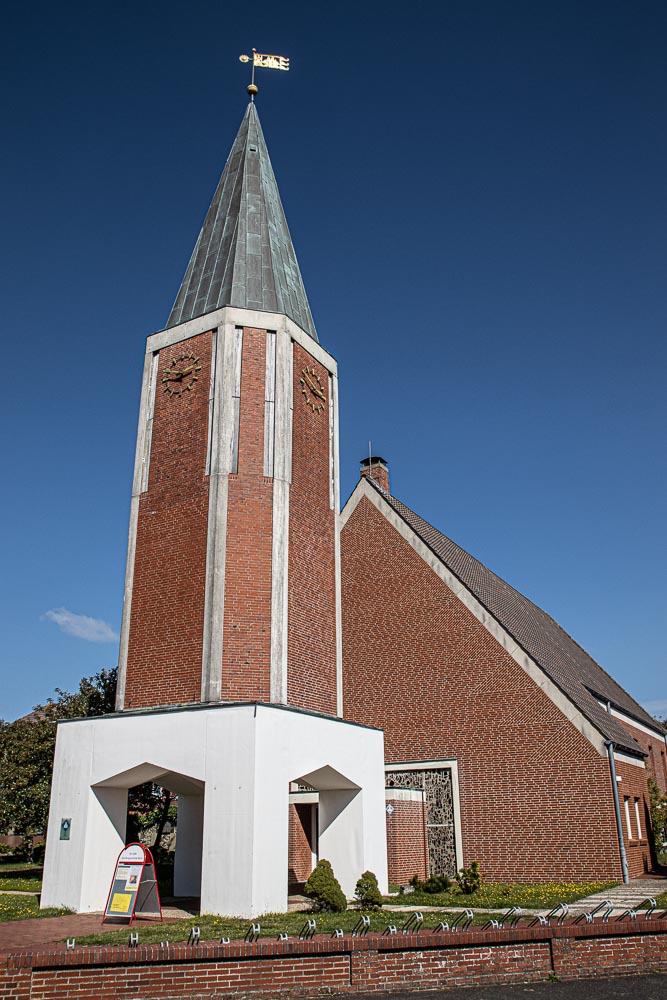
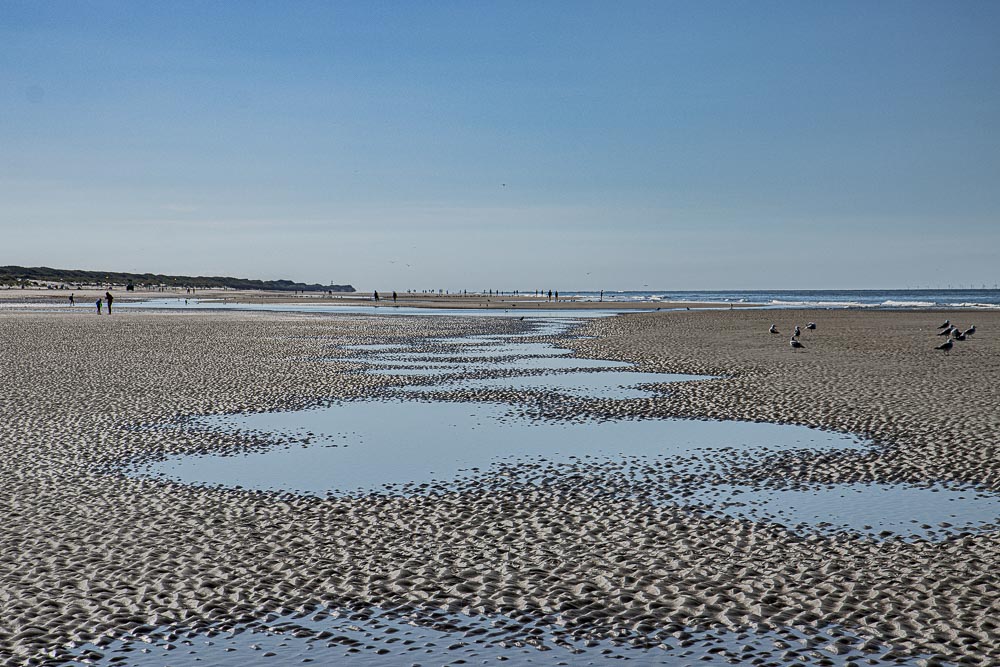
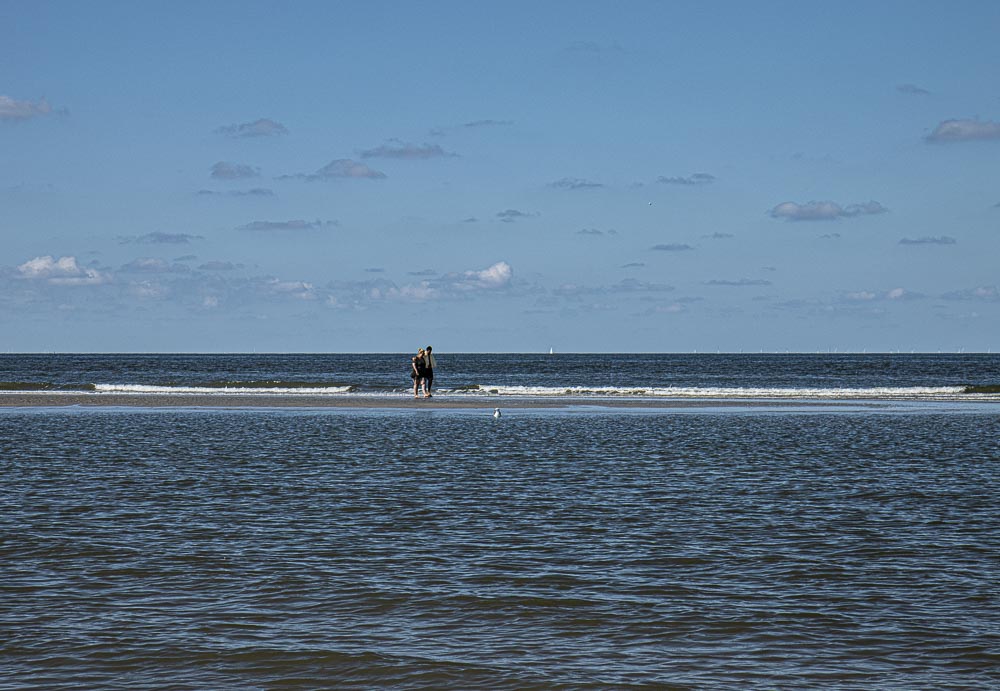
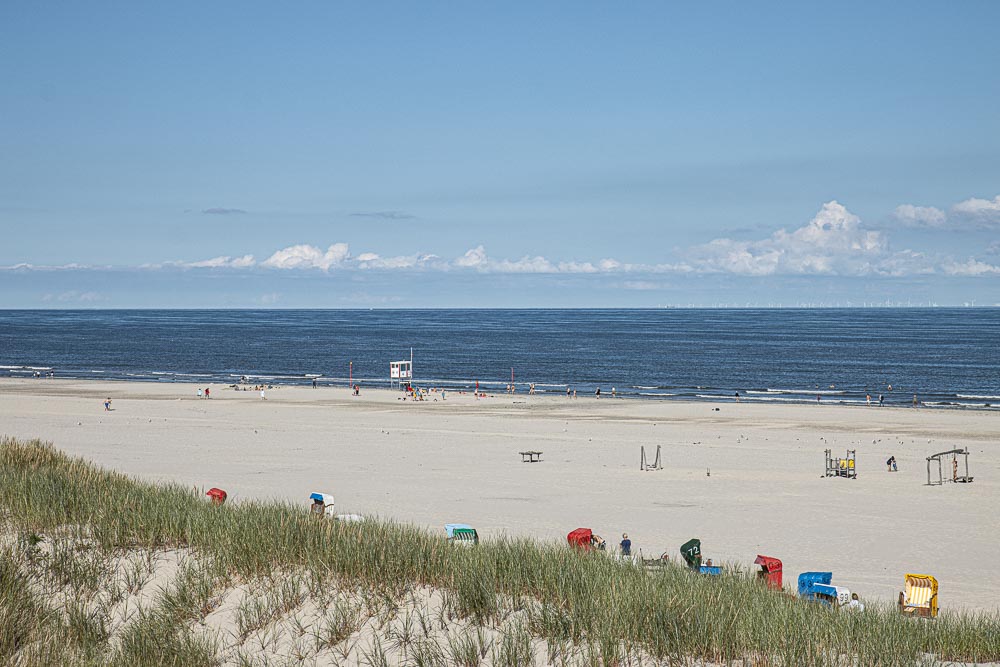
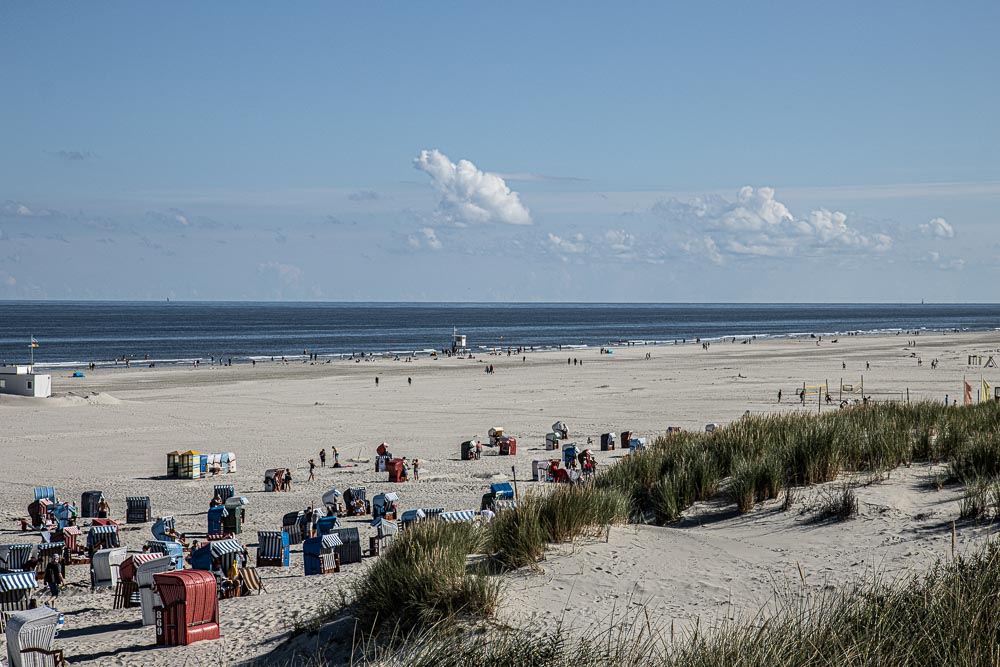
On the highest points, you can see the sea on both sides from the same spot:
Mehringplatz is being restored to its former glory. I regret not having taken any photographs before they started renovating it, but that is probably because it was a wasteland.
The whole area was practically flattened during WW2, so the “peace column” and the statues must have been in protective storage since they seem to have survived unscathed.
I wonder how it will change the currently very diverse, rather densely populated residential area around it once the work is finished.
Here are photographs taken on 29 August 2020:
Approaching Mehringplatz along the southernmost part of Friedrichstraße from Franz-Klühs-Straße:
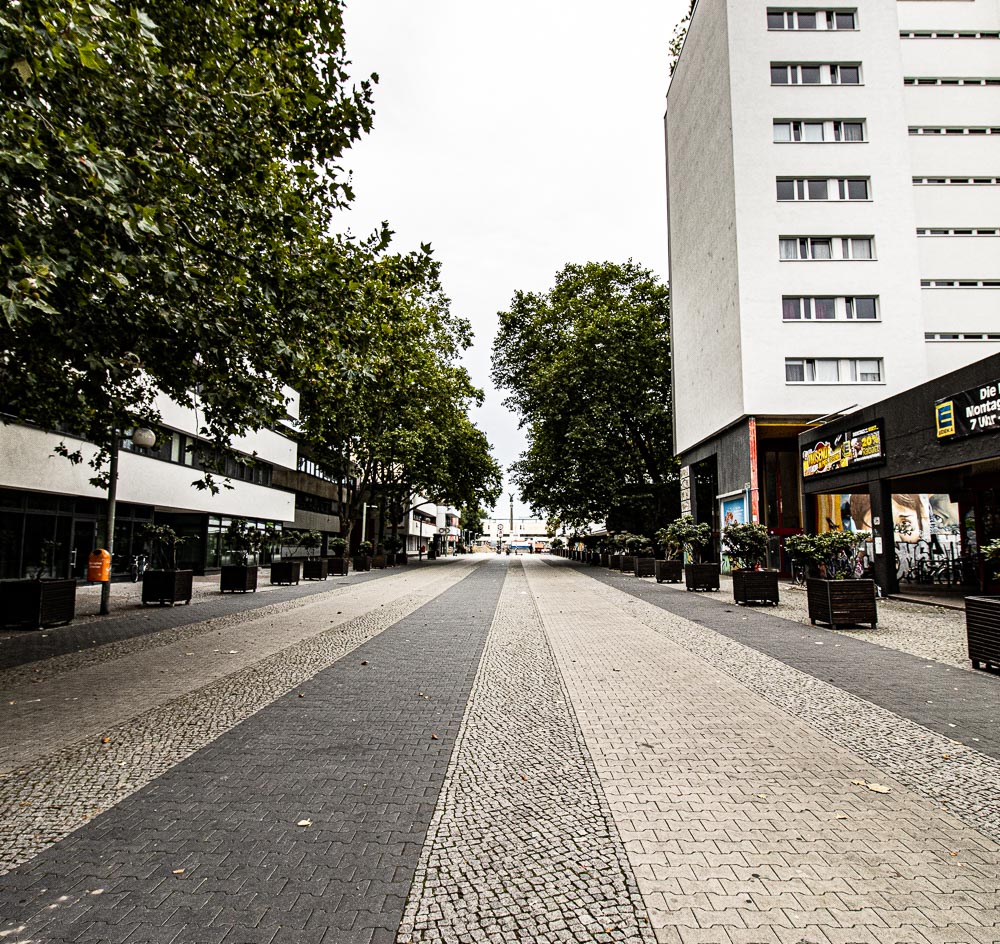
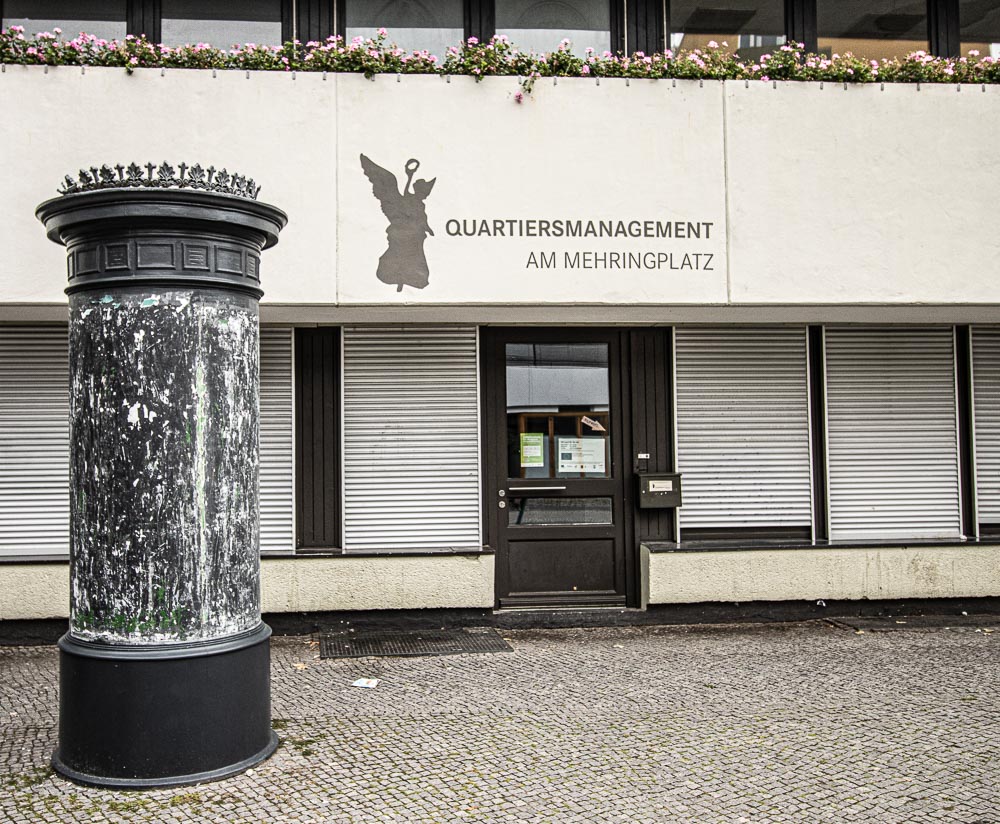
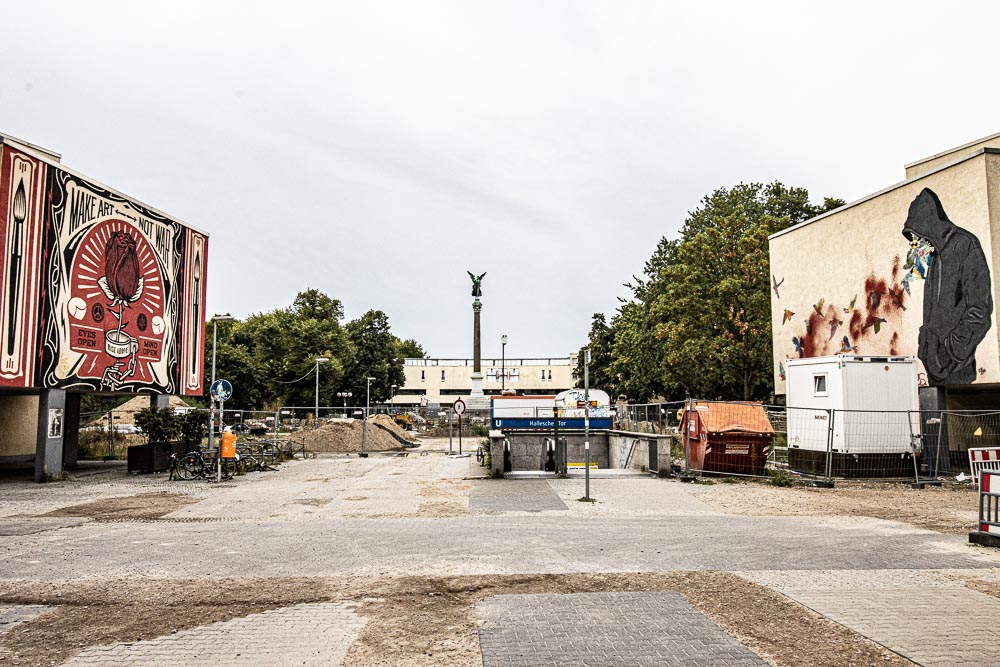
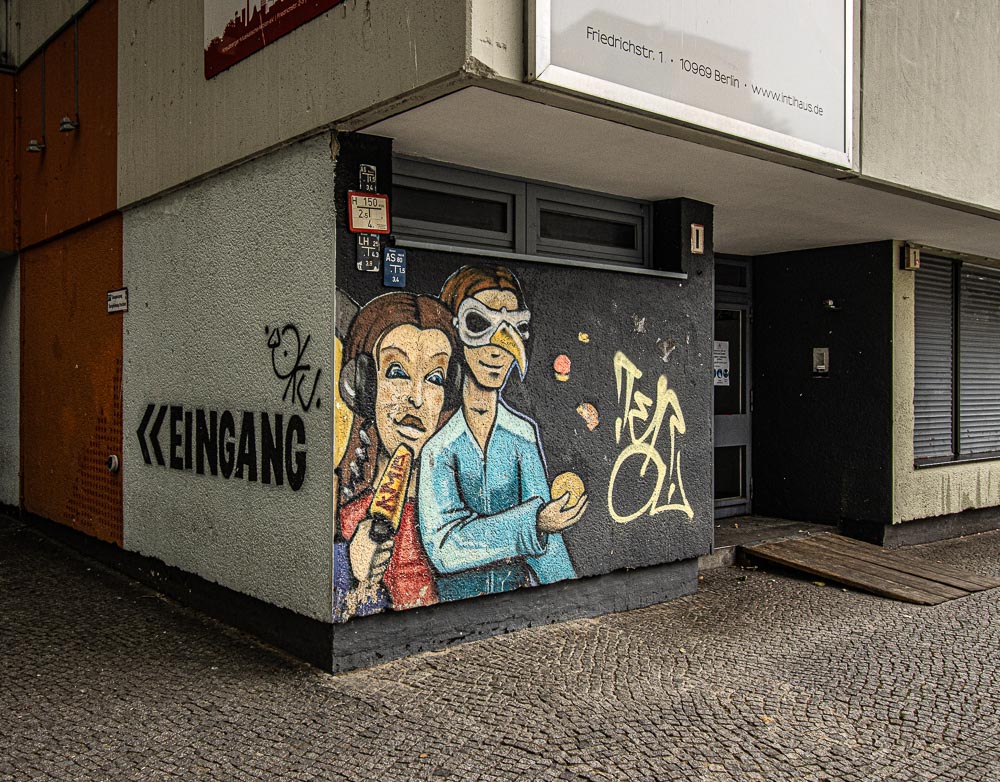
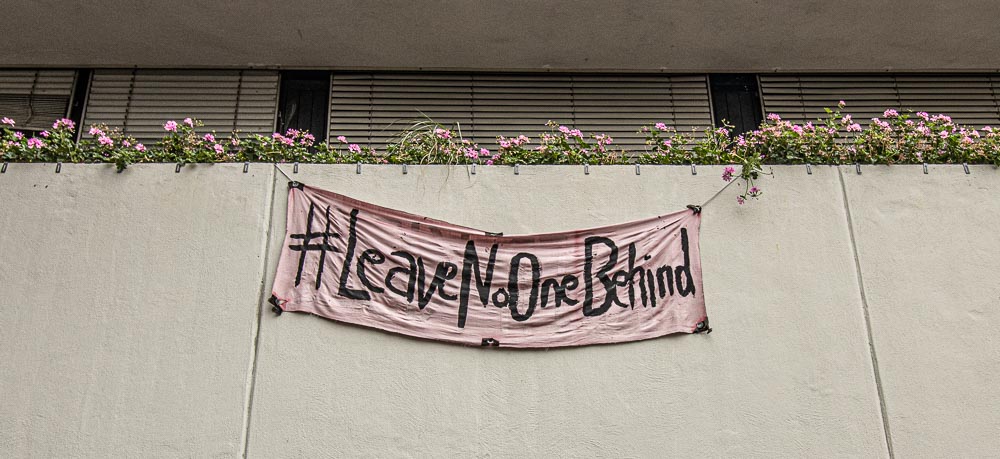
The walk, anti-clockwise first:
Some public advice on how to keep moving:
Right now an unlikely location for a contemporary-art gallery (KM ), but some time next year, the surroundings might be more stylish:
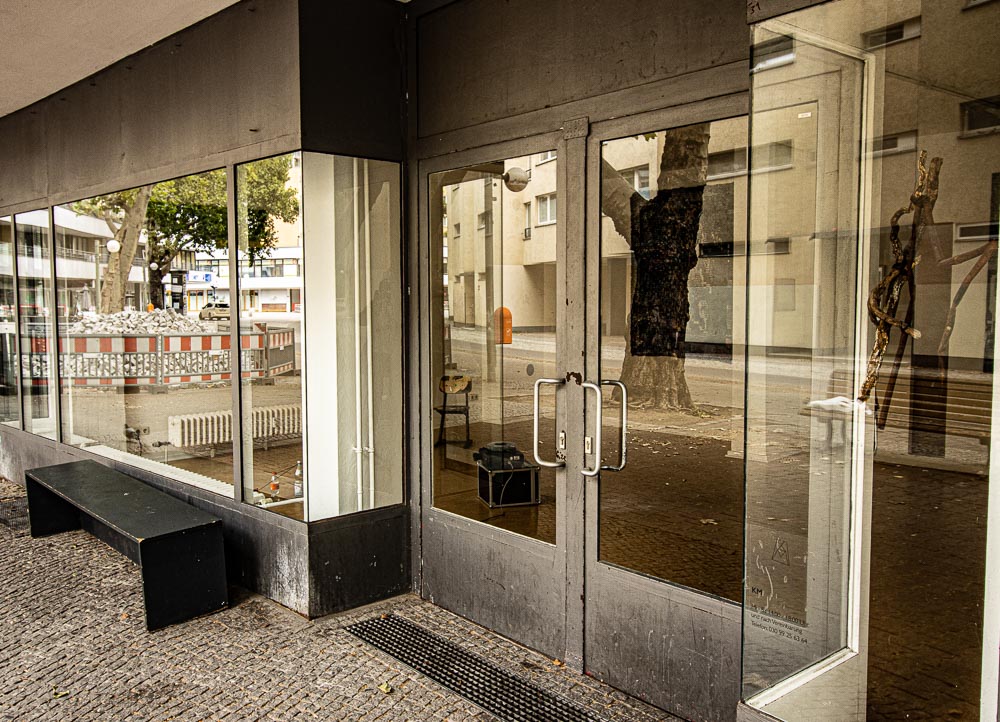
And then, between Lindenstraße and Mehringplatz, five minutes from home, a garden I did not know was there:
Between Mehringplatz and Hallesches Ufer, a memorial to Marie Juchacz:
The home stretch: Back along the southernmost part of Friedrichstraße and across to Lindenstraße:
And finally, some new buildings finished around 2018 – in the middle the expansion of the Jewish Museum (the original building is behind me) – where the old retail flower market used to be.
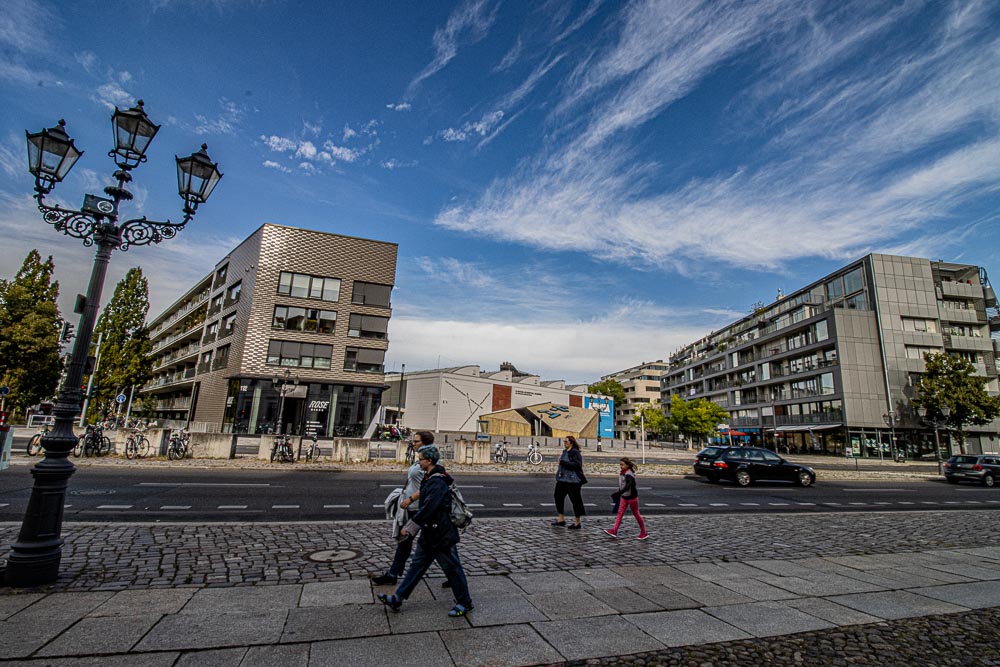
We were here, except I forgot to stop recording when we got back to the bus stop: https://www.komoot.com/tour/244857959.
We came across some giant wasps and a couple of butterflies feasting on a pile of rotting fruit:
It is amazing how grasshopper’s blend in – how does that happen?
And finally, some of the many “epic fails” which, after a bit of tweaking in Lightroom, I kind of like:
Read about Magdeburg on Wikipedia here, and on their own, rather pathetic, website here.
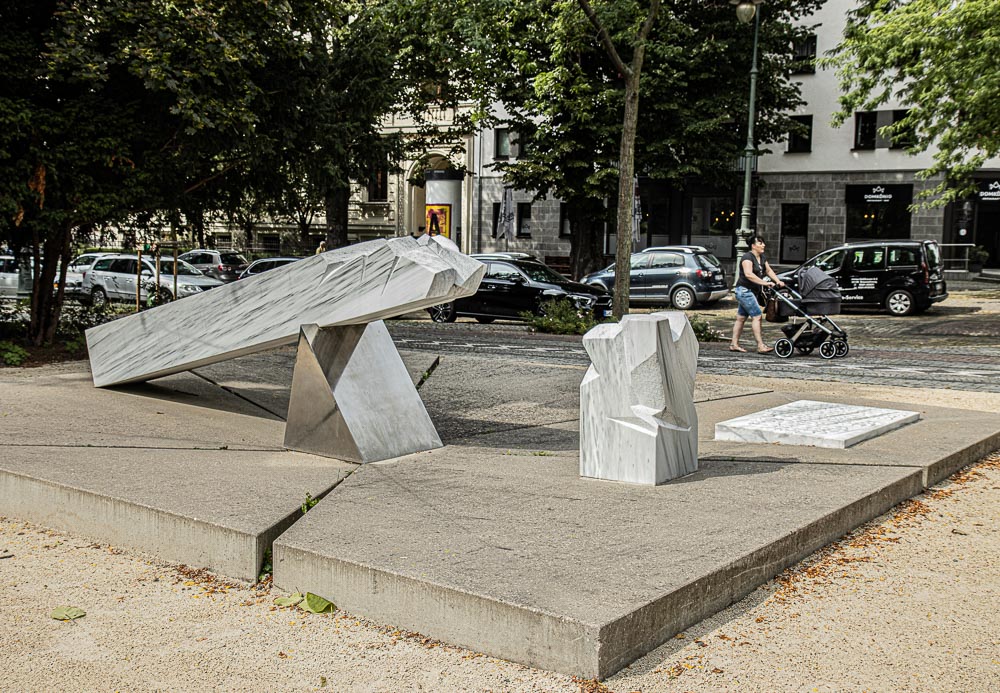
I have never been in a city with so many statues and monuments everywhere.
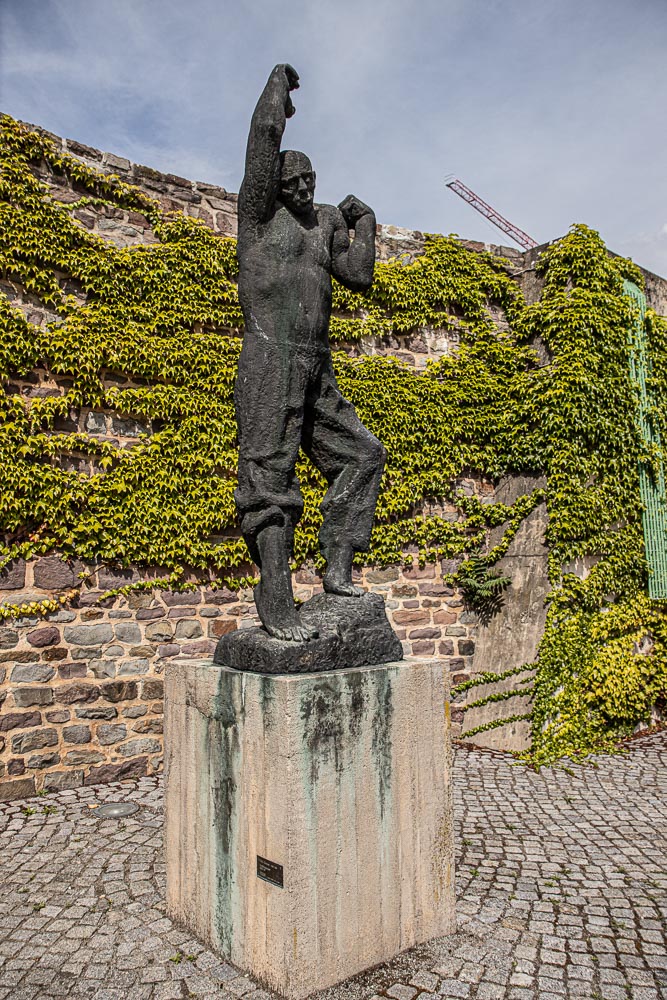
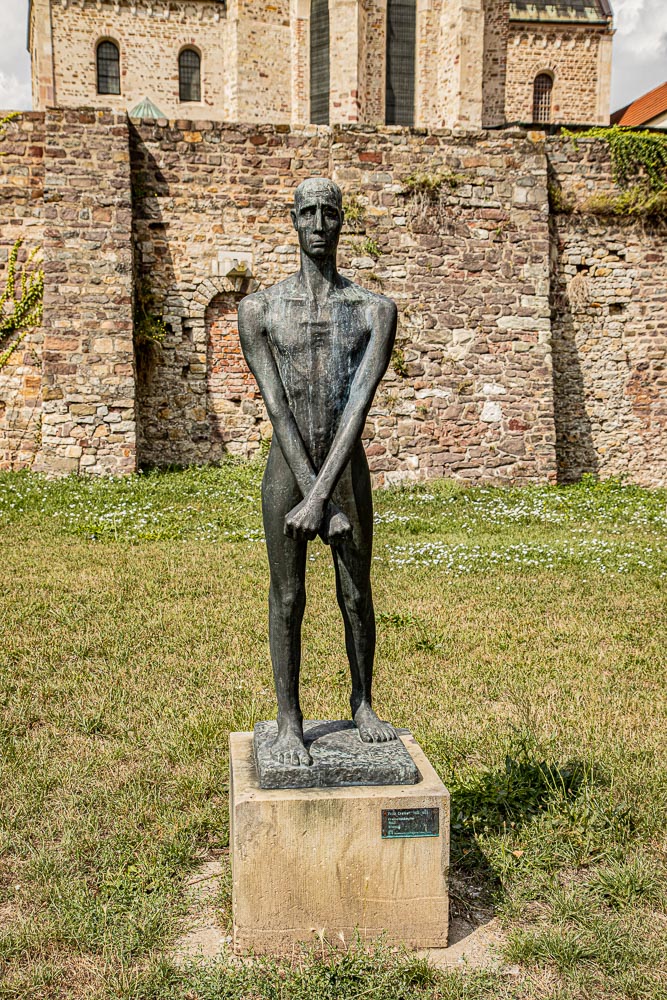
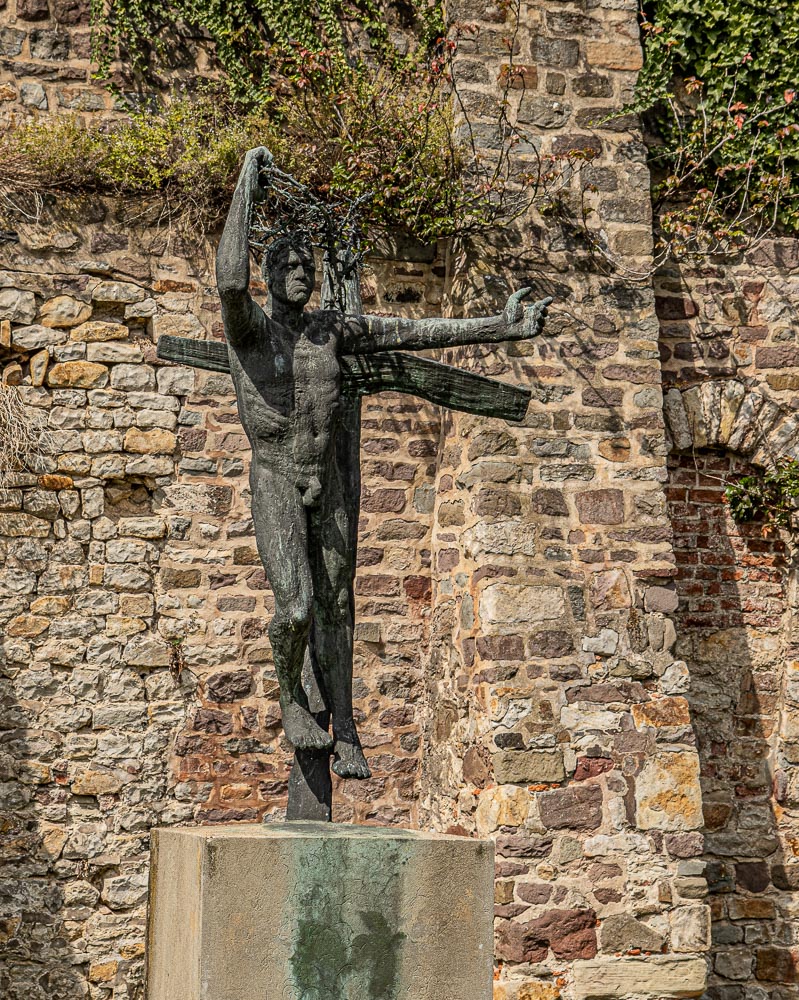
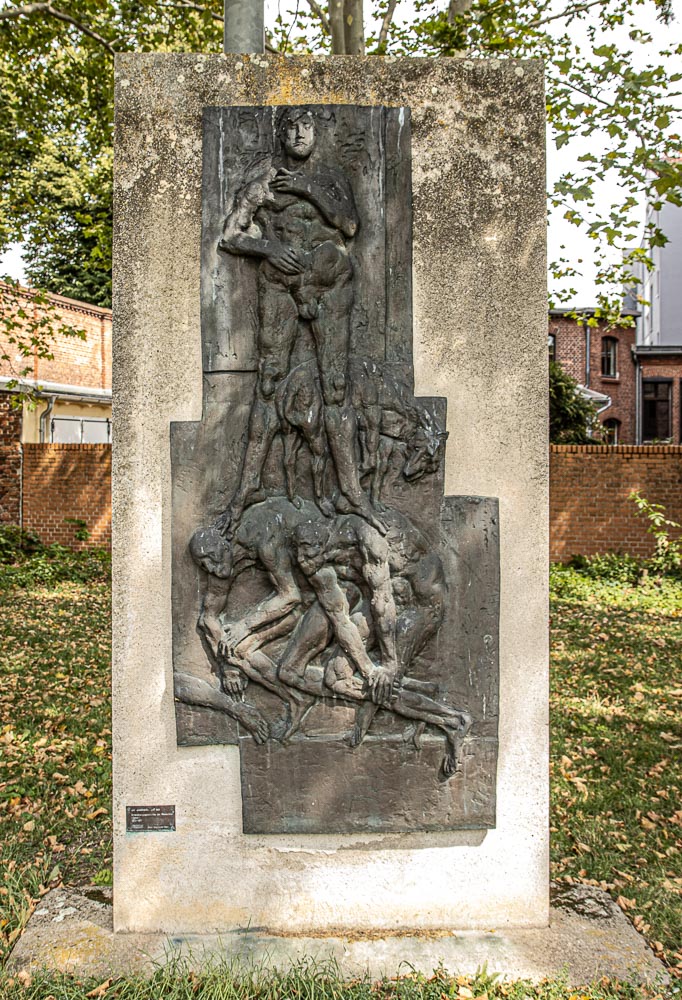
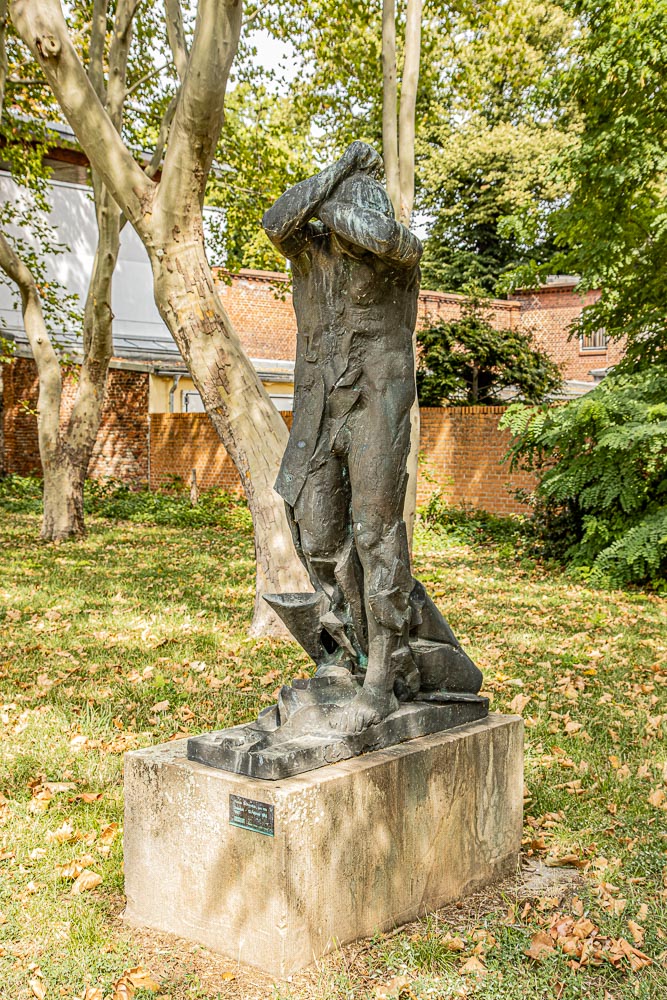
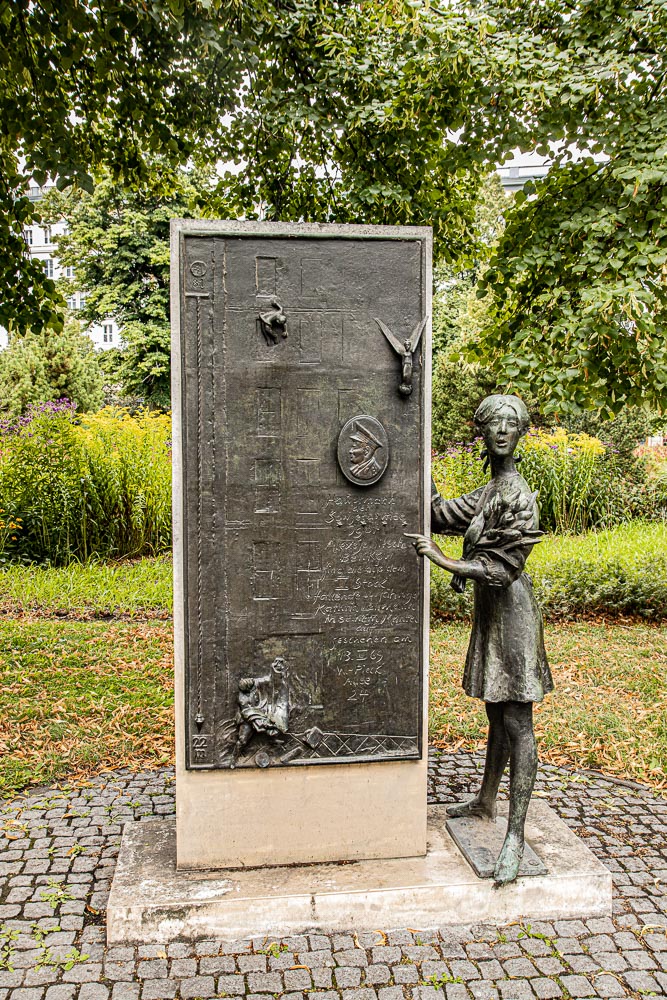
Statue of Hildegard von Bingen (“Mutter Erde”):
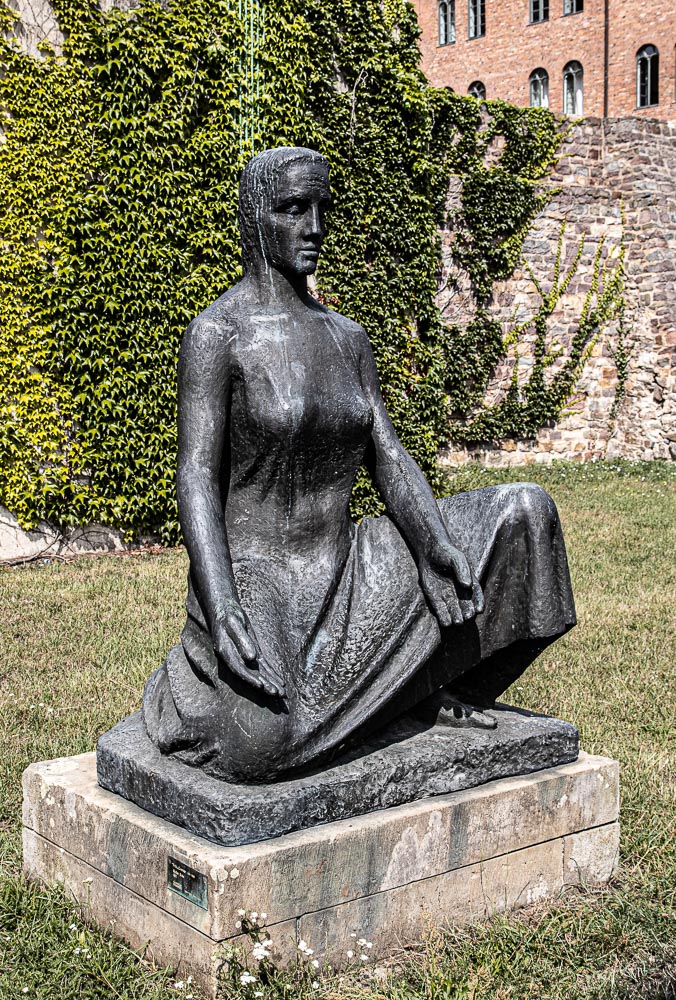
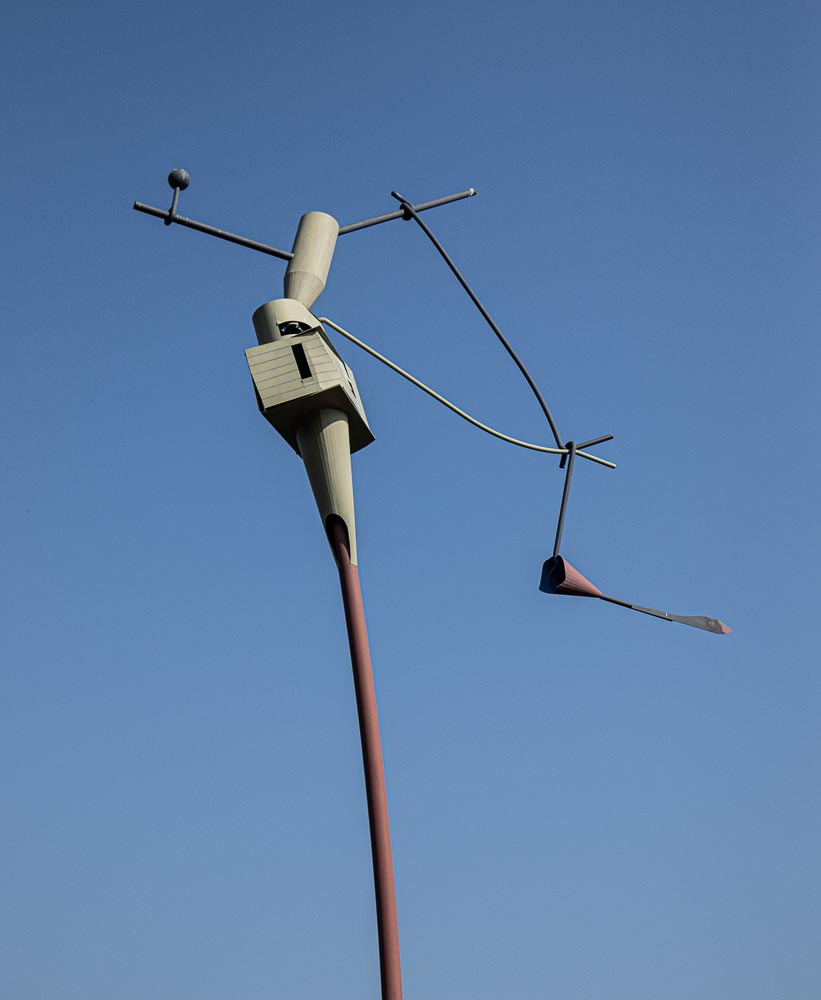
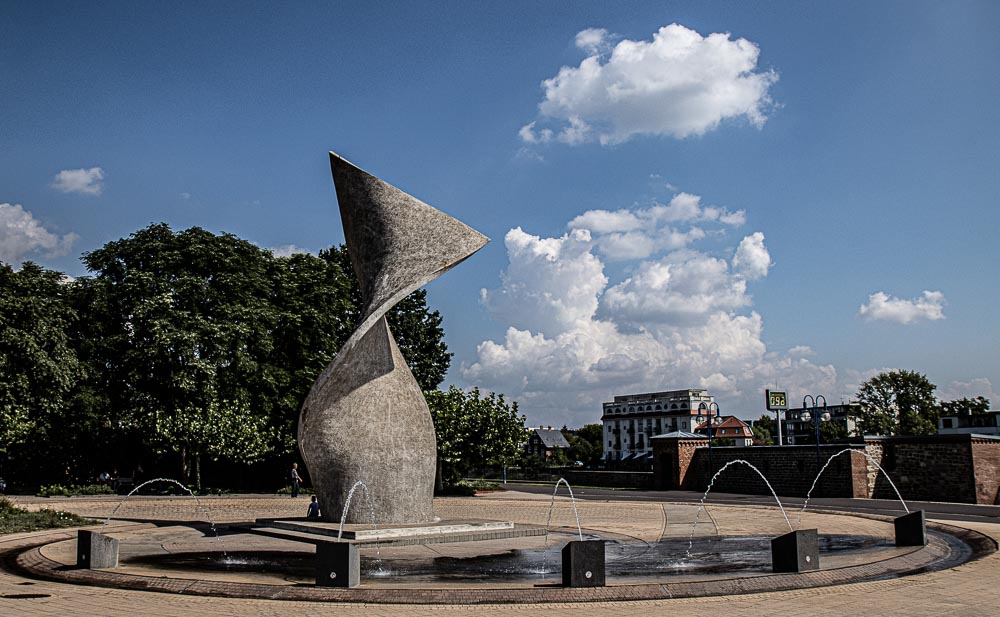
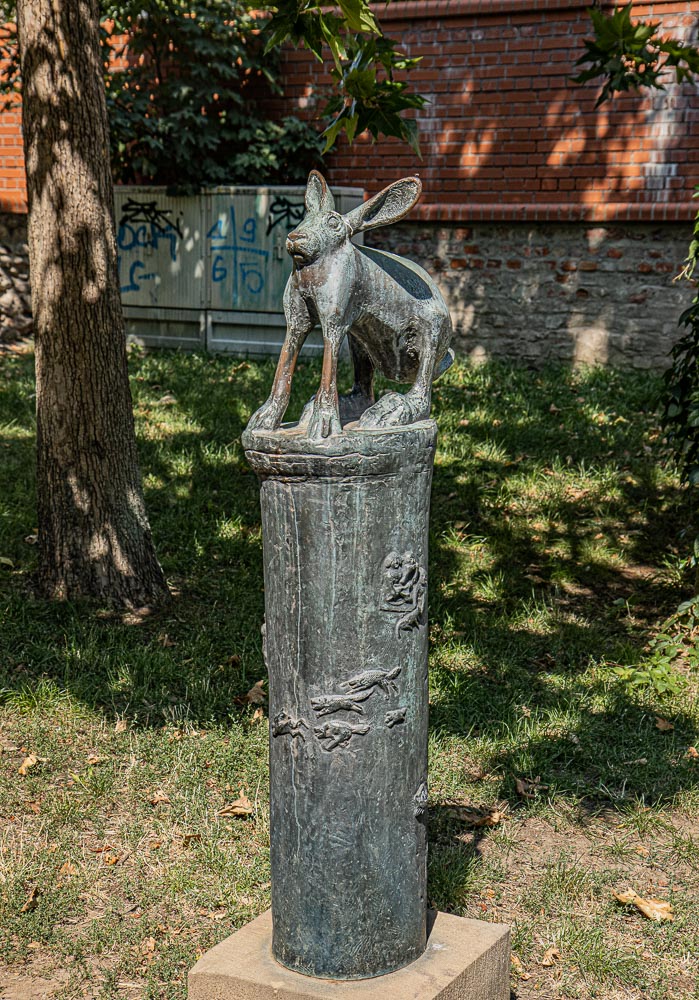
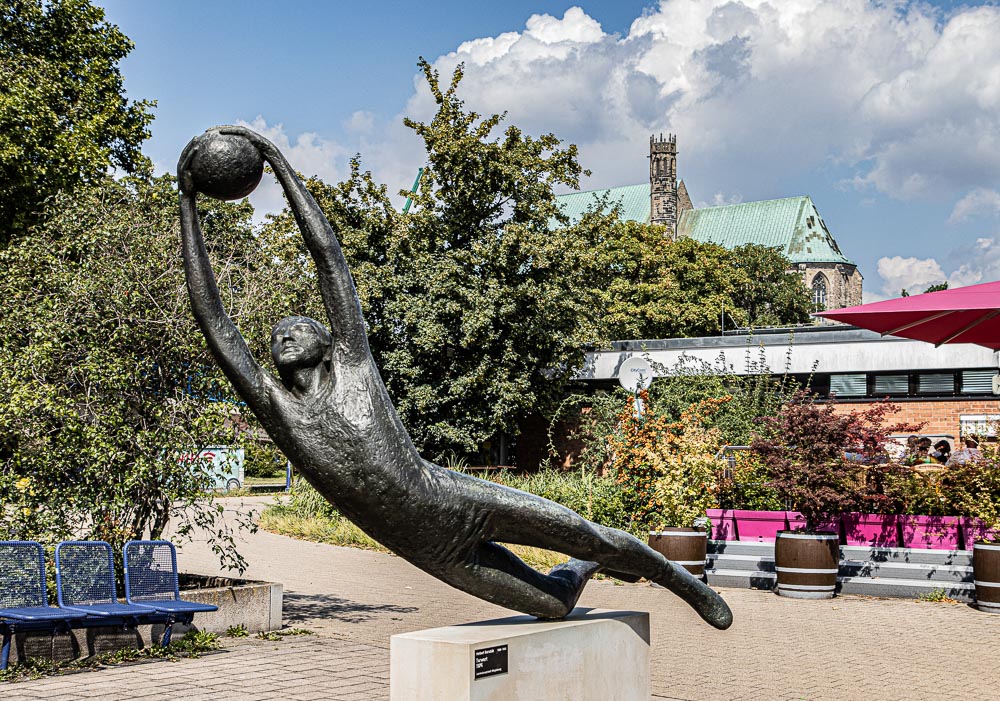
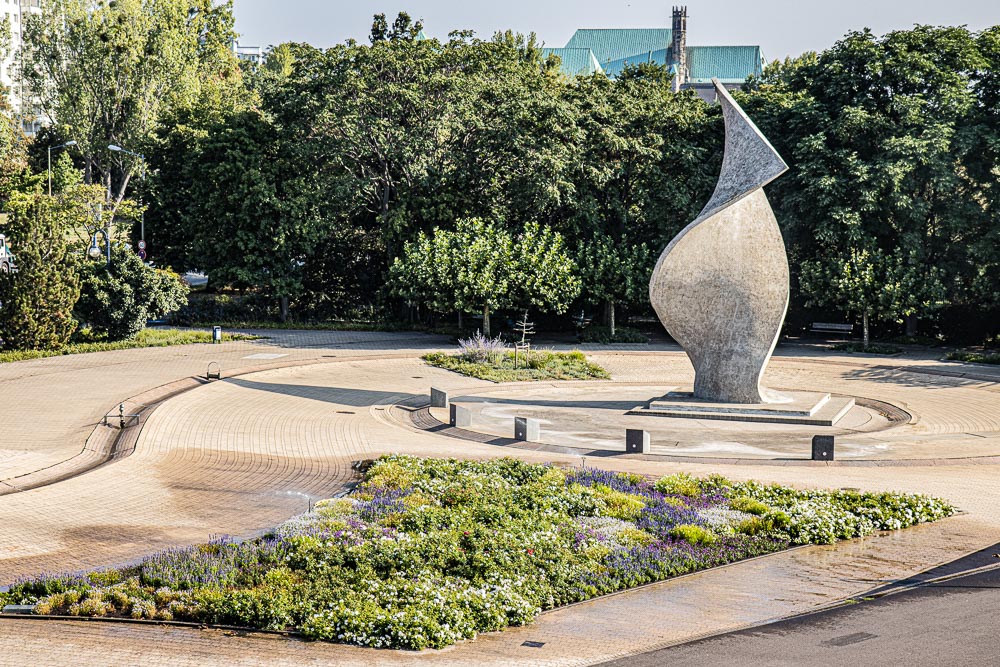
Statue of Käthe Kollwitz:
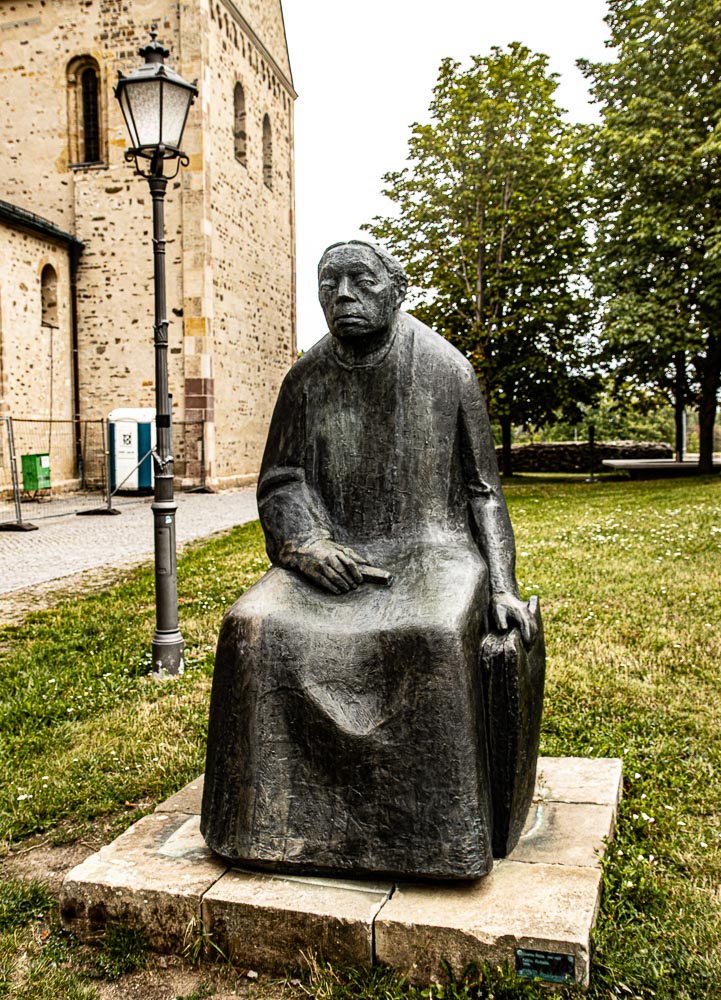
More to come.
Kunstmuseum Magdeburg, read more here and here.
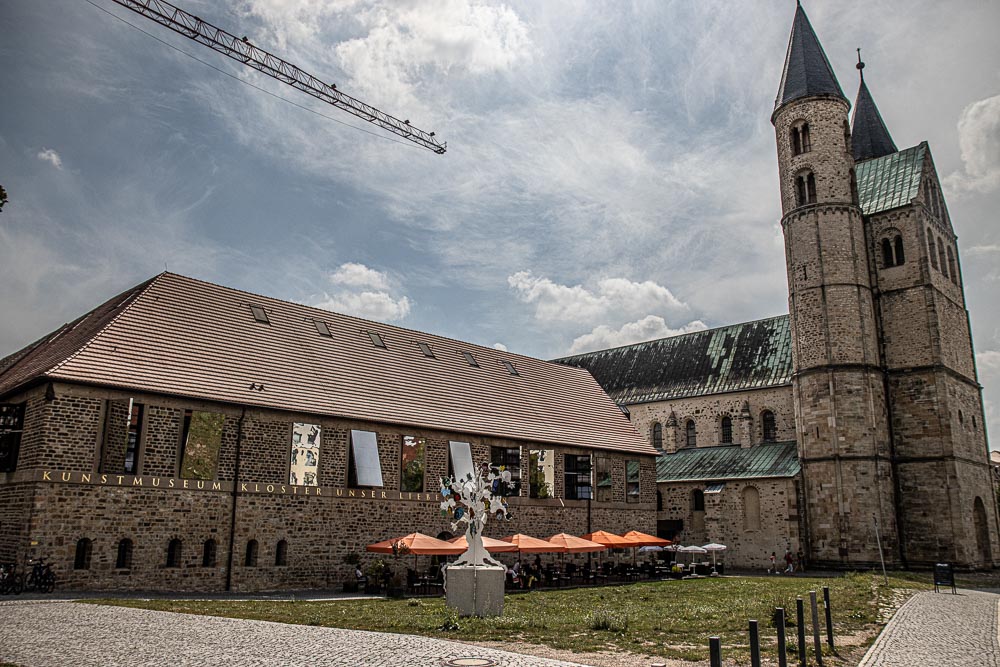
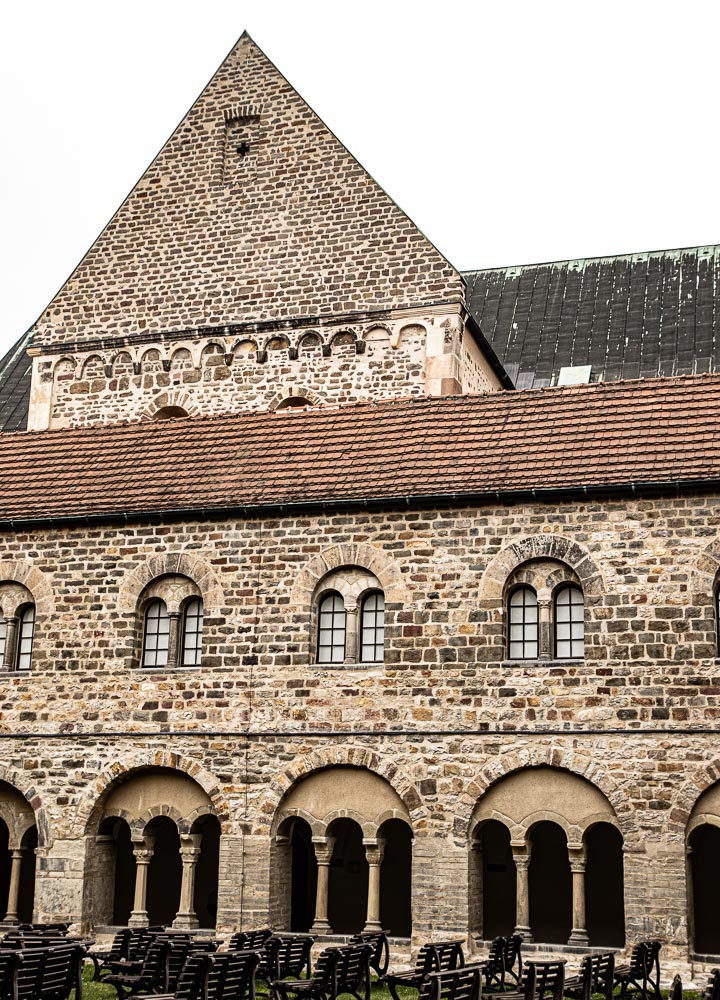
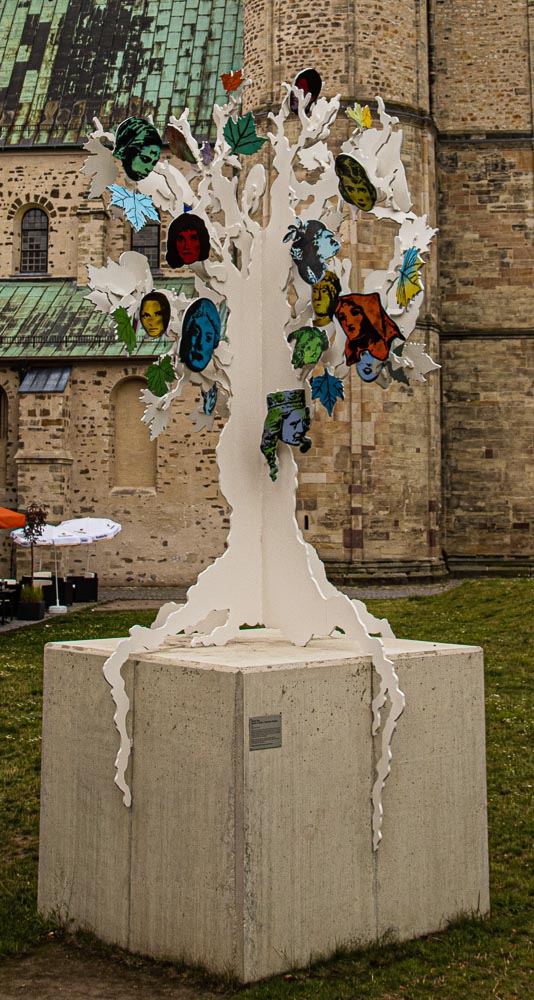
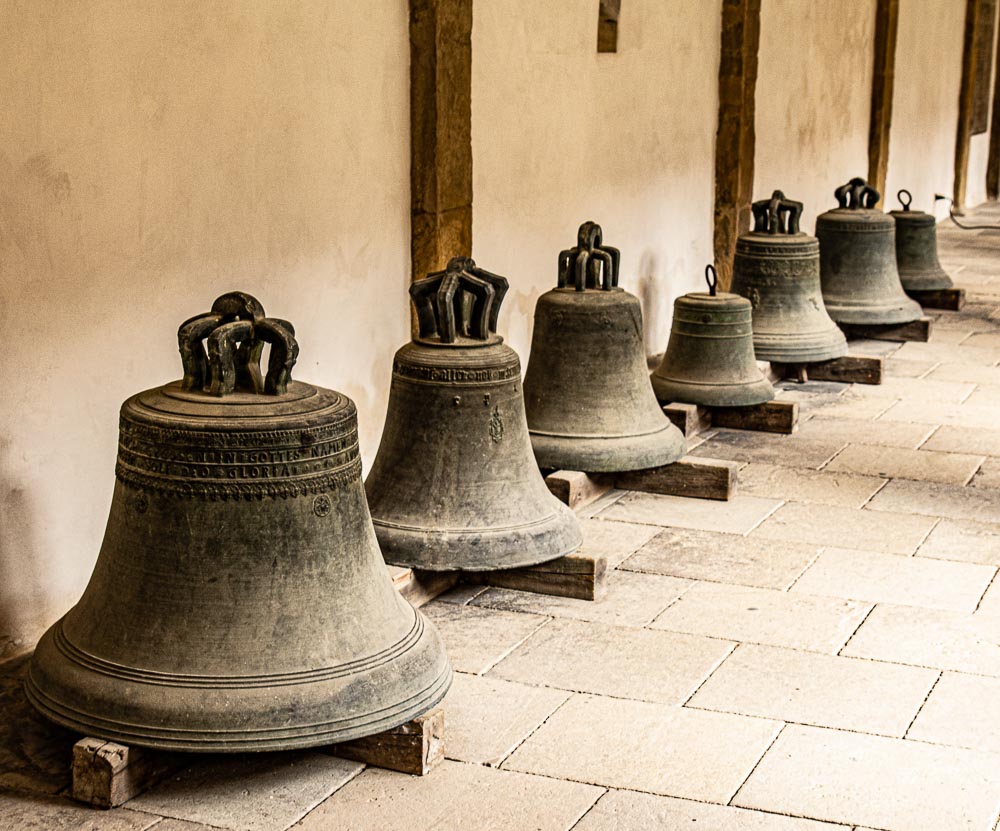
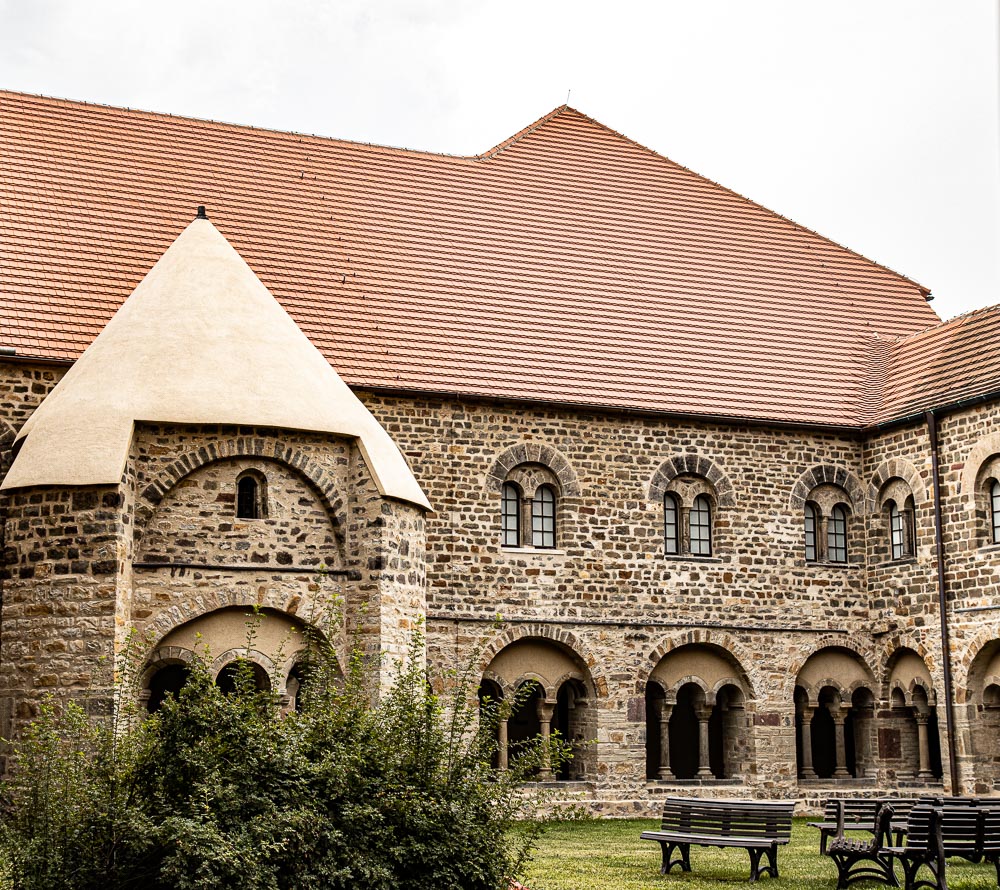
First, an overdose of photos from Alaris Butterfly Park, about 35 minutes walk from the center of Wittenberg.
Next door: “Abandoned Wittenberg”
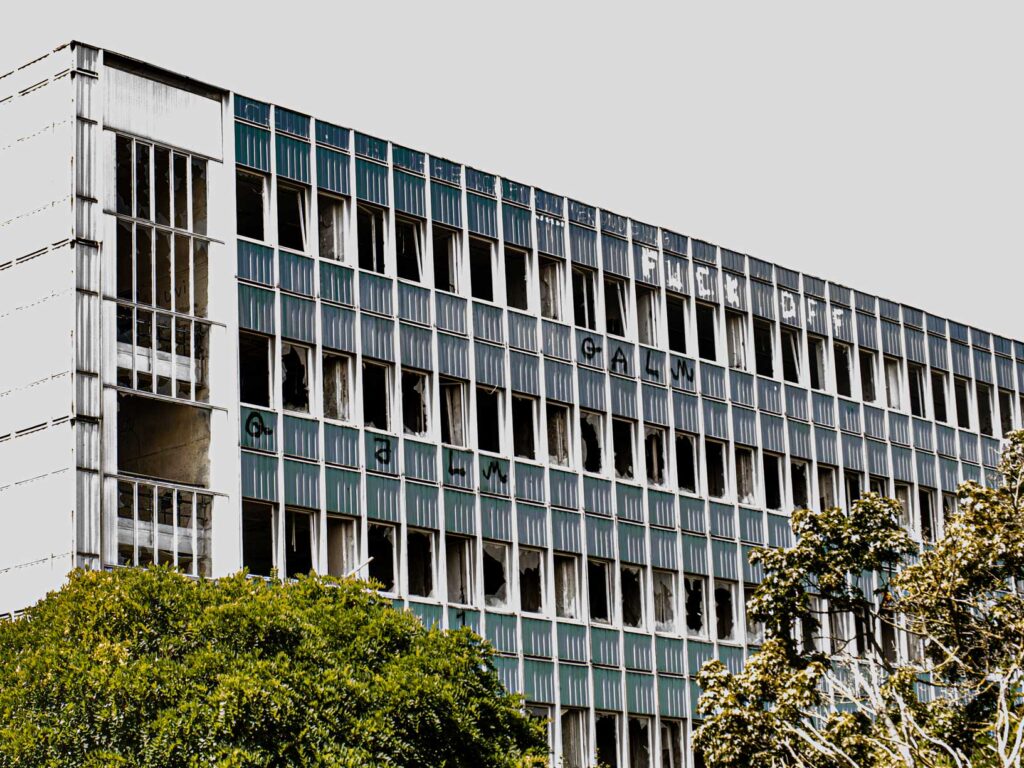
On the way back: Playing with the 35 mm Macro, and later with Lightroom:
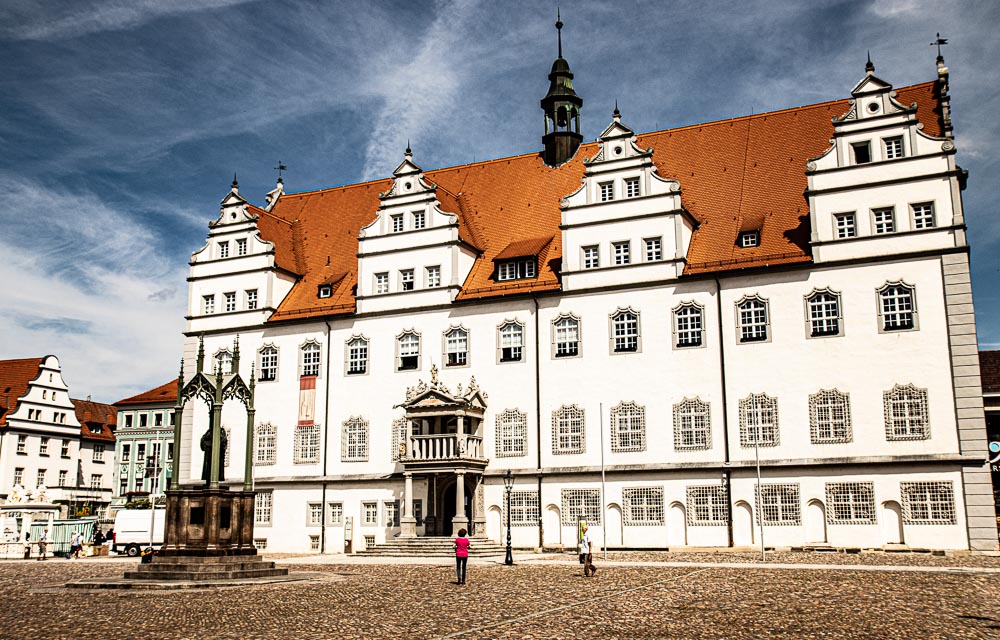
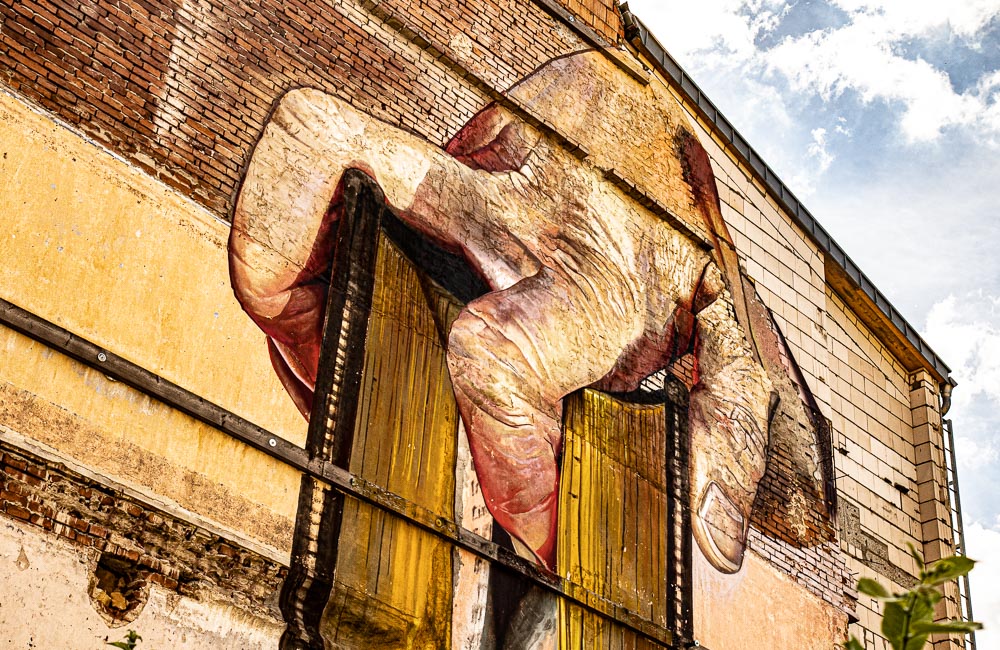
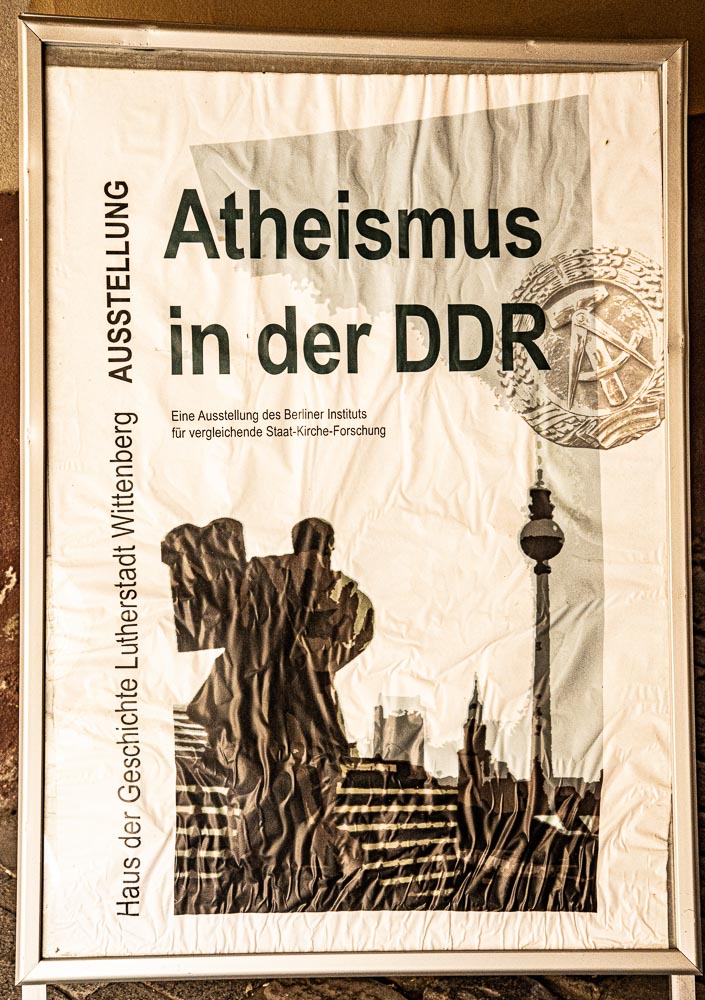
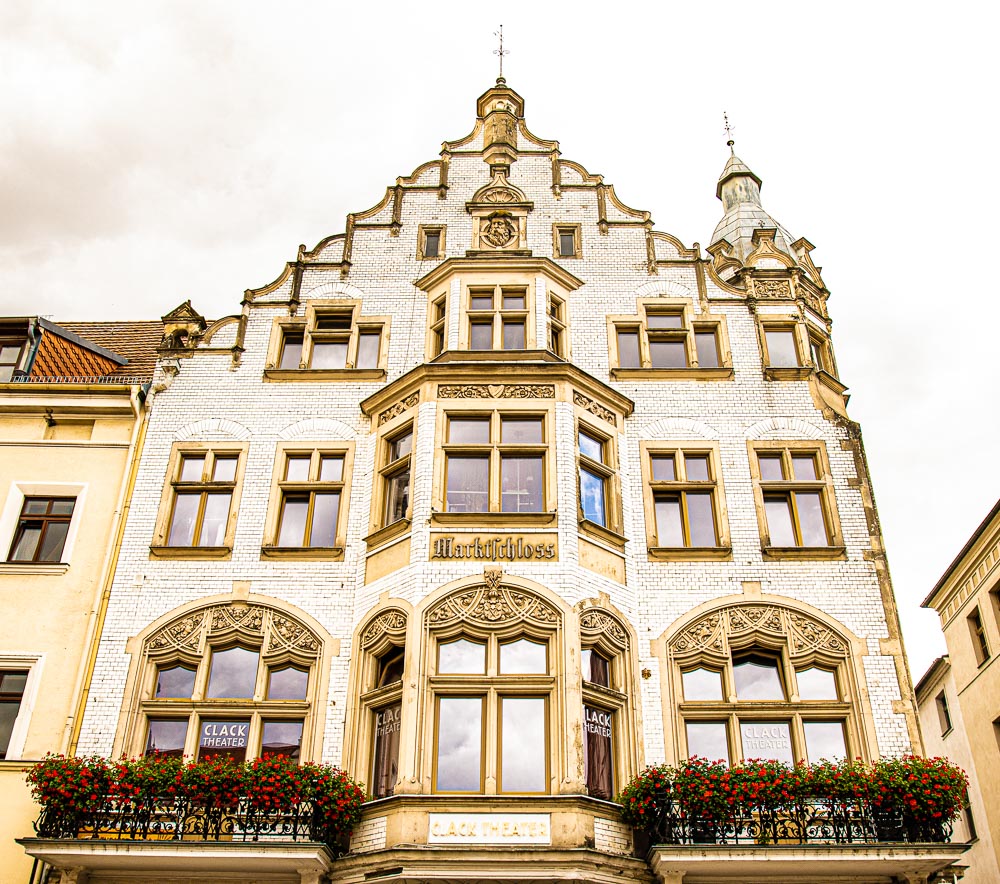
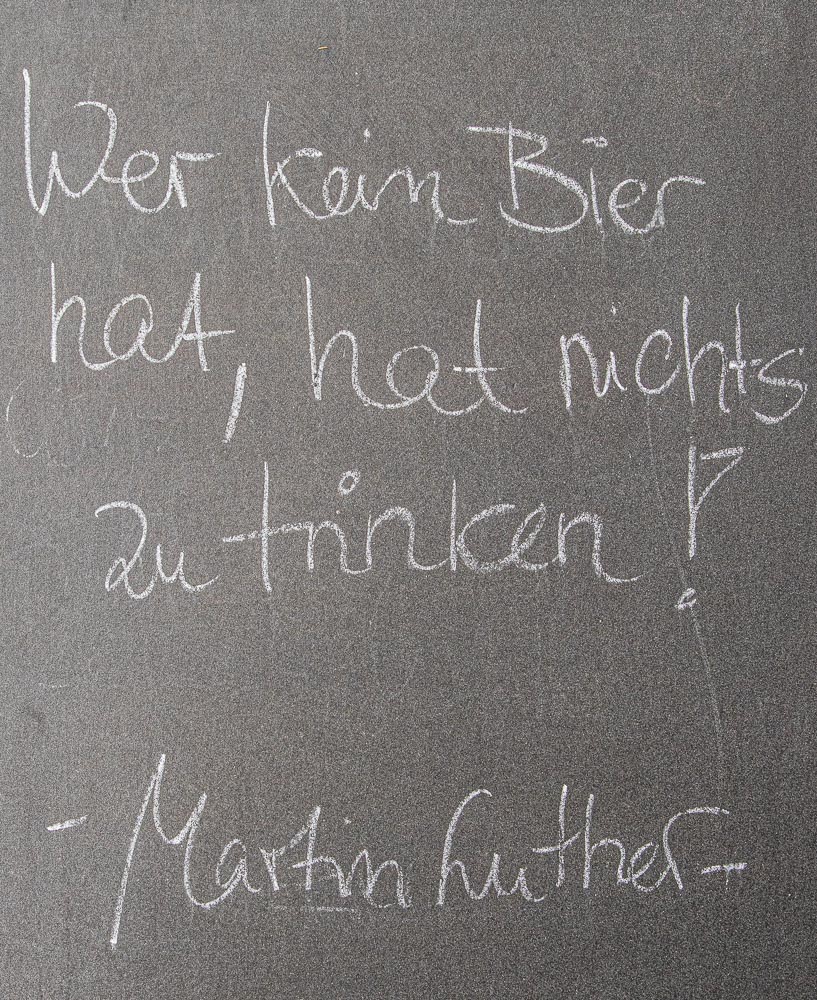
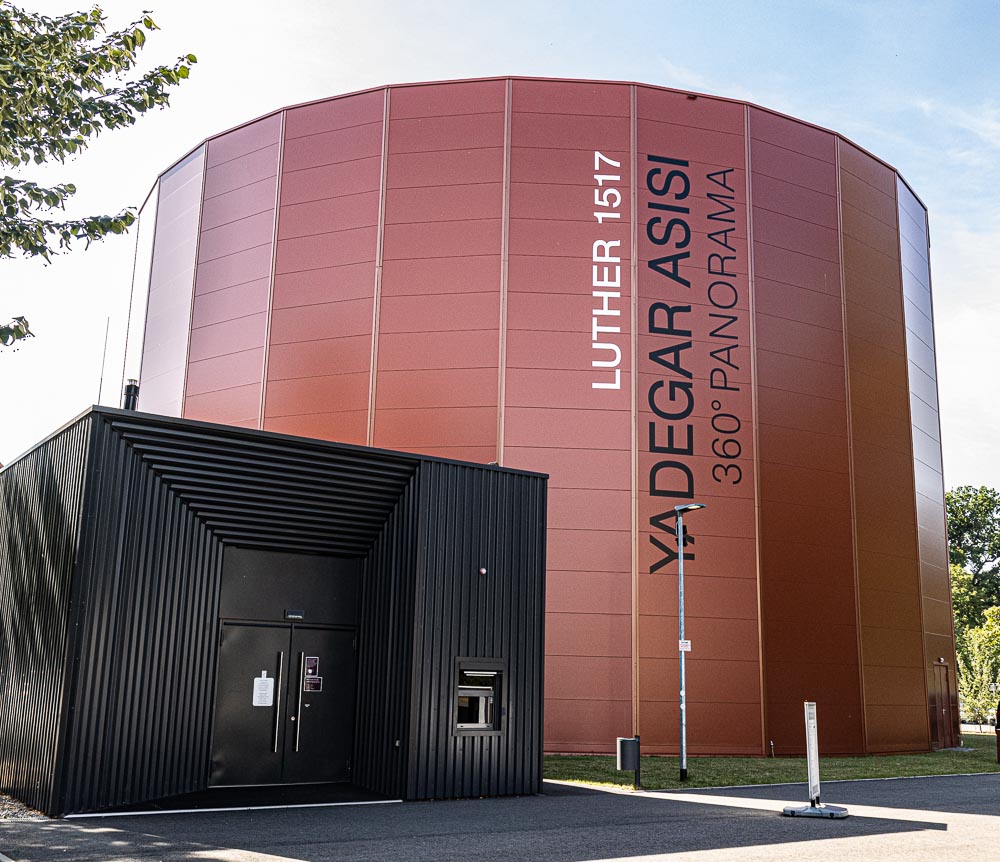
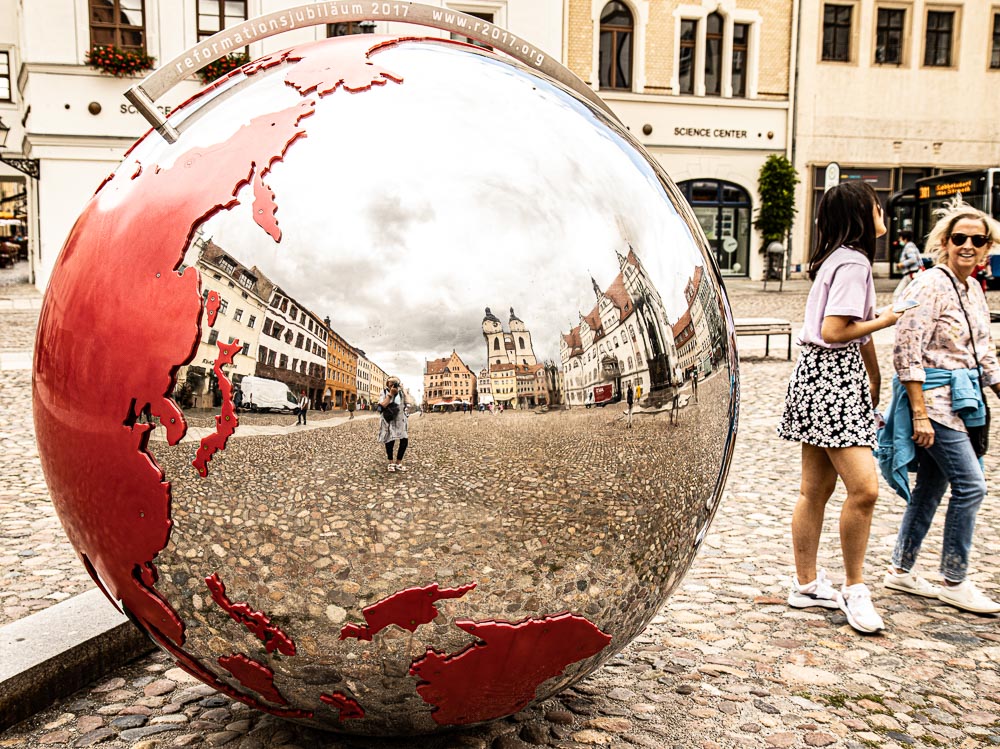
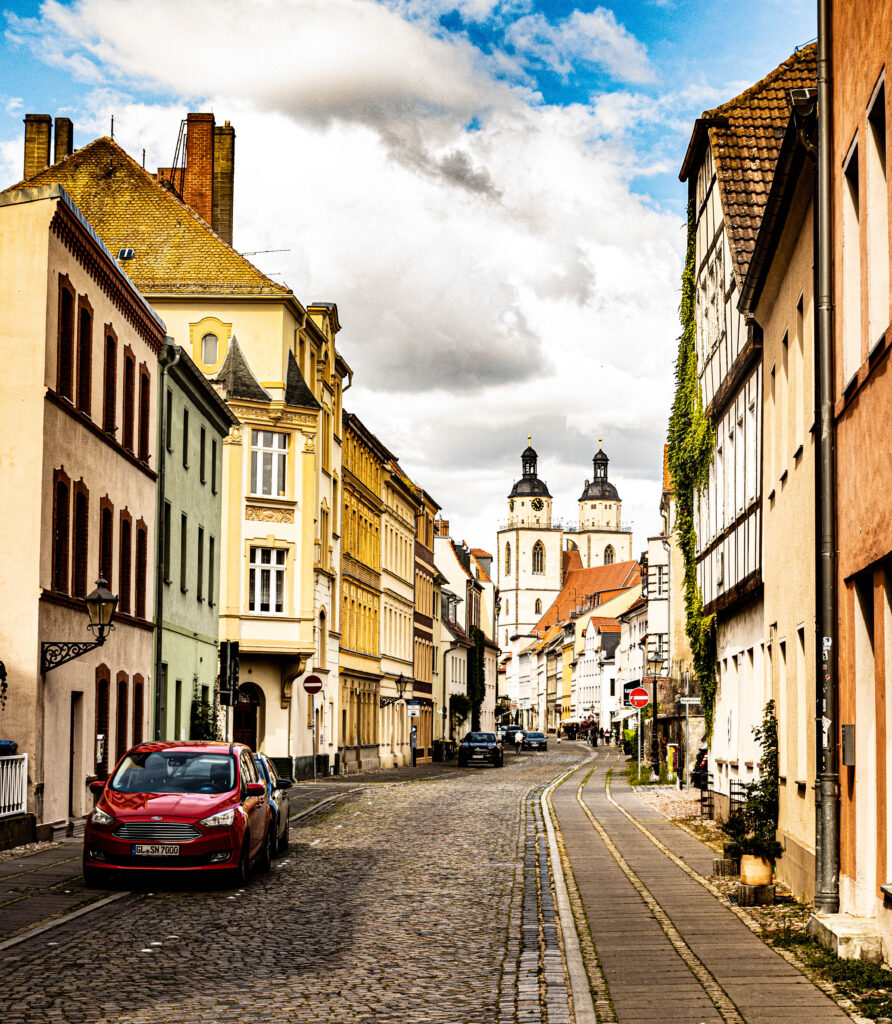
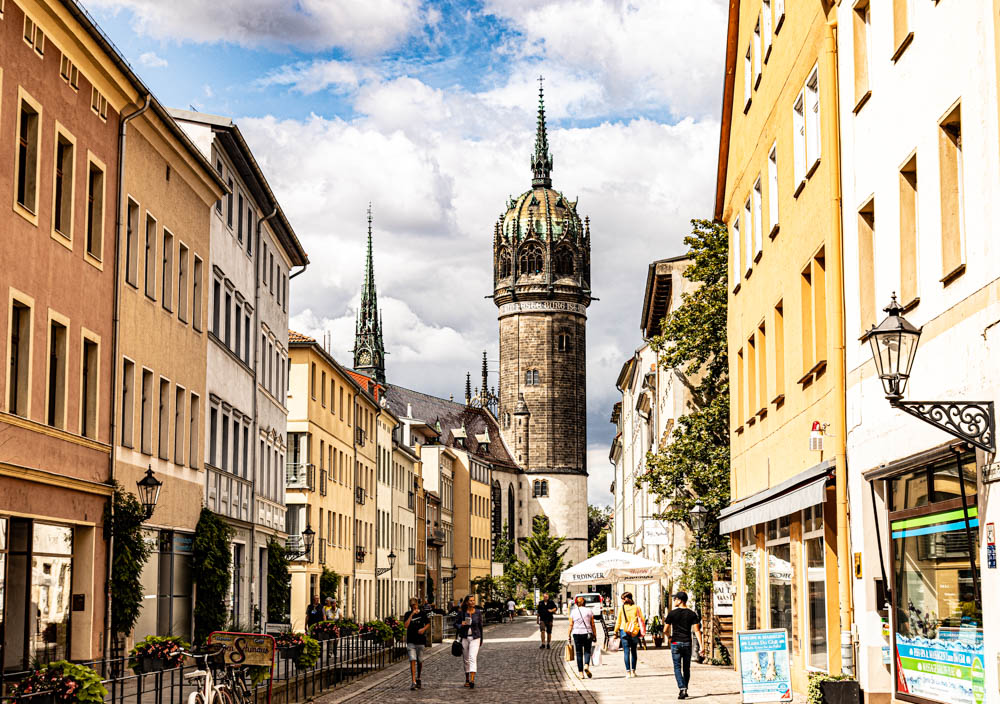
Soviet War Memorial:
Stadtkirche where Luther was married:
Luther Garten
Actually three very different gardens connected by lines of a total of 500 trees, integrated in the green belt surrounding the old town which used to be the location of the city fortifications.
All-Saints Church where Luther was buried:
A few of the celebs who have graced Wittenberg with their presence for shorter or longer periods over the centuries:
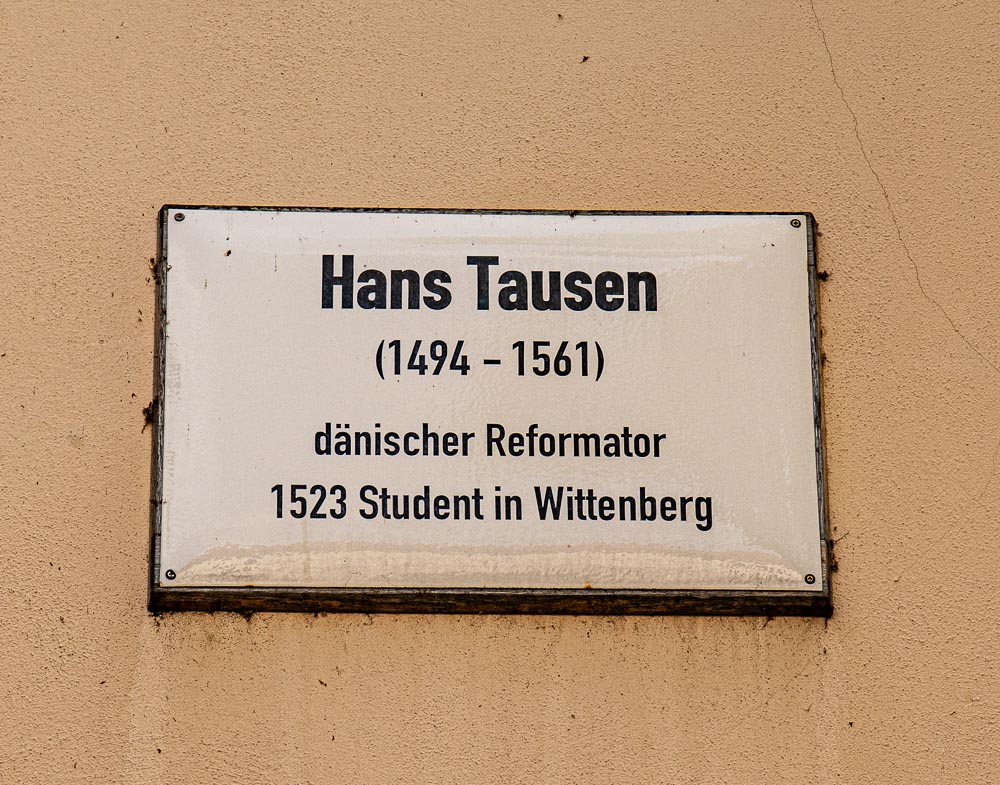
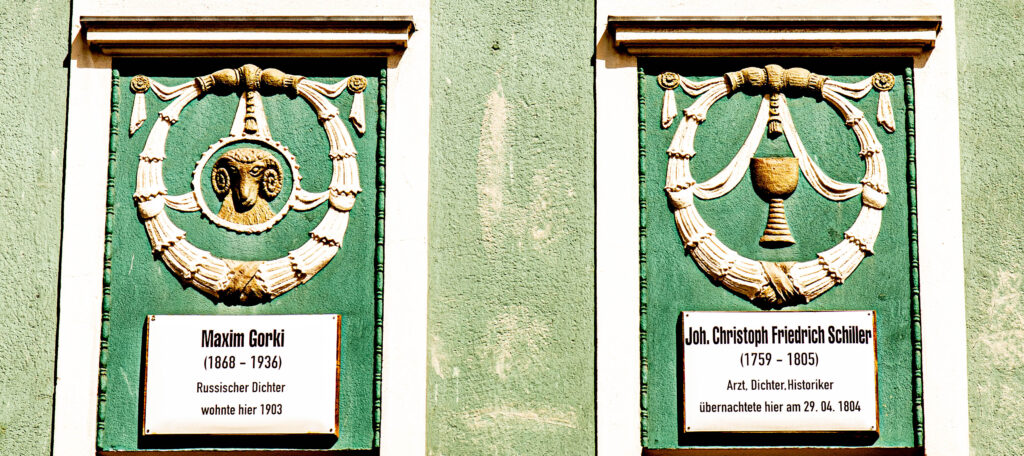
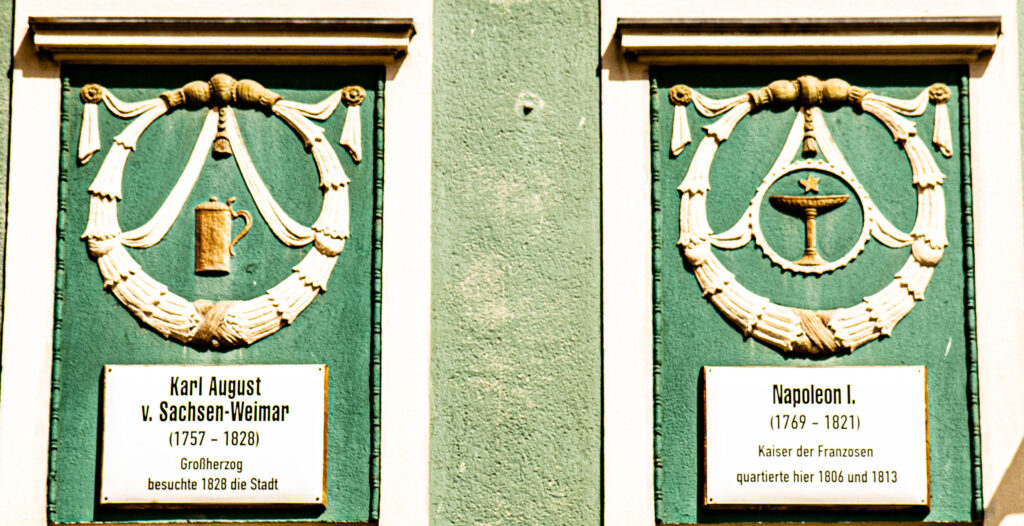
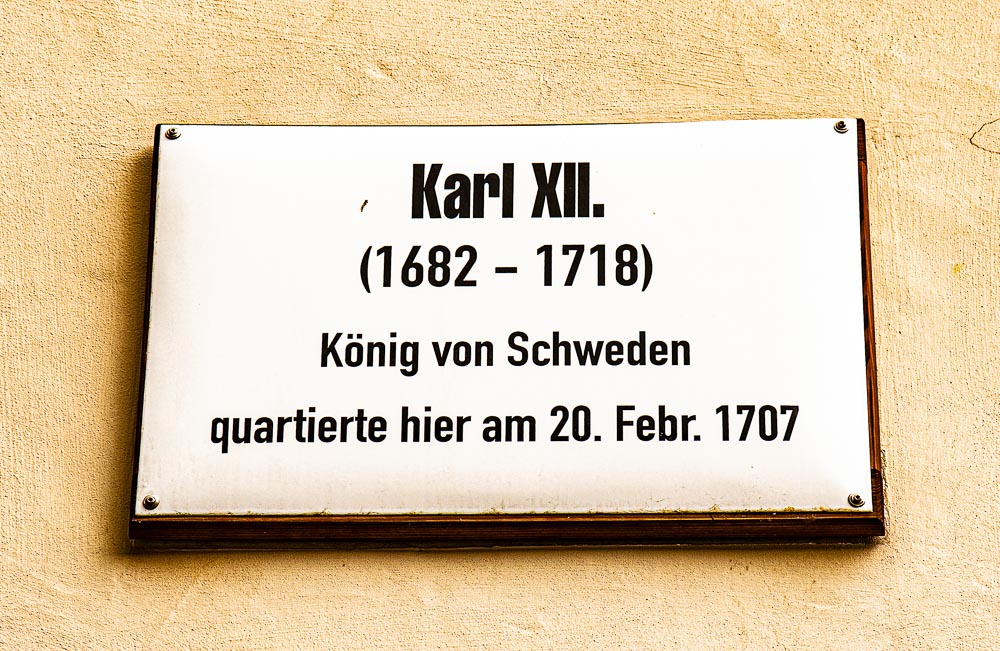
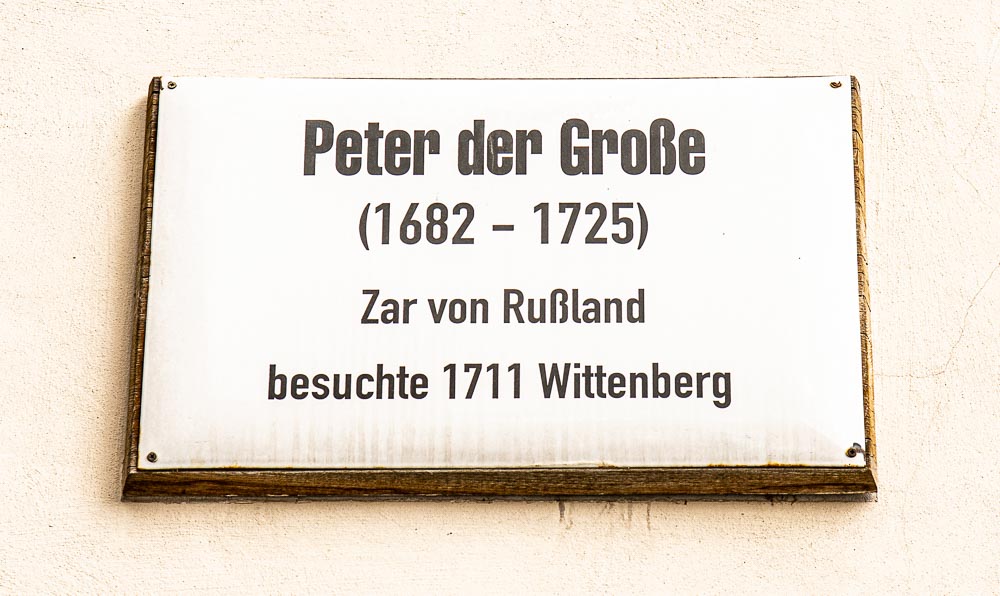
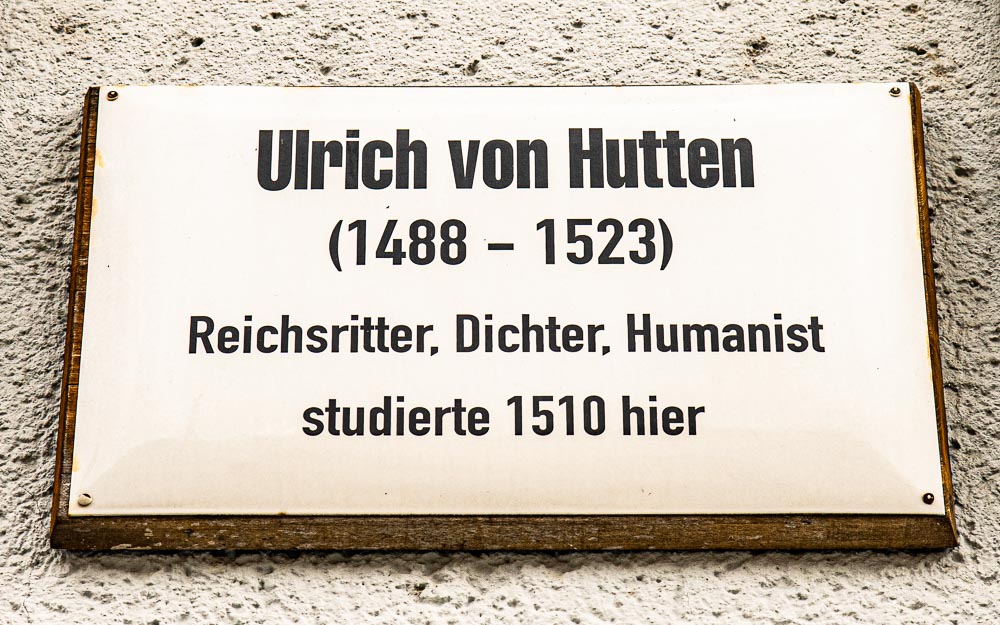
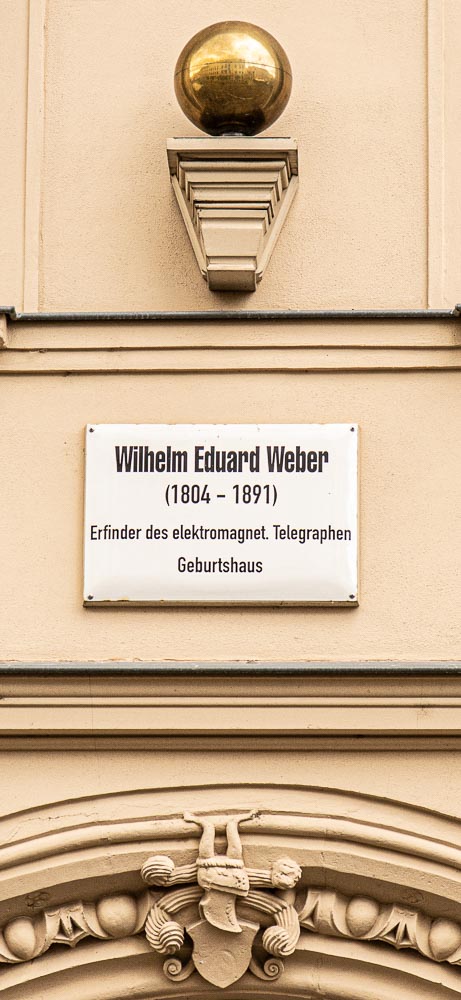
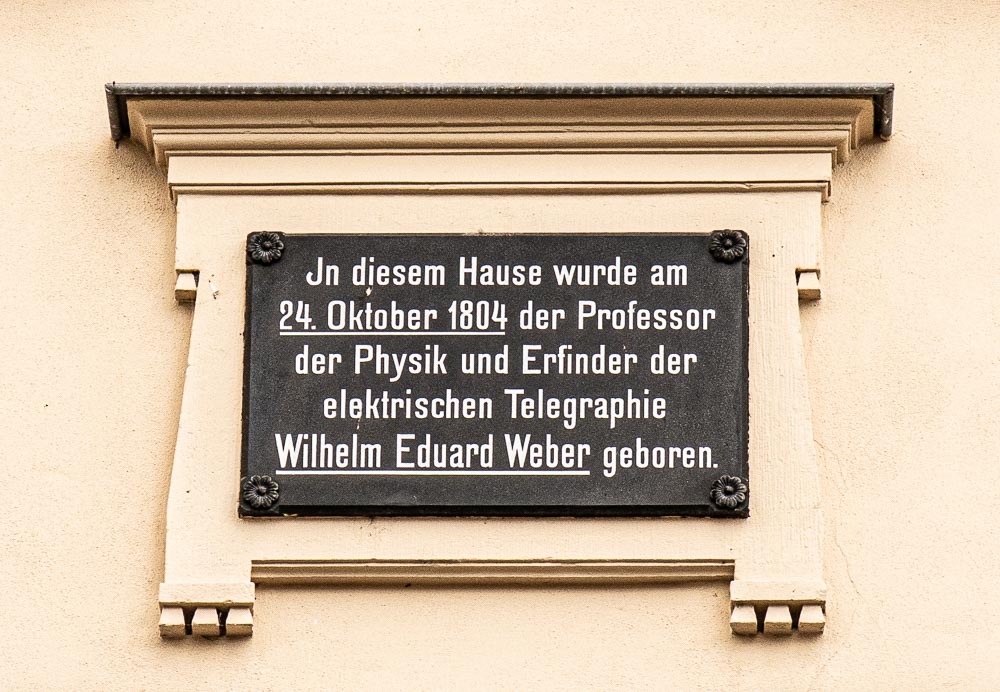
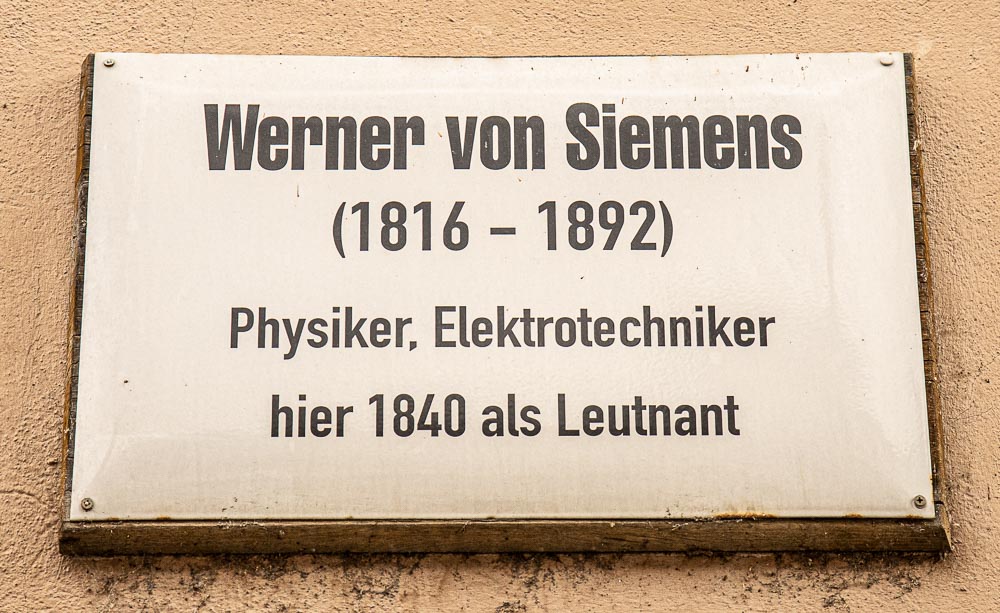
Not particularly worth a visit, but it is part of a walk in the green belt around what used to be the ramparts, and the entrance fee is 1 euro.
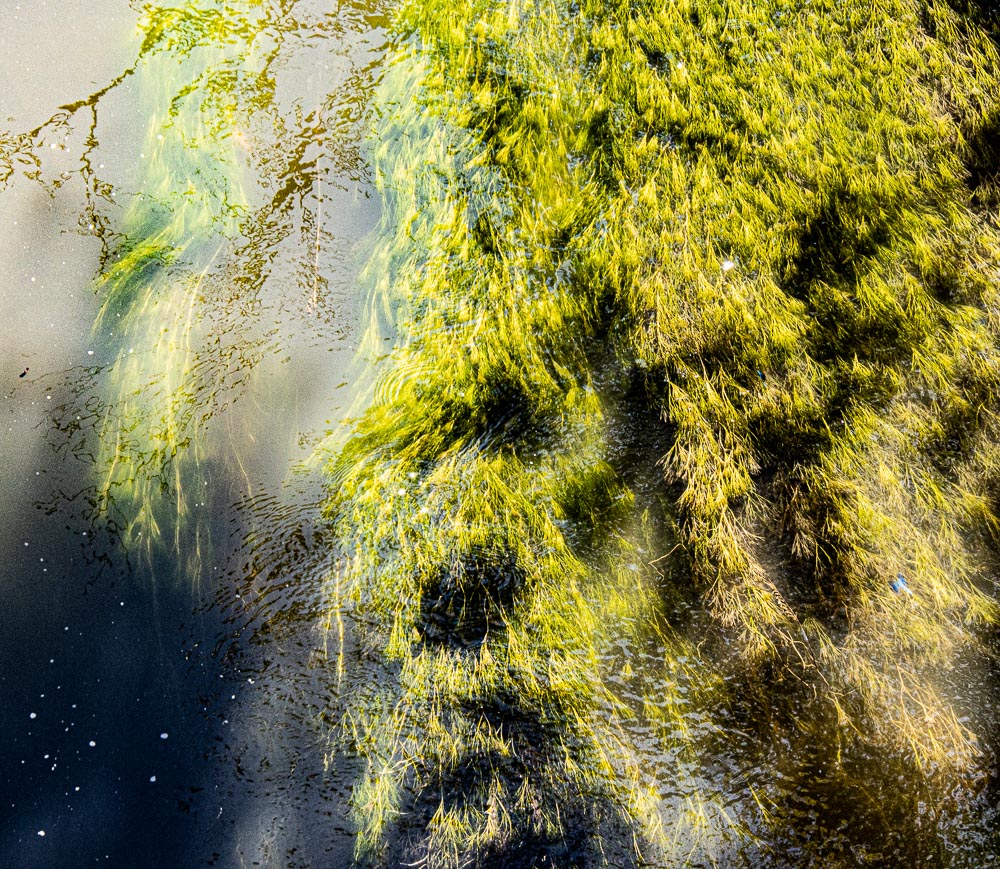
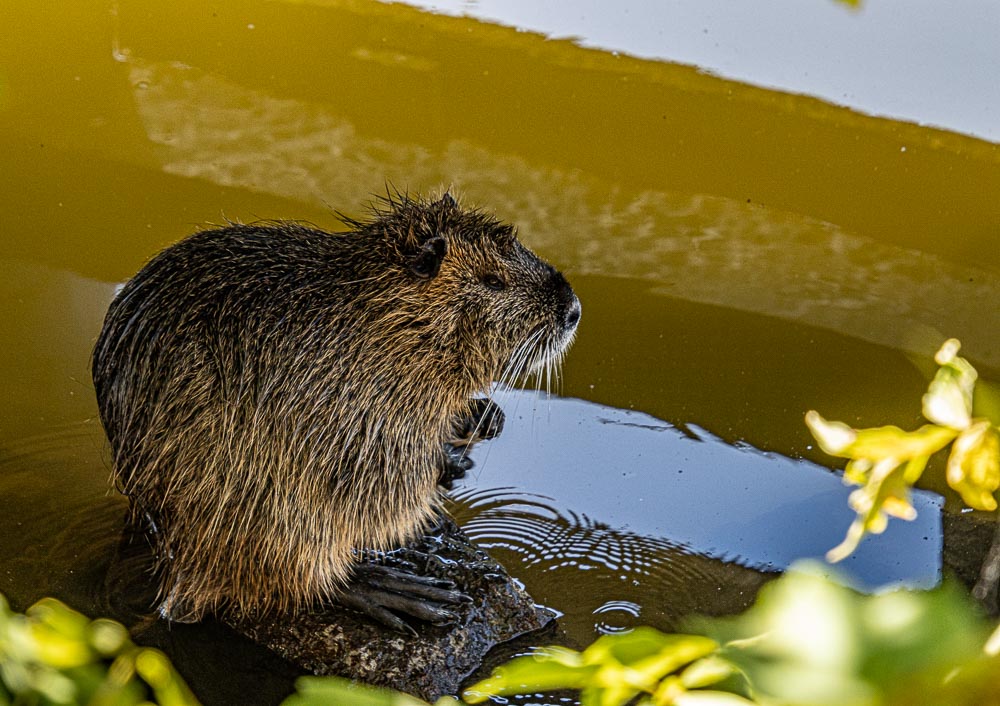
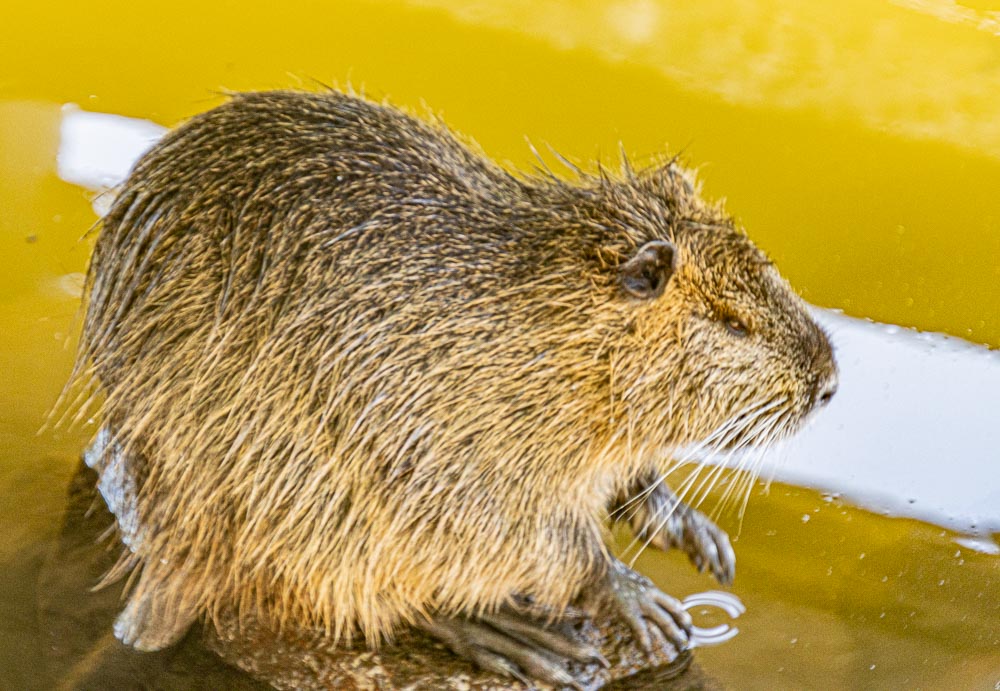
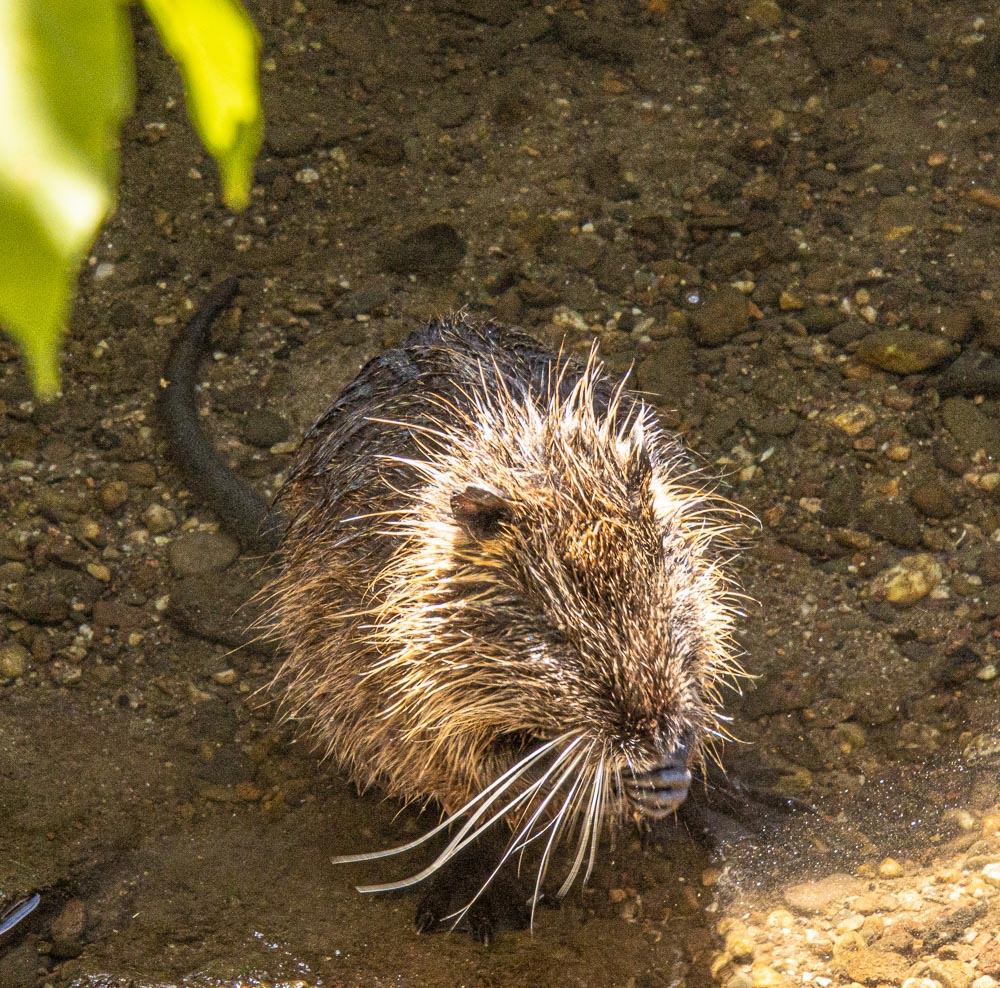
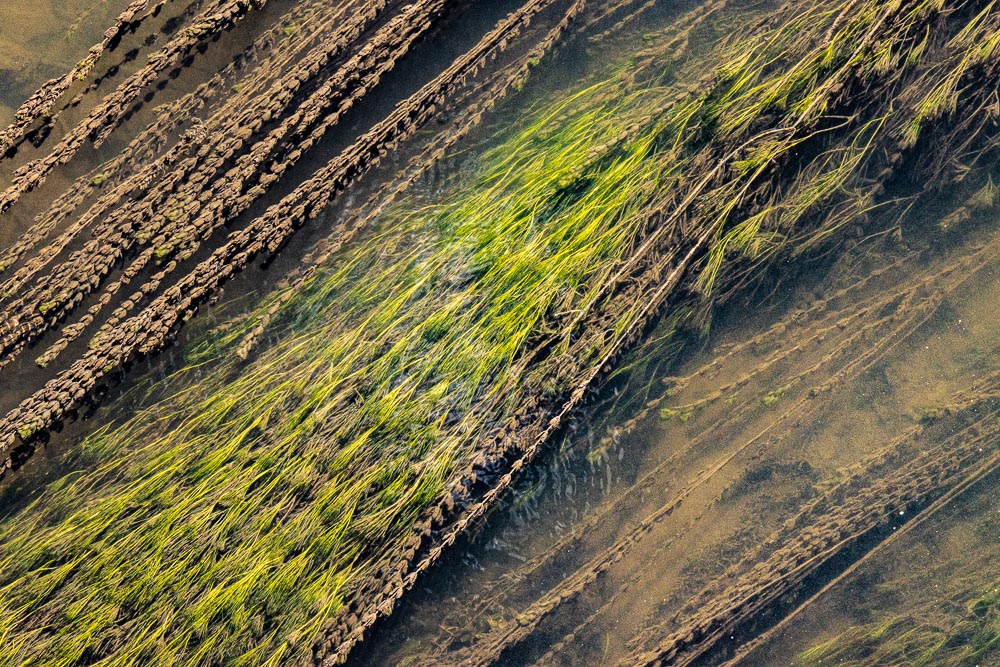
One thing I AM beginning to understand: Why many Germans are so suspicious of others.
I sold my parking space, to be handed over to the buyers on 1 August, together with two keys (a contractual requirement) for the entrance door because there is a small storage box in the basement that goes with the parking space.
When I asked our Hausverwaltung how I could procure those two keys, they said that would be too complicated because I would need a power of attorney, so they would take care of it. Because of one person going on holiday, another taking over, and copy of that e-mail correspondence to a third person, three people were involved in this promise in mid-June, so I thought that surely it would get done. If it had been only one person I might have reminded him or her at some point, but THREE …… I am not used to feeling nor acting on that kind of suspicion and mistrust.
But lo and behold, it did not get done, and now the only key shop in Berlin that kan make them is on holiday. And I am in trouble because I am in breach of contract.
I am going to bed. Tomorrow, I will think hard to find just one reason why I should stay in this country. Oh, and the small matter of where else to go, of course ![]() . And what to do with a flat that can neither be sold nor rented out (the neighbours from Hell – remember?) But right now I just want to drop everything and run.
. And what to do with a flat that can neither be sold nor rented out (the neighbours from Hell – remember?) But right now I just want to drop everything and run.